Breaking the Sound Barrier: Concorde vs. Tu-144
Technik Museum Sinsheim/ Image: AviapixBaltics
On 11 October 1928, Hugo Eckener led the historic non-stop transatlantic journey aboard the airship Graf Zeppelin, marking a significant milestone for DELAG's operations. This groundbreaking voyage initiated the era of transatlantic passenger flights, setting off from Friedrichshafen, Germany, and reaching NAS Lakehurst, New Jersey, on 15 October. Fast forward to June 28, 1939, a monumental day not only for Pan American but for commercial aviation as a whole. After prolonged negotiations and high expectations, the inaugural flight carrying fare-paying passengers embarked on a transatlantic voyage. The illustrious Boeing B-314 Dixie Clipper departed from Port Washington, Long Island, en route to Lisbon and Marseilles through the transatlantic "southern route" via Horta, the Azores. Accompanying the flight were 22 passengers, some of whom had reserved their seats years in advance. Looking ahead to 1958, a new chapter in transatlantic travel unfolded when two DeHavilland Comets, operated by the British Overseas Airways Corporation, took off from London and New York simultaneously. Completing the first-ever transatlantic jet passenger service, these flights drastically reduced travel times between the United States and Europe. Was it enough for the passengers? Of course not! Studies of supersonic passenger transport possibilities started in 1954 when France and the UK signed a treaty establishing the development project on 29 November 1962. The first flight of the Aerospatiale Concorde took off from Toulouse on 2 March 1969. On the other side of the barricades, the soviets were actively pursuing an espionage program because they simply could not recognize the Western world's breakthrough in the field of aviation. Basically, in the Soviet Union, such an airplane could be used for long flights from Moscow to Vladivostok, as well as from the capital to friendly Cuba. This is how the Tupolev Tu-144 project was born, showcasing the intense competition and innovation during that era in aviation history. In reality, numerous rumors of commercial espionage on both sides have been disclosed to the public over time. While these allegations may seem plausible, the complete and accurate truth behind these claims remains shrouded in uncertainty, leaving us to speculate endlessly on the true extent of such activities. Further in this text, you will find comprehensive details regarding the advantages and disadvantages, passenger experiences, and operational backgrounds of these two aircraft models. It is important to note that this content may require some time to go through, thus I suggest preparing some tea and snacks to accompany your reading session.
Technik Museum Sinsheim/ Image: AviapixBaltics
The Engines
The Concorde was powered by four Rolls Royce/Snecma Olympus 593 turbojet engines, each capable of producing 18.7 tons of thrust. In unison, these engines guzzled 25,629 liters of fuel every hour to propel the supersonic aircraft. Notably, the engines were outfitted with afterburners, a distinguishing feature enabling rapid takeoffs and achieving speeds exceeding twice the speed of sound. A standout attribute was the engines' ability to sustain supersonic flight even after the afterburners were disengaged, allowing the Concorde to effortlessly cruise in what was aptly termed the 'super cruise mode.' Additionally, by deactivating the afterburners, Concorde was able to achieve a substantial reduction in fuel consumption. This adjustment not only increased the aircraft's efficiency but also ensured that it could traverse the vast expanse of the Atlantic Ocean while maintaining a secure reserve of fuel for any unforeseen circumstances. As known from physics, transitioning from subsonic to supersonic speed results in the formation of shock waves on the wing near the fuselage. These shock waves impact the lift in front of the center of gravity and alter the flow near the tail, leading to a downward bias effect. To accelerate the flight speed, instead of pushing the rudder forward, pilots must now maintain the position while pulling it towards them. This shift causes the aircraft's speed to become unstable as the aerodynamic properties transform inversely compared to the subsonic flight conditions. The challenge also extends to engine inlets, where engineers on the Concorde project encountered the daunting task of designing an inlet capable of optimal performance in both subsonic and supersonic flight regimes. To achieve this enhancement, a distinctive air inlet was ingeniously developed to modify the angle and velocity of airflow entering the engine across different flight conditions. By implementing this innovation, the inlet length was significantly reduced, allowing for the engines to be strategically positioned farther from the fuselage. Consequently, this advanced design not only optimized the aircraft's performance but also contributed to a notable reduction in cabin noise levels. Until its retirement in October 2003, the Concorde operated with the distinctive Olympus turbojet engine, which stood out in aviation for its combination of a turbojet with an afterburner for commercial use. During supersonic cruise, this engine achieved an impressive overall thermal efficiency of around 43%, marking a breakthrough in thermodynamic machine performance during that era. The Olympus 593 was a two-shaft turbojet with reheat, featuring a low-pressure (LP) and high-pressure (HP) compressors, each equipped with seven stages and driven by a single-stage turbine. To withstand the extreme temperatures at Mach 2 cruise, exceeding 120 °C, the compressor drums and blades were crafted from titanium, with the last four HP stages composed of Nimonic 90 nickel alloy. While nickel alloys were typically reserved for the turbine areas, the demanding heat conditions of supersonic flight necessitated their use in the compressor as well, with cooling systems in place for the HP turbine stator and rotor blades and LP turbine rotor blades. Fun fact: All major components of the Olympus 593 jet engine, the powerhouse that propelled the iconic Concorde, were meticulously designed to withstand 25,000 hours of operation. Notably, the compressor and turbine blades were engineered for a 10,000-hour lifespan. As a testament to the efficiency of the Concorde's maintenance procedures, the engine replacement process on this supersonic aircraft could be accomplished swiftly in just 1 hour and 50 minutes. The engine is controlled by a duplicated analog electronic system; Main and Alternate, used turn and turn about. Each system can be divided into two parts: the conventional fuel injection control that responds to throttle lever input to set the required fuel flow and the networks that vary the primary nozzle area to control jet-pipe pressure, thus matching N1 to N2. At the simplest level, the throttle lever sets power: its position is signaled electrically to each Engine Control Unit (ECU). The ECU mixes the throttle lever position with engine and atmospheric data to output a drive to the fuel throttle valve. Additional circuits control engine acceleration and prevent exceeding maximum and minimum limits. Also contained within each ECU is a set of ‘schedules’, basically electronic graphs that output a drive signal to the primary nozzle to facilitate matching of LP and HP rpm to deliver maximum air mass flow, whilst keeping clear of surge, at all conditions. There are four ‘schedules’, selected either manually or automatically, according to the phase of flight. It can be stated that this system was the grandfather of today's Full Authority Digital Engine Control (FADEC) technology.
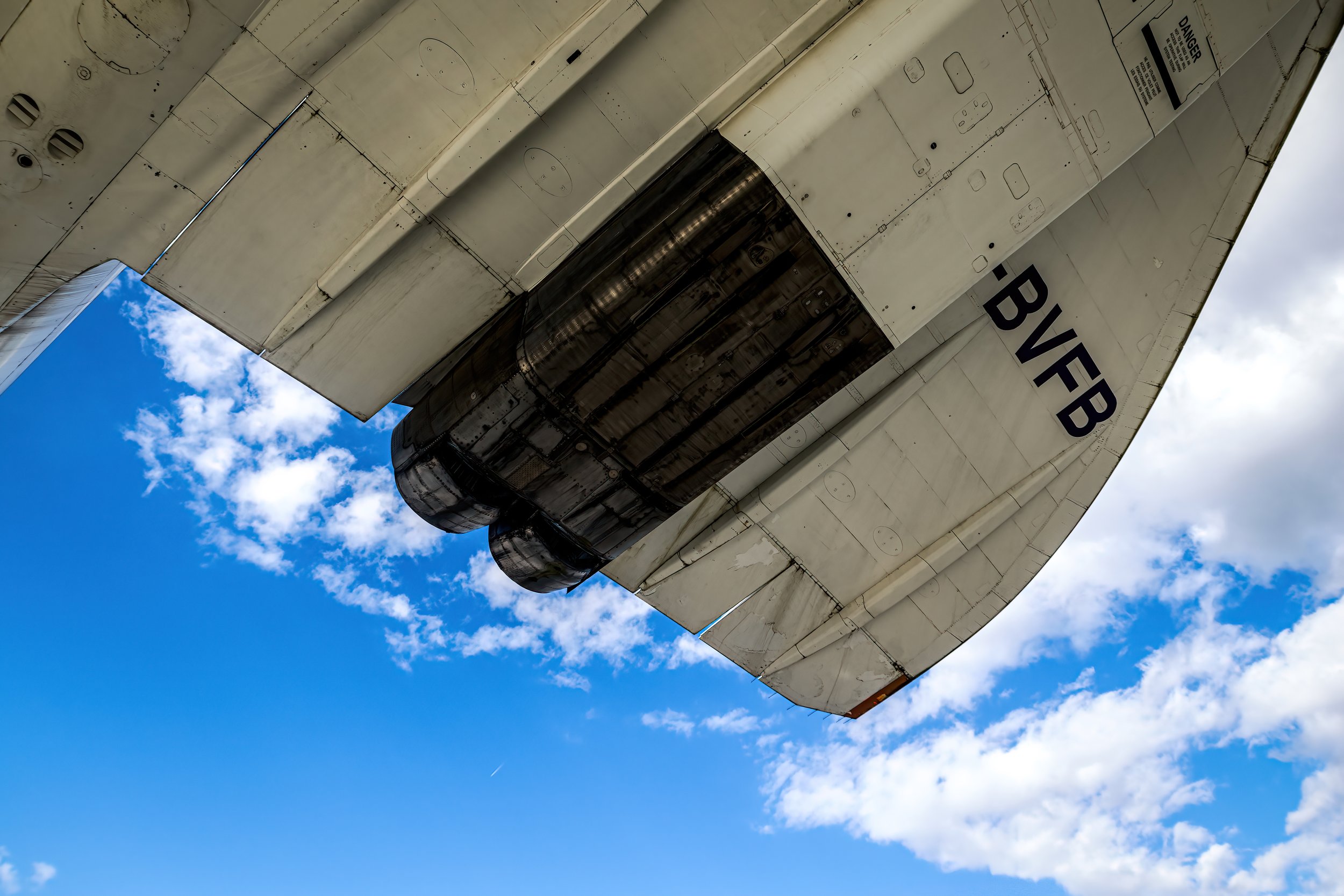
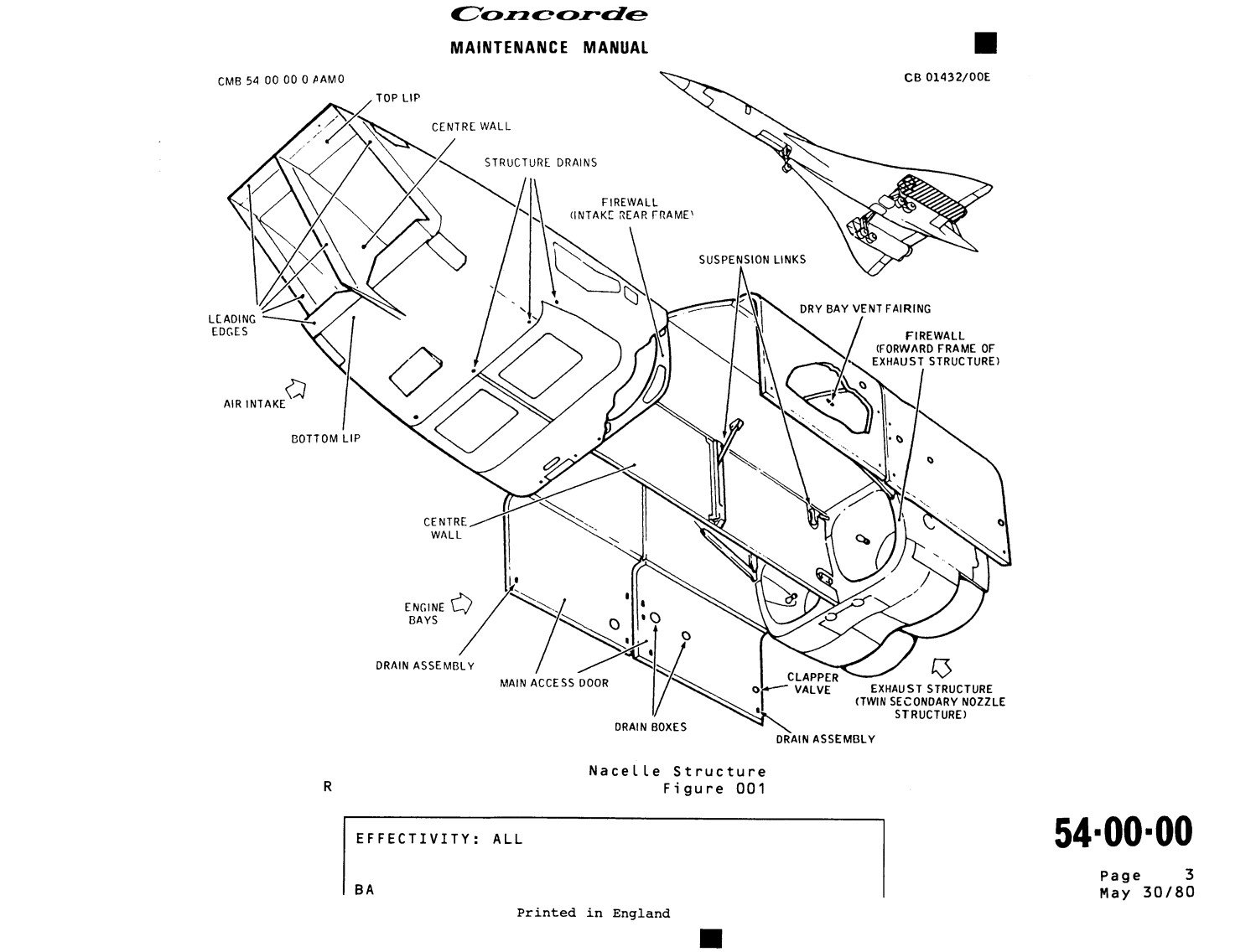
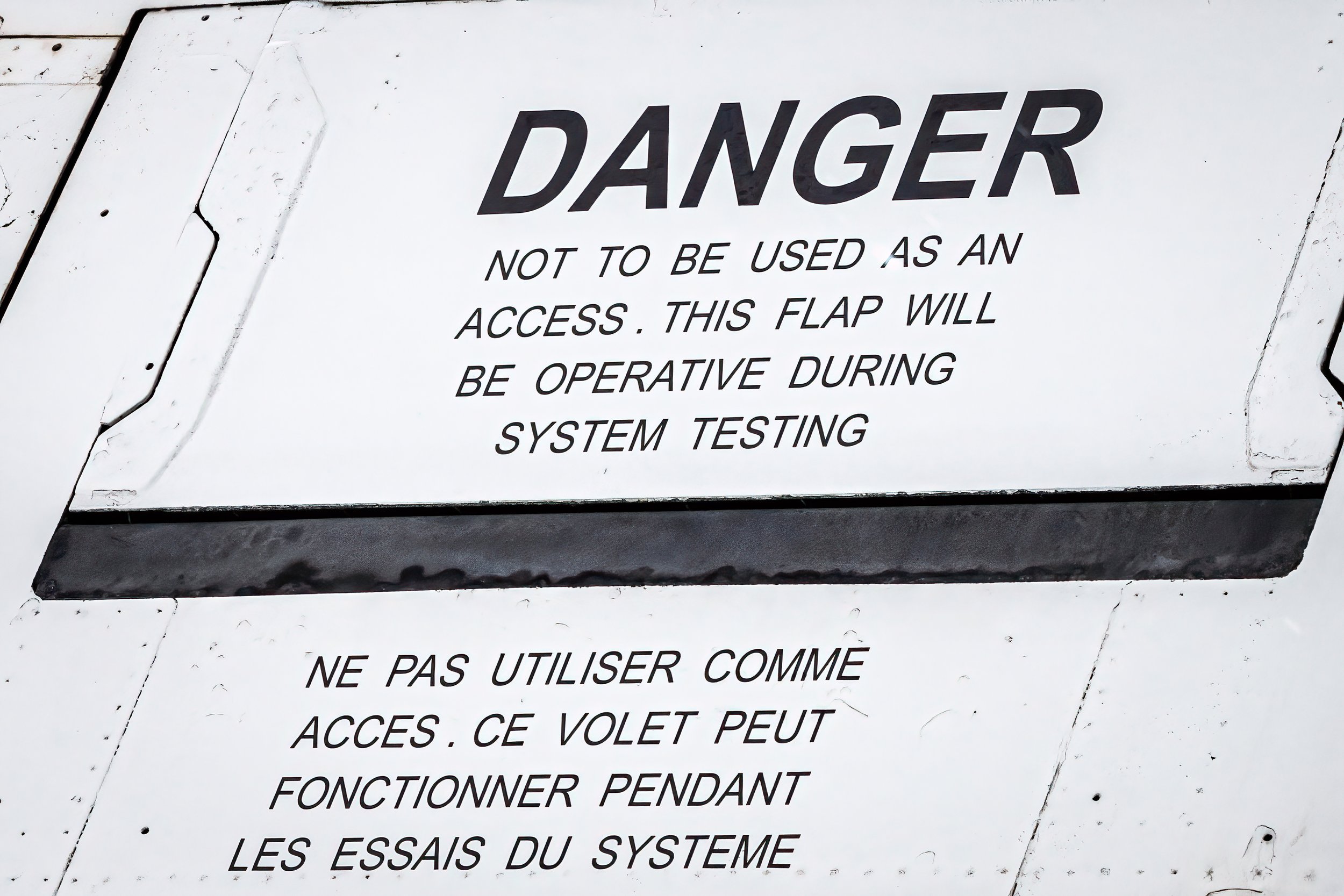
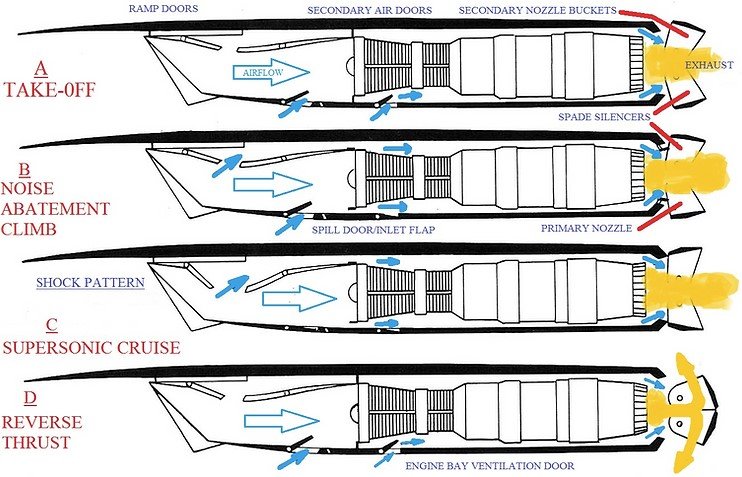
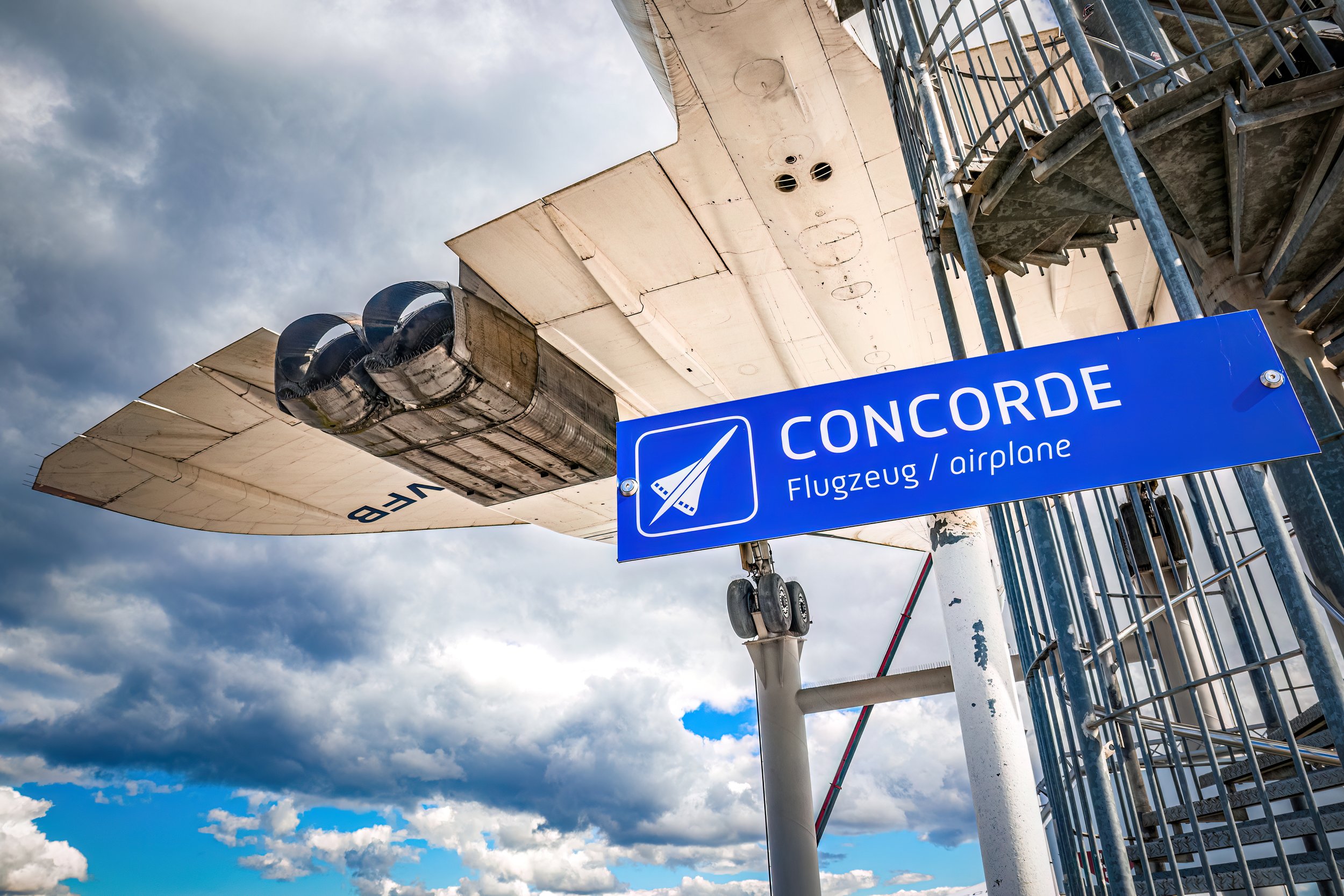
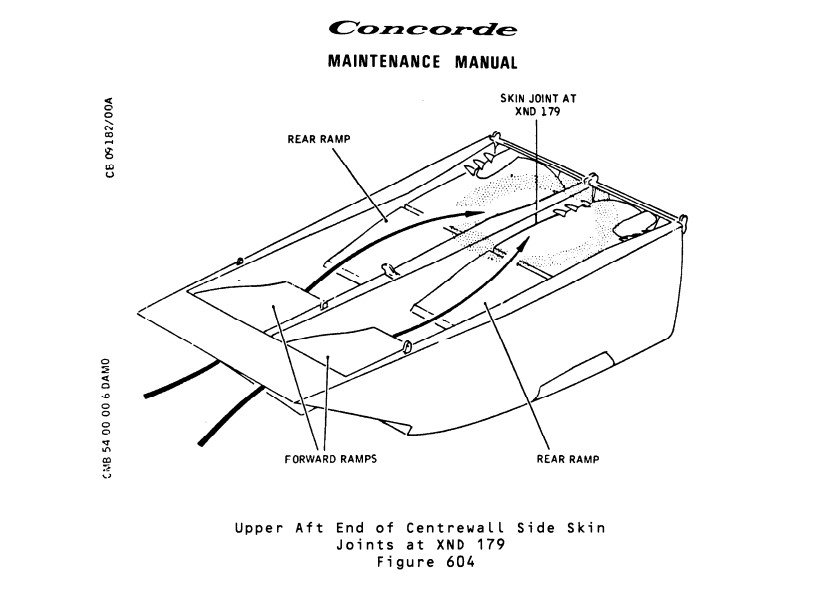
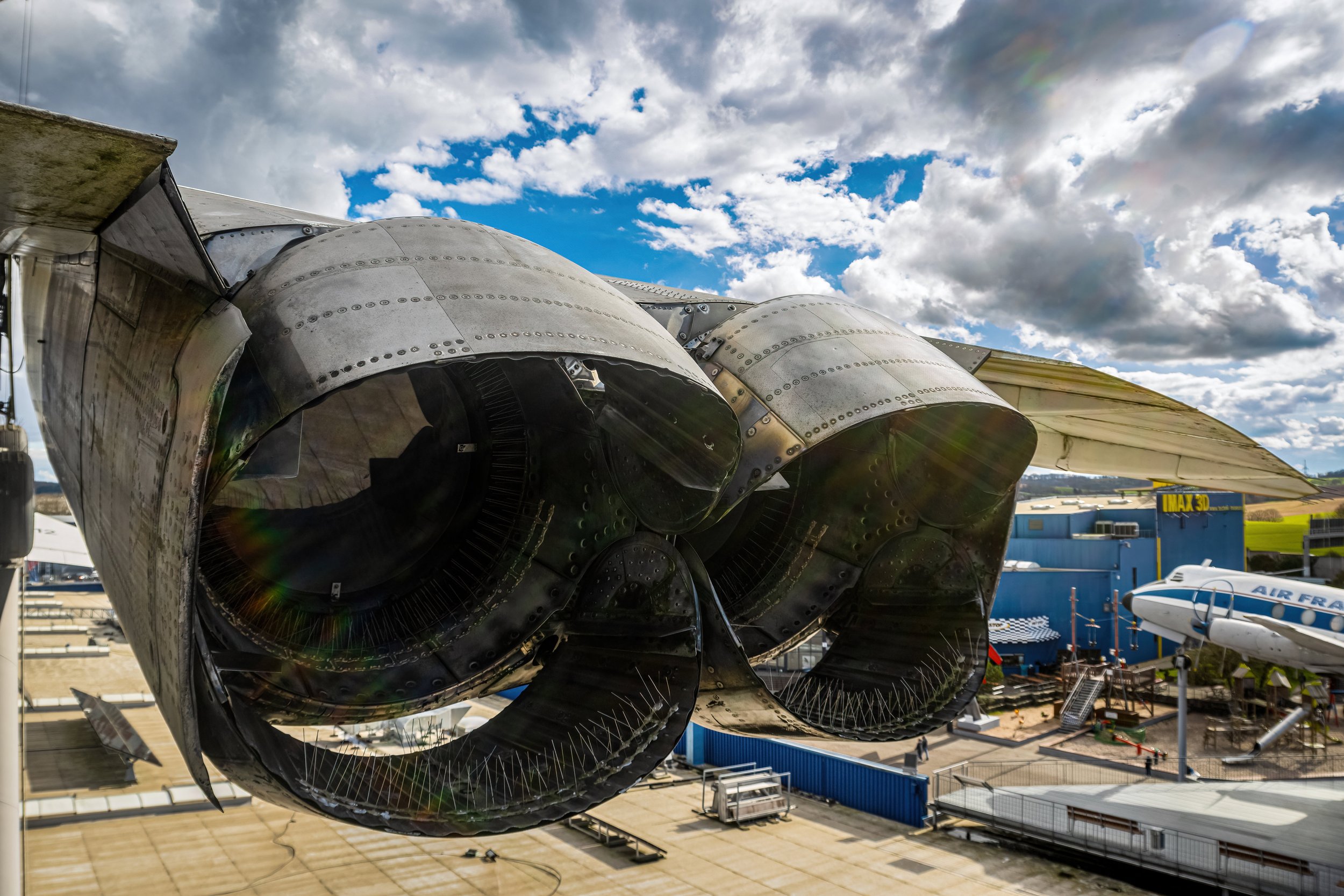
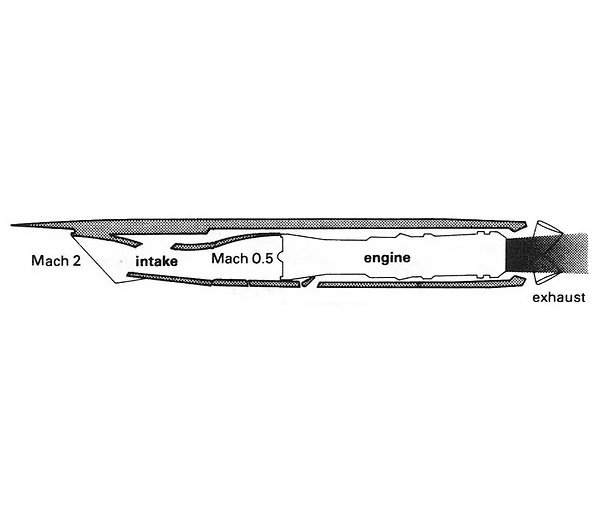
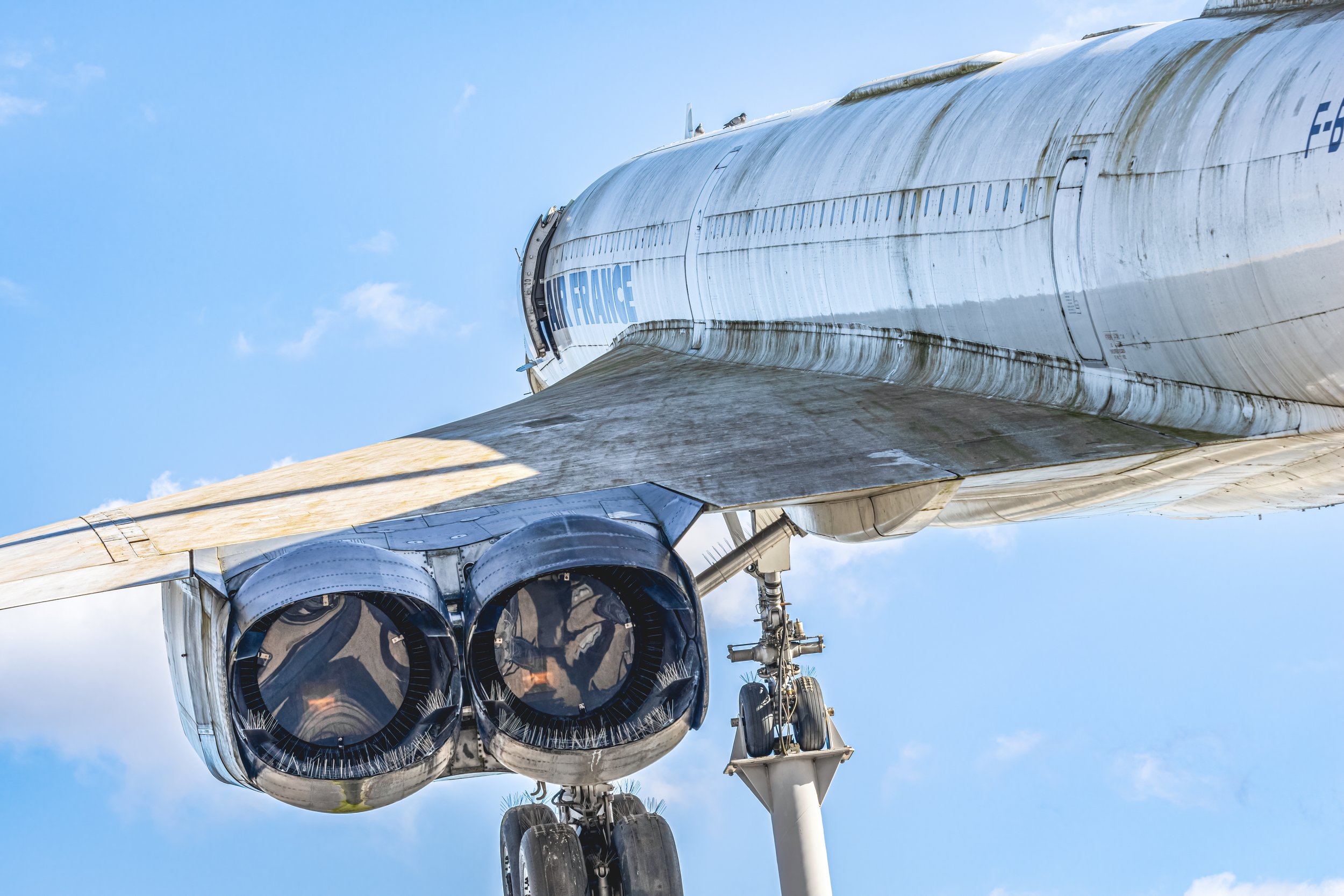
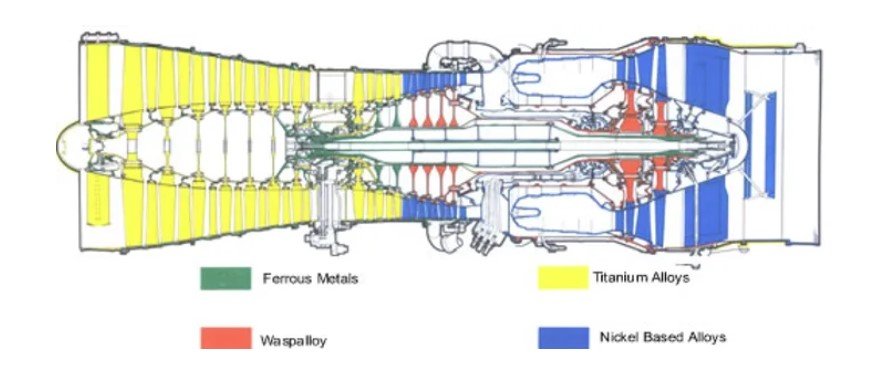
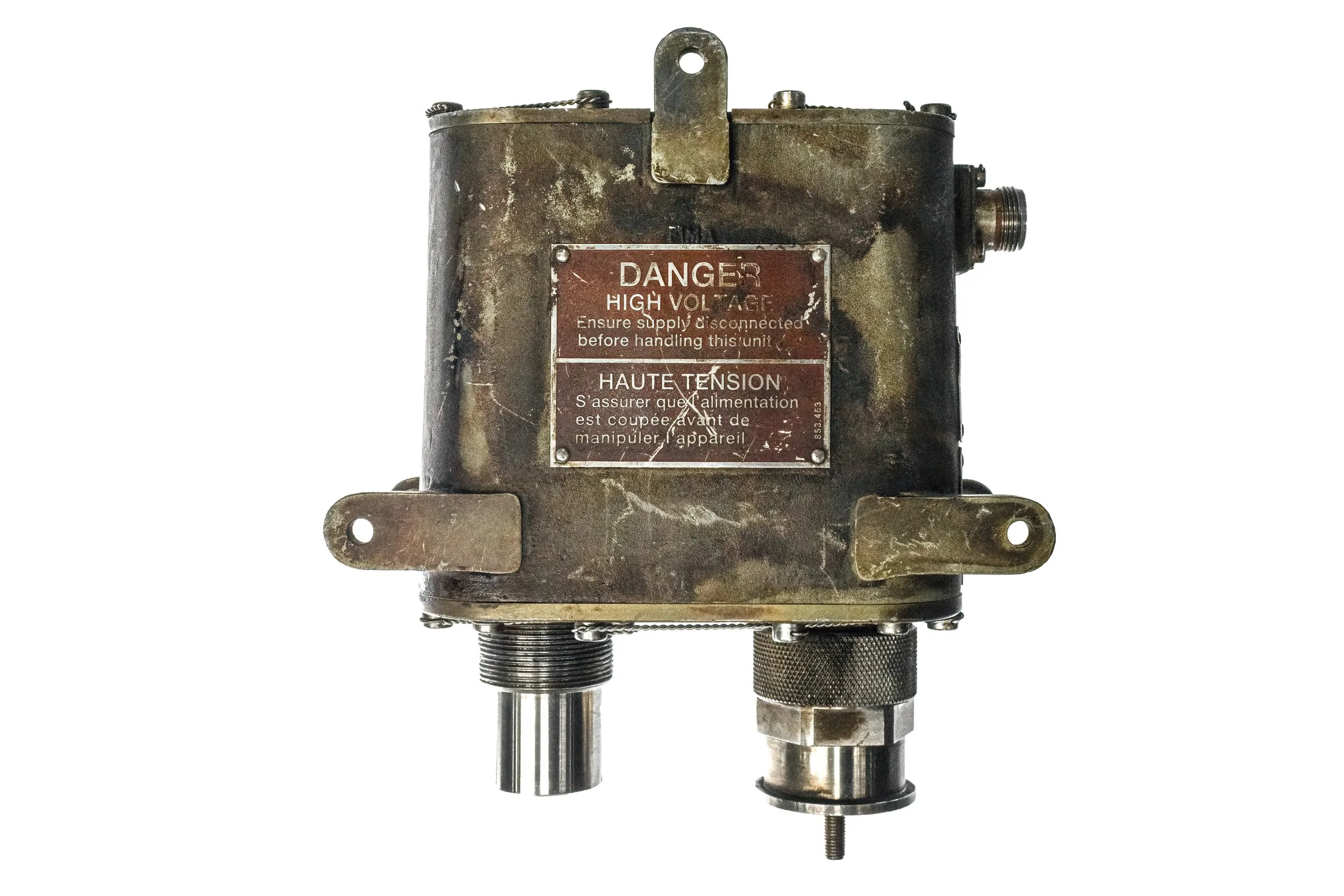
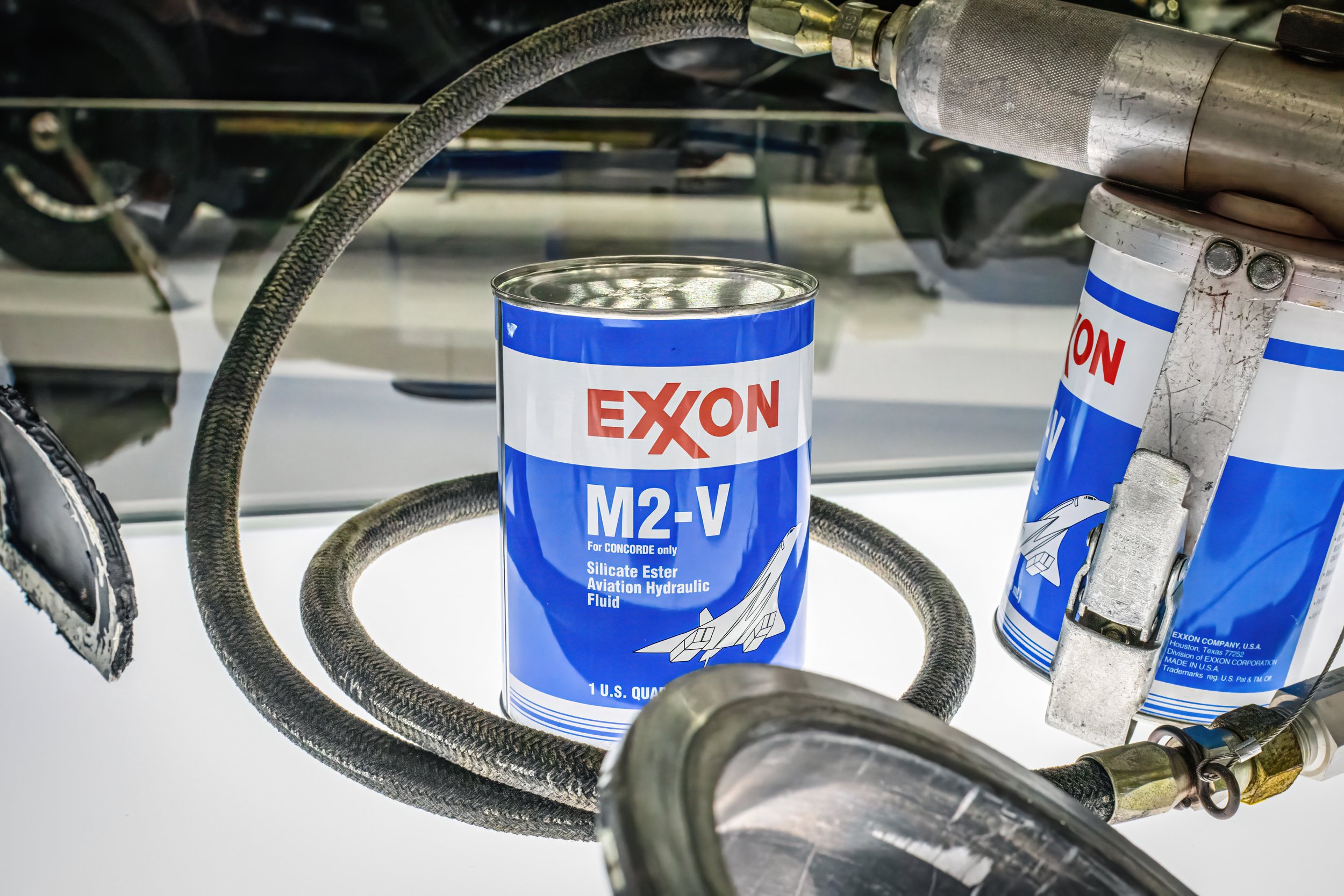
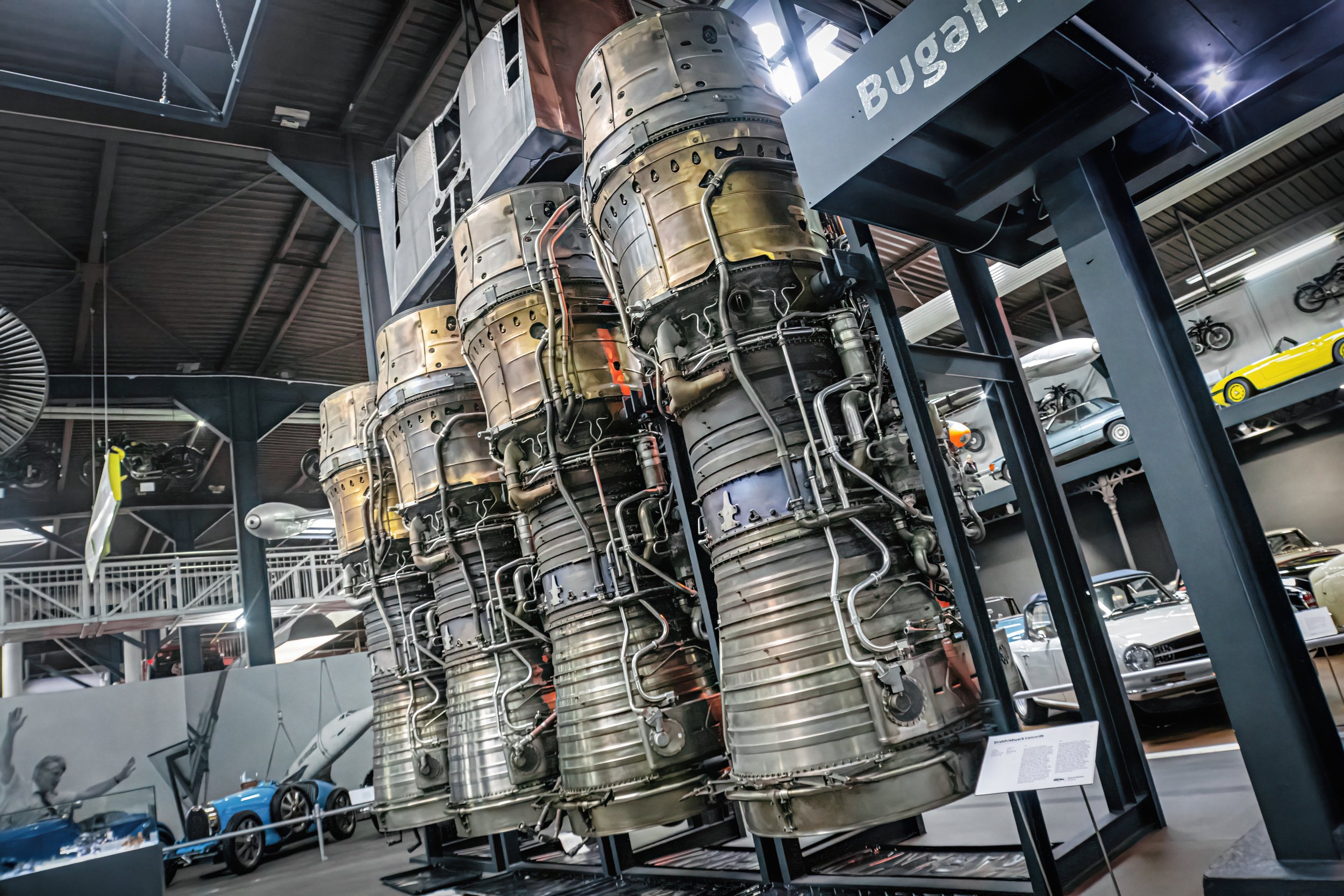
The Tupolev-144, a pioneering supersonic aircraft, was originally powered by the Kuznetsov NK-144 afterburning turbofan engine, designed by the Soviet Kuznetsov Design Bureau. However, due to its inefficiency, the NK-144 was eventually replaced by the more advanced Kolesov RD-36-51 turbojet engine on the later models of the Tu-144. The Soviets encountered similar challenges as they dealt with airflow velocity tributaries. Their engine intakes were equipped with variable intake ramps and bypass flaps, which were automatically adjusted to match the engine airflow. These intake systems were notably long, double the length of those found on the Concorde, aimed at preventing surging. There was a belief among some engineers that the extended length was necessary to address intake distortion, leading to discussions about shortening them by 10 feet on the envisioned Tu-144M model, though this design was never realized. In the meantime, the NK-144 demonstrated low effectiveness, which resulted in a limited range of about 2,500 km, significantly less than that of the Concorde. The aircraft achieved a maximum speed of Mach 2.29 using the afterburner. Unlike the Concorde, which only required afterburners for take-off thrust, the Tu-144 utilized maximum afterburner for take-off and minimized its use during the cruise, although it generally operated continuously. Due to the extremely substantial size of the engine inlets, resulting in the engines being positioned close to the fuselage, and the continuous utilization of afterburners, the noise level experienced within the Tu-144 cabin throughout the entire duration of the flight was so overwhelming that verbal communication among passengers was rendered impractical, prompting the use of written notes on paper as the primary means of interaction. Originally, the Kuznetsov NK-8 turbofan, which powered the IL-62 airliner, served as the foundation for the first supersonic transport (SST) engine design. Through numerous enhancements and over a thousand test hours, the engine evolved into the Kuznetsov NK-144. This new iteration was a 2-spool turbofan with 14 compressor stages, distributed with 3 in the low-pressure sector and 11 in the high-pressure section. Despite these advancements, the NK-144 fell short of meeting the envisioned standards. Achieving optimal fuel efficiency was imperative for the Tu-144's viability on extended routes. Following extensive flight trials, the engine's Specific Fuel Consumption was recorded at 2.23 kg/hr, limiting the aircraft's range to 2,920 km—falling notably below the anticipated threshold for an airliner. Because the limitations of the engine NK-144 were well-documented, the decision to embark on the development of a new engine for the Tu-144 gained urgency. Consequently, another manufacturer, Kolesov, was commissioned for this pivotal task, resulting in the creation of the turbojet RD-36-51A. Post-1978, the aircraft production exclusively featured this new engine, marking the advent of the Tu-144D model. The RD-36-51A, a turbojet powerhouse boasting 2 fans and 14 compression areas, proved pivotal in catapulting the Tu-144D to its envisioned range and desired SST performance levels, thanks to its impressively low Specific Fuel Consumption of 1.26 kg/hr. Despite the triumph over engine-related challenges, the Tu-144D's operational viability was impeded by soaring program expenses and a dismal safety record, ultimately preventing it from ever ferrying passengers. Another unique feature of all engines of the Tu-144 was the lack of thrust reversers. Due to this design choice, the Tu-144 became one of the few airliners of its time to utilize parachutes for braking after landing. A specialized double drag parachute would be deployed from a conical structure located beneath the tail of the aircraft immediately upon touching down on the runway. Although engineers at Tupolev had intended to equip the Tu-144 with thrust reversers, their implementation was earmarked for future versions of the aircraft, specifically on the outer engines - number 1 and 4. In 1993, Tupolev and NASA signed an agreement to use a Tu-144 as a testbed for research experiments. However, a hurdle emerged as the original engine RD-36-51A was no longer manufactured, necessitating a replacement. Following the upgrade, the aircraft assumed the new designation of Tu-144LL Flying Laboratory. The substitute engine chosen was the low bypass turbofan NK-321, an enhanced iteration of the bombers Tu-160 engines. Noteworthy characteristics of this new engine included 3 spools and 12 compressor stages, comprising 5 in the low-pressure section and 7 in the high-pressure area. Due to the engine's classification as a military secret, all flight tests were conducted solely within Russian airspace. Due to the specific engine configuration, the rear section of the aircraft was equipped with extra metal shielding to safeguard against heat, inevitably contributing to an increase in the overall weight of the plane. Another noticeable fact was the stark contrast in engine controls between the aircraft, with the vintage and mechanical setup lacking the advanced electronic control system found on the Concorde.
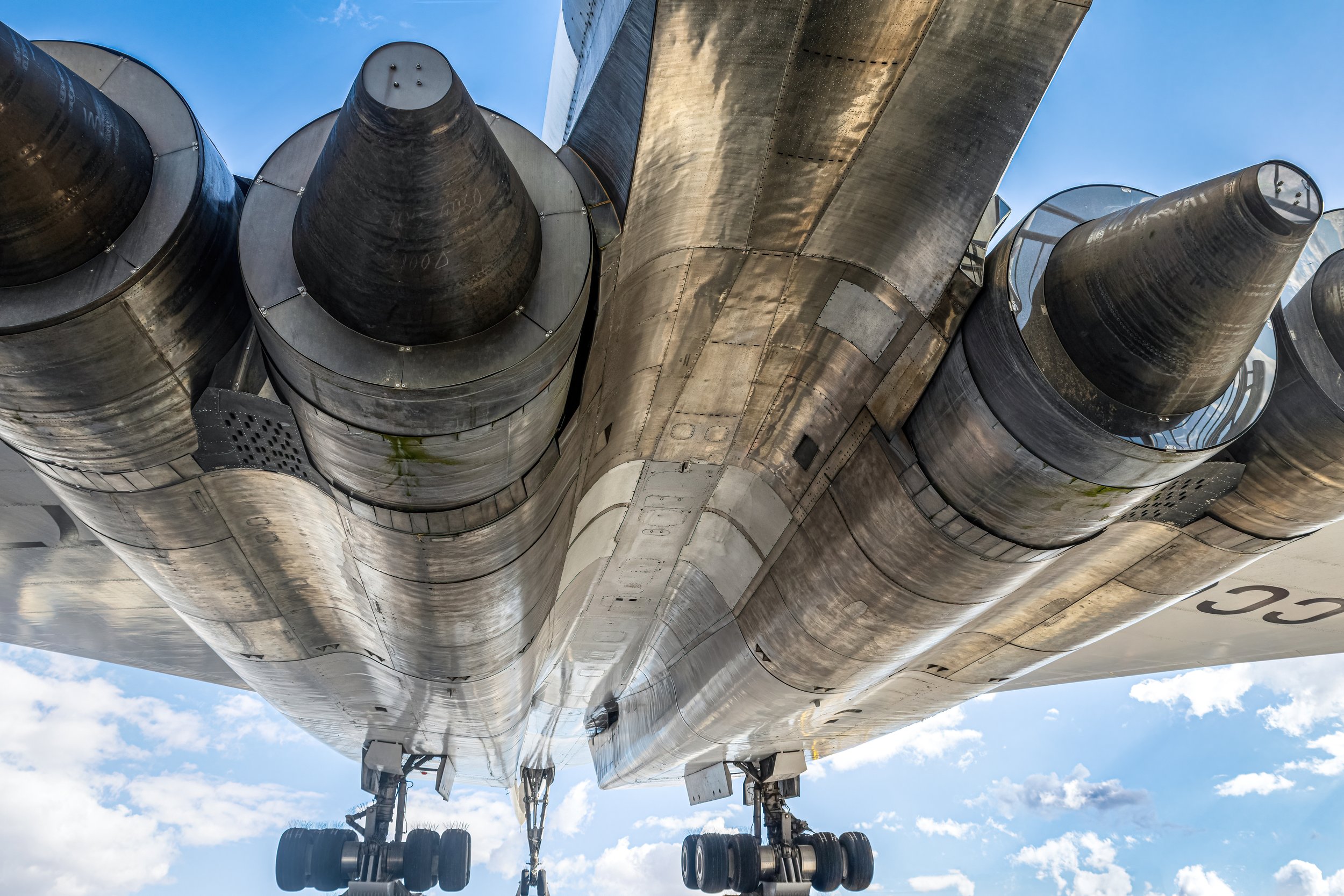
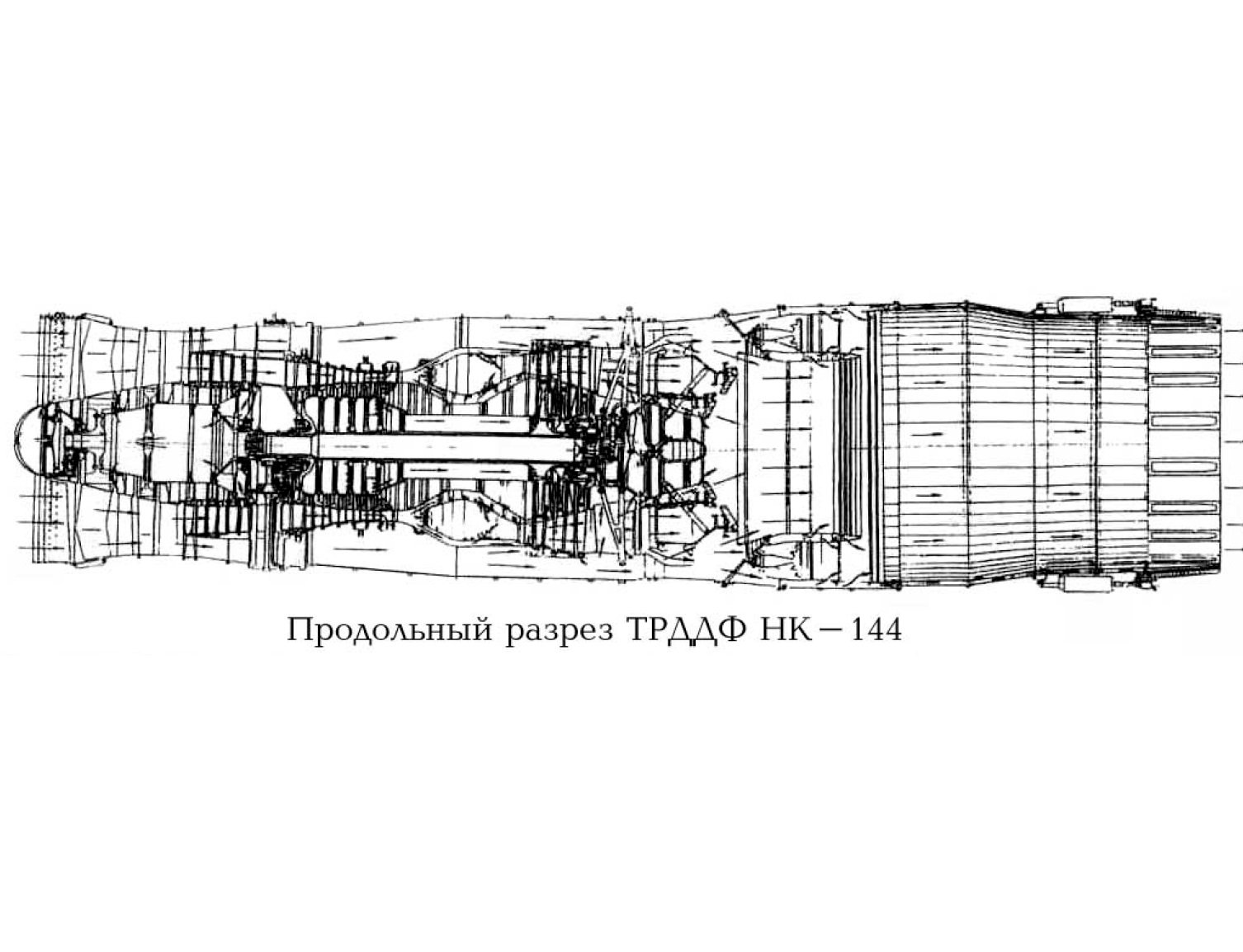
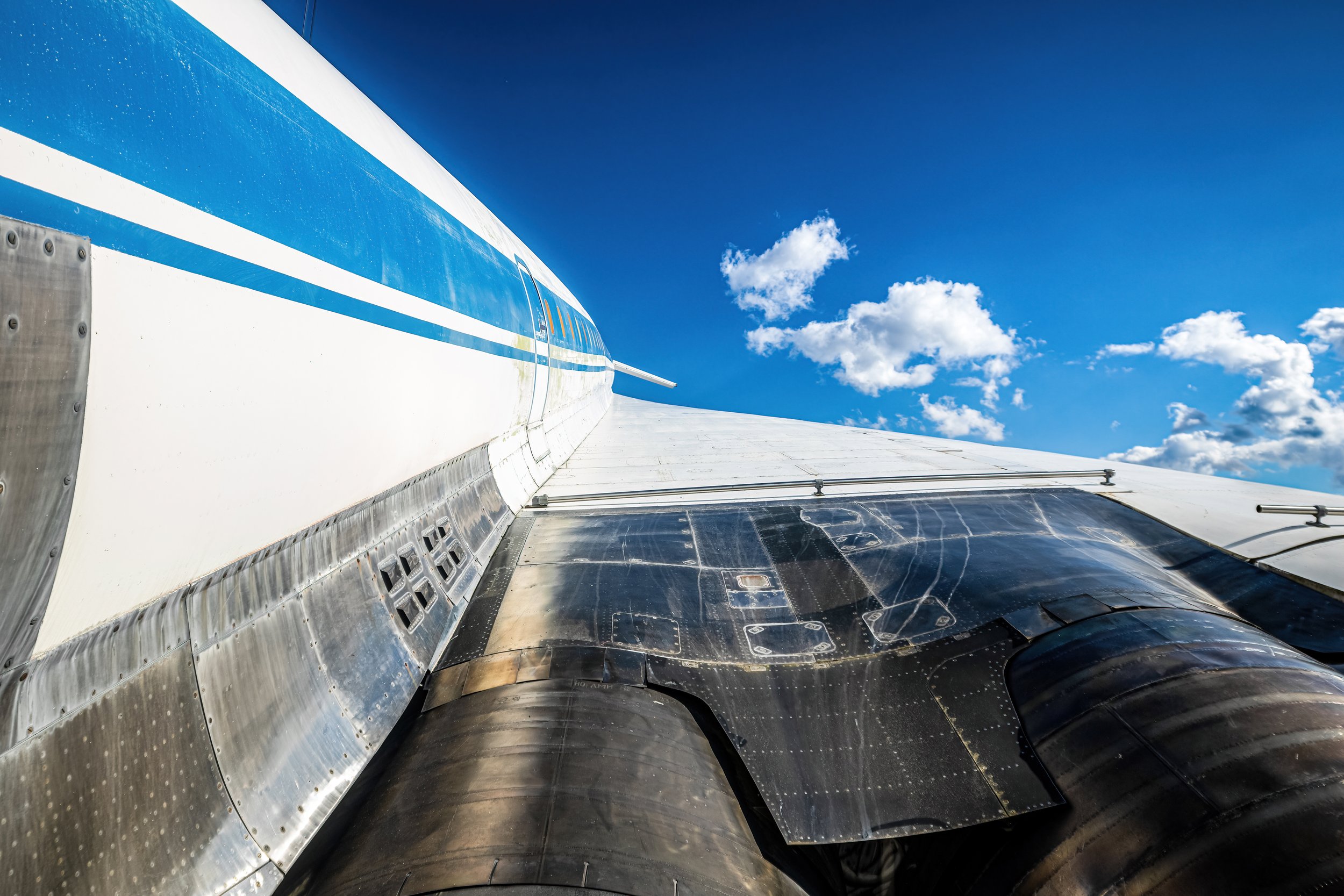
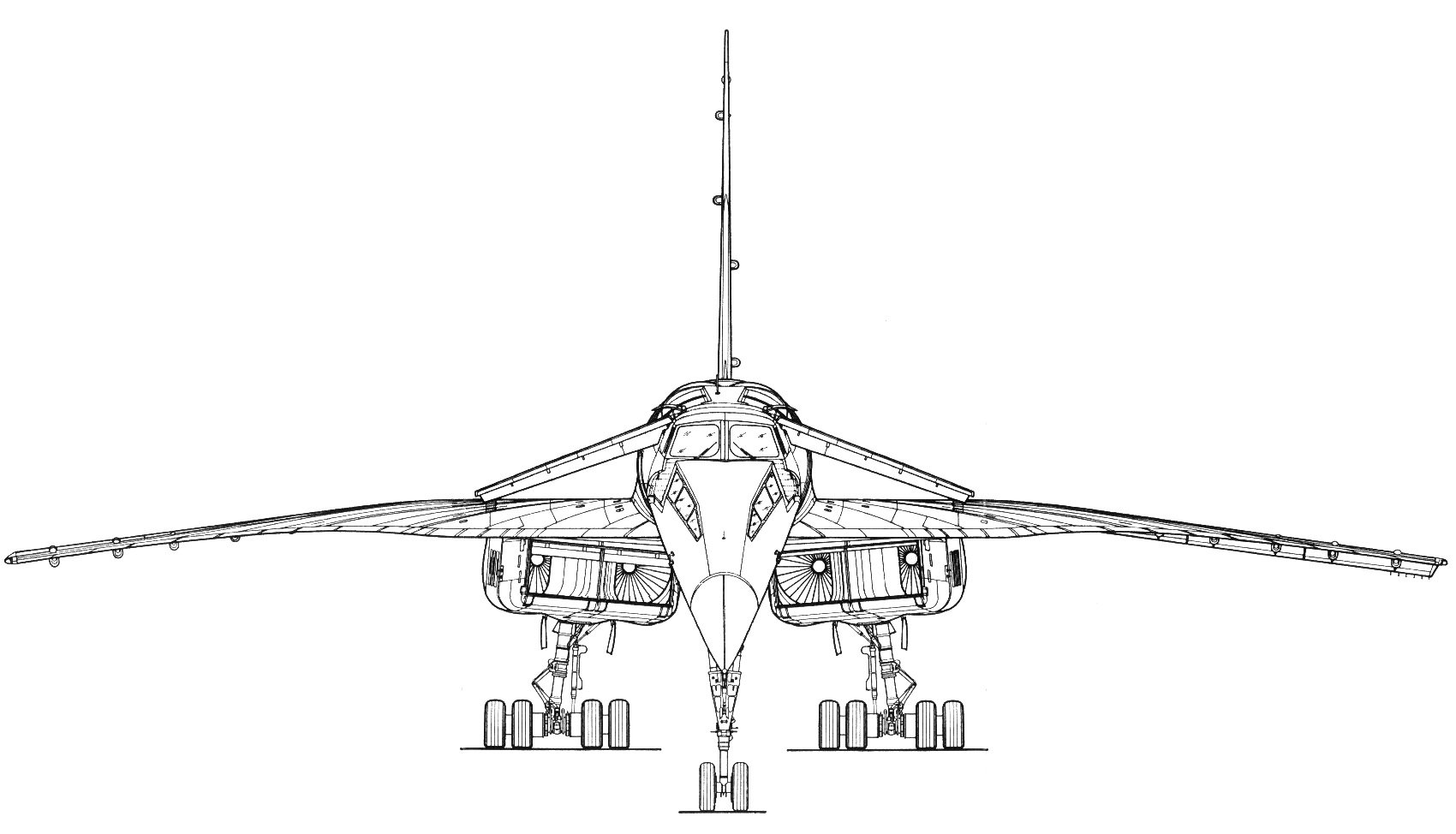
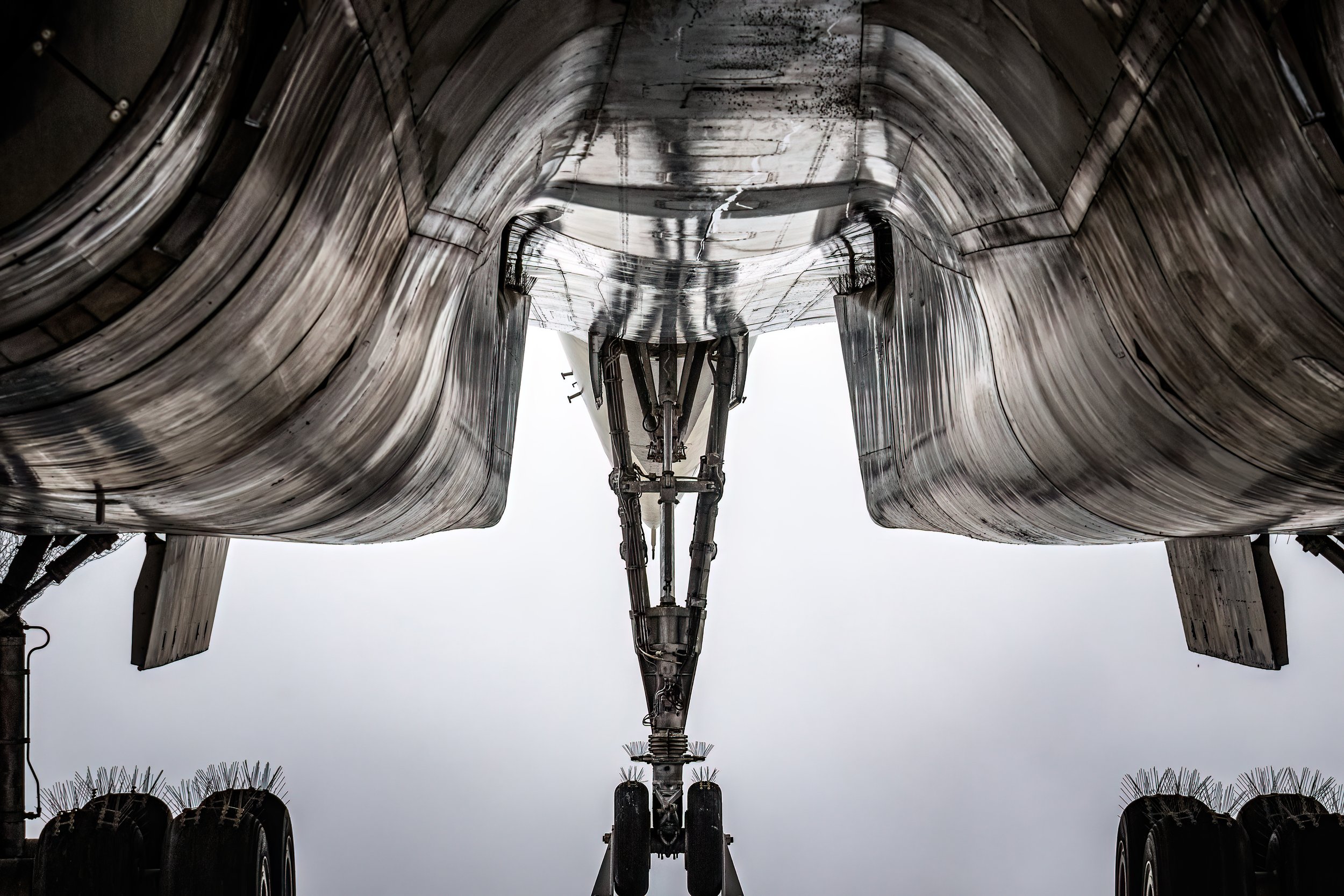
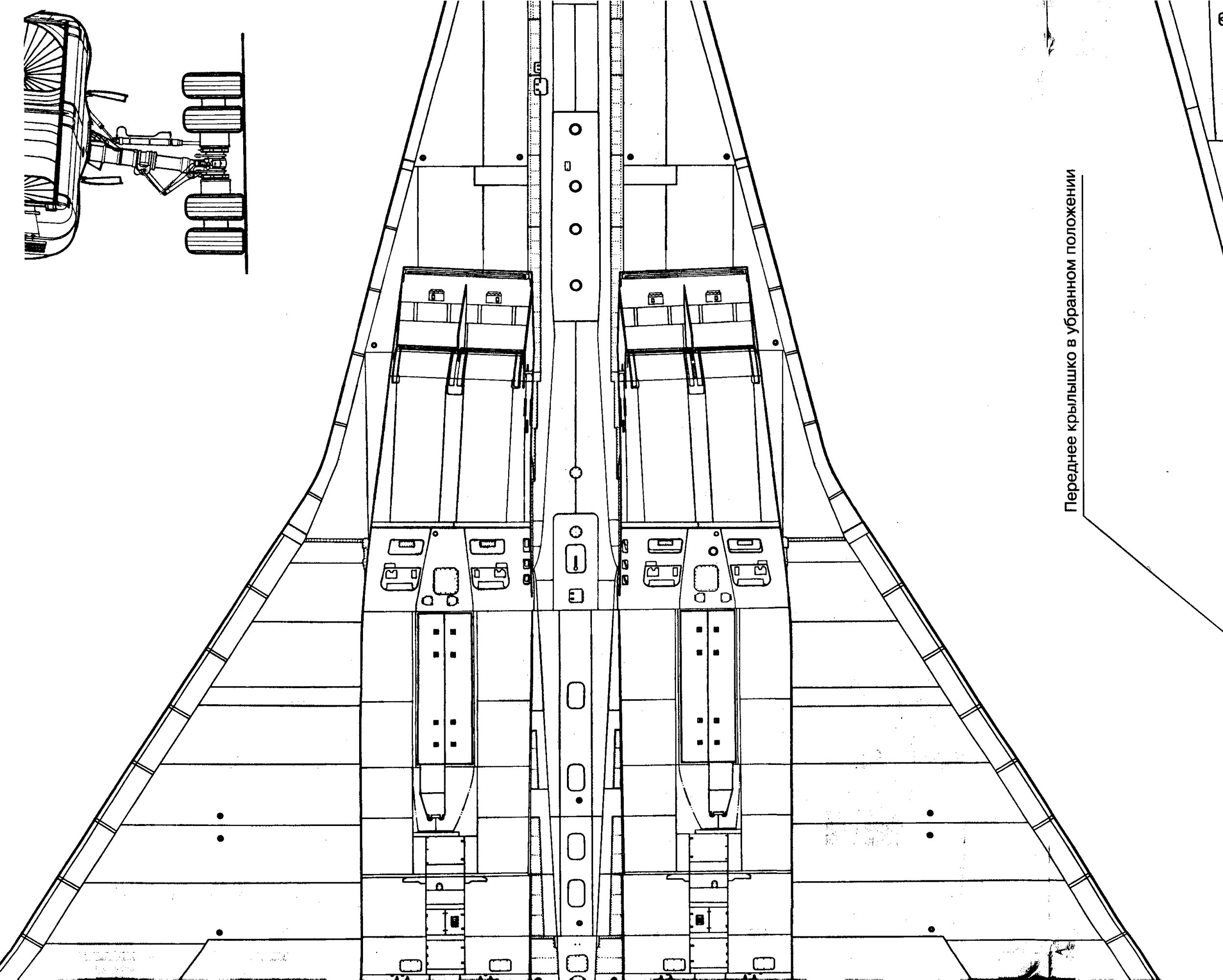
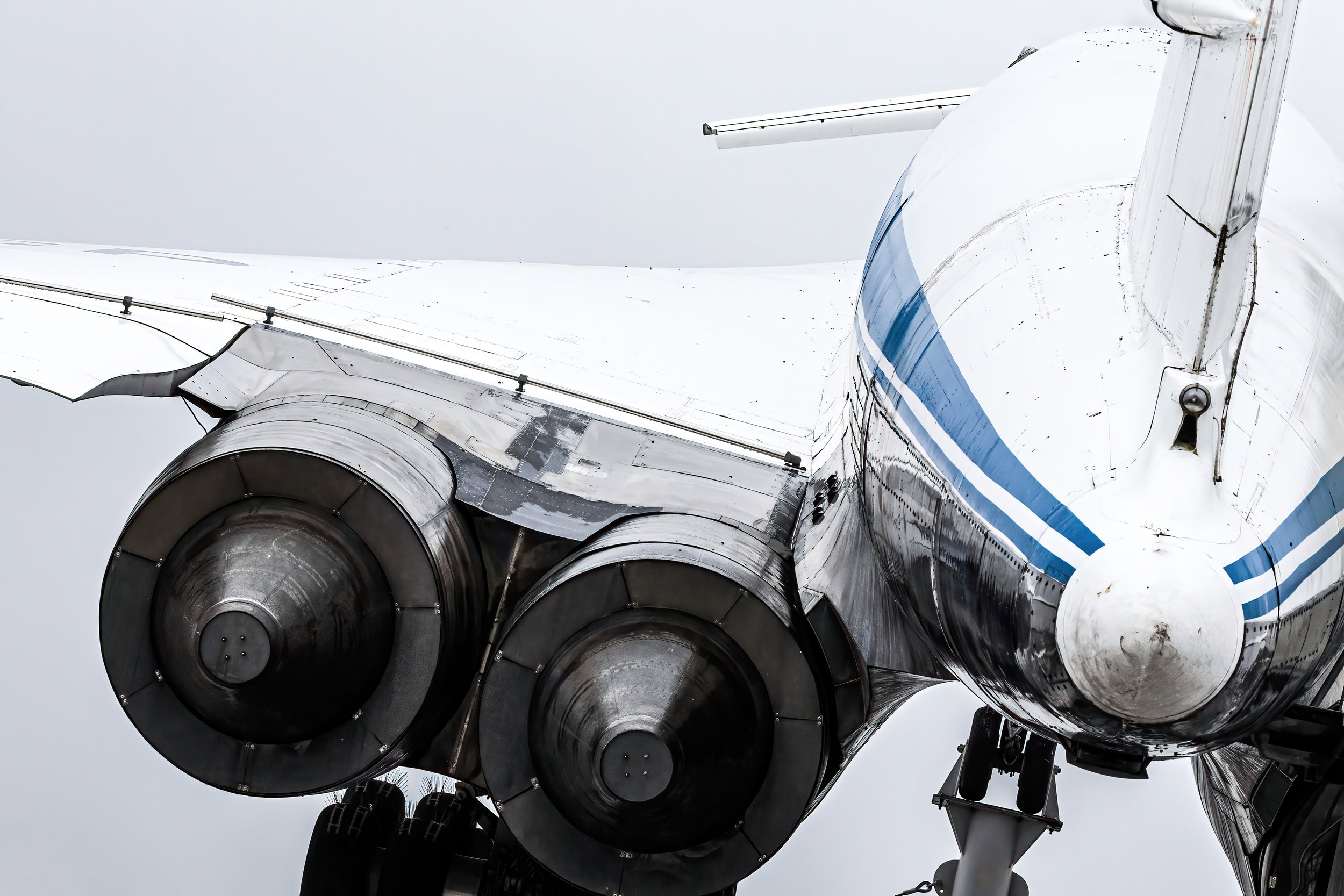
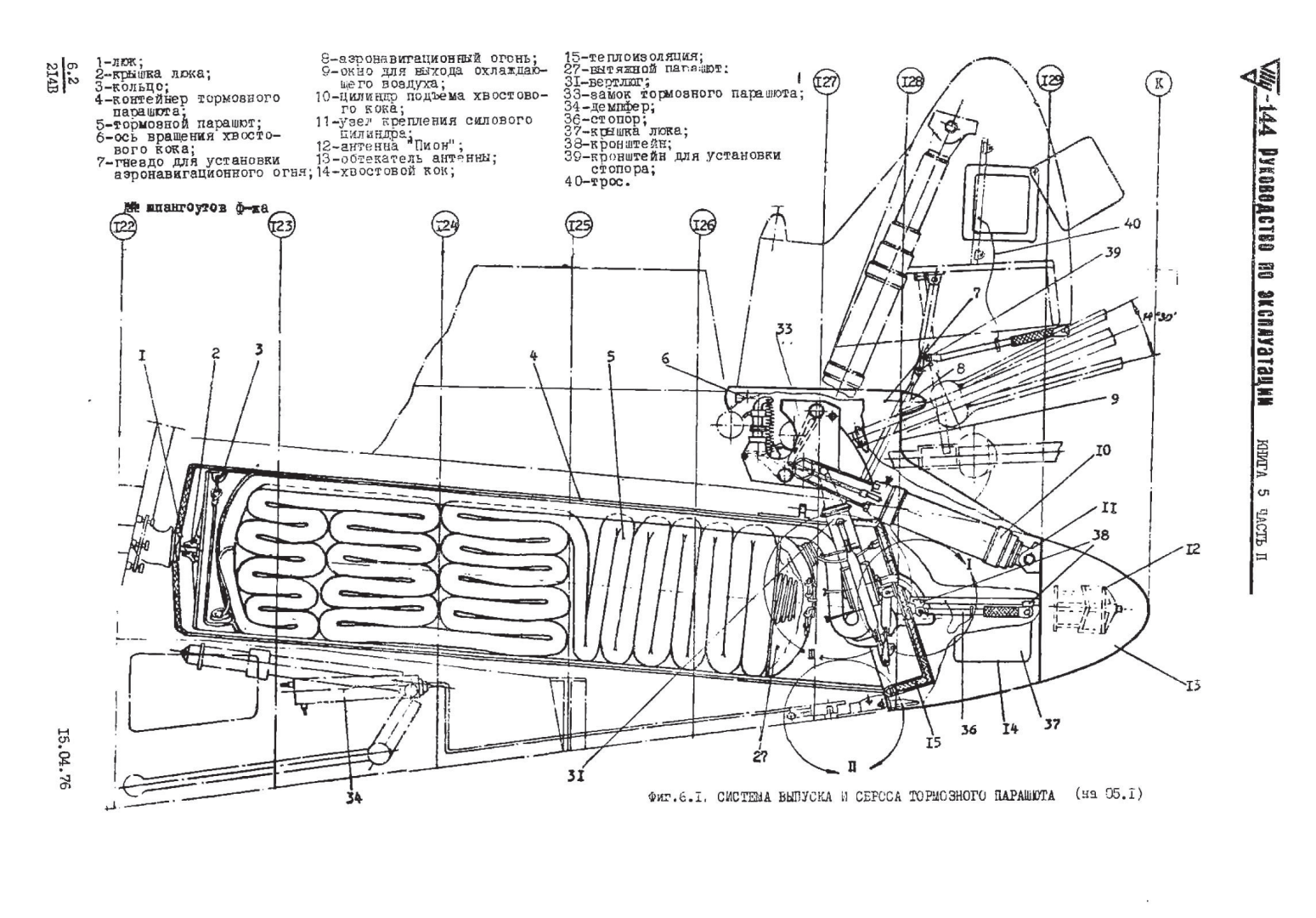
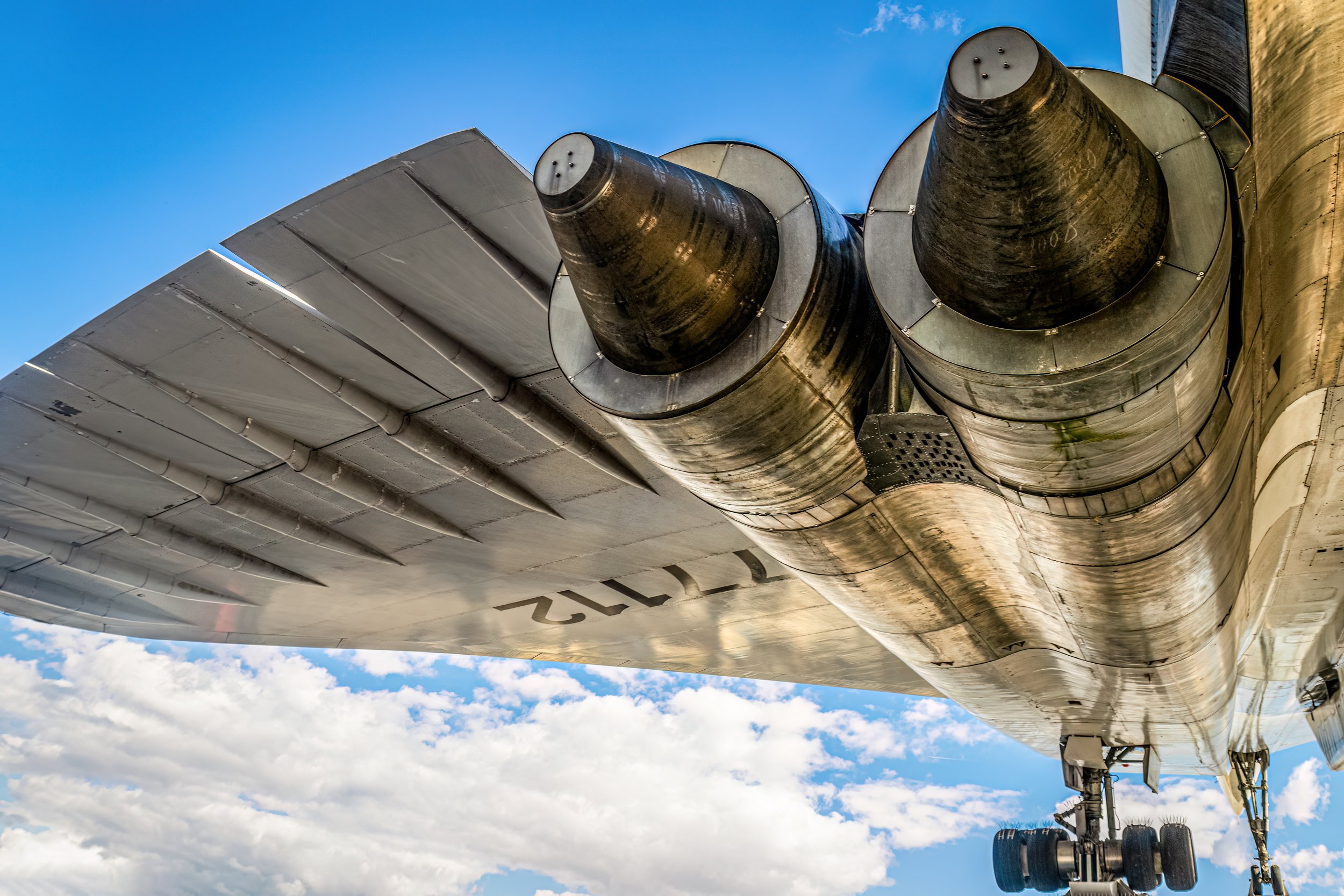
Passenger Experience
Flying on the Concorde plane was a truly fascinating and unparalleled experience. The lavish offerings of champagne, black caviar, and exquisite, almost Michelin-star quality meals elevated the journey to a whole new level. The remarkable feature of the Concorde being able to maintain supercruise without relying on an afterburner ensured a remarkably serene and cozy cabin environment. Despite the top-notch service provided by both Air France and British Airways, the seating arrangement resembled more of an economy class setup due to weight considerations and the need to accommodate a larger number of passengers. Although the aircraft had the capacity for up to 120 travelers, typically there were around 80-100 seats installed. In those days, in-flight entertainment systems were non-existent, and even if they were available, they likely would not have been installed to minimize weight. Instead, each seat was equipped with headphone sockets, and passengers were supplied with headphones to enjoy a selection of programs and music tailored to their preferences. Considering the three-hour duration of transatlantic voyages on the Concorde, the absence of sophisticated IFE systems did not pose a significant inconvenience. Individuals who boarded the Concorde could be categorized into distinct groups - those who had diligently saved up for a chance to experience the thrill of traveling at speeds exceeding Mach 2, business professionals who leveraged the Concorde to optimize their time, enabling them to attend meetings in different continents and still make it home for dinner, and a diverse mix of celebrities, dignitaries, and public figures who chartered the Concorde for its exclusivity and prestige. With an average ticket price in the 1990s hovering around $10,000, equivalent to about $20,000 in today's currency for a one-way trip on the Concorde, it truly was a luxury accessible only to a select few. Fun fact: An interesting historical tidbit is that the passenger cabin windows on both the Concorde and Tu-144 were surprisingly small, measuring no larger than a typical modern smartphone. This design choice was primarily driven by safety considerations, as these supersonic aircraft experienced intense aerodynamic pressures and high temperatures during flight, necessitating a robust fuselage construction to ensure passenger well-being.
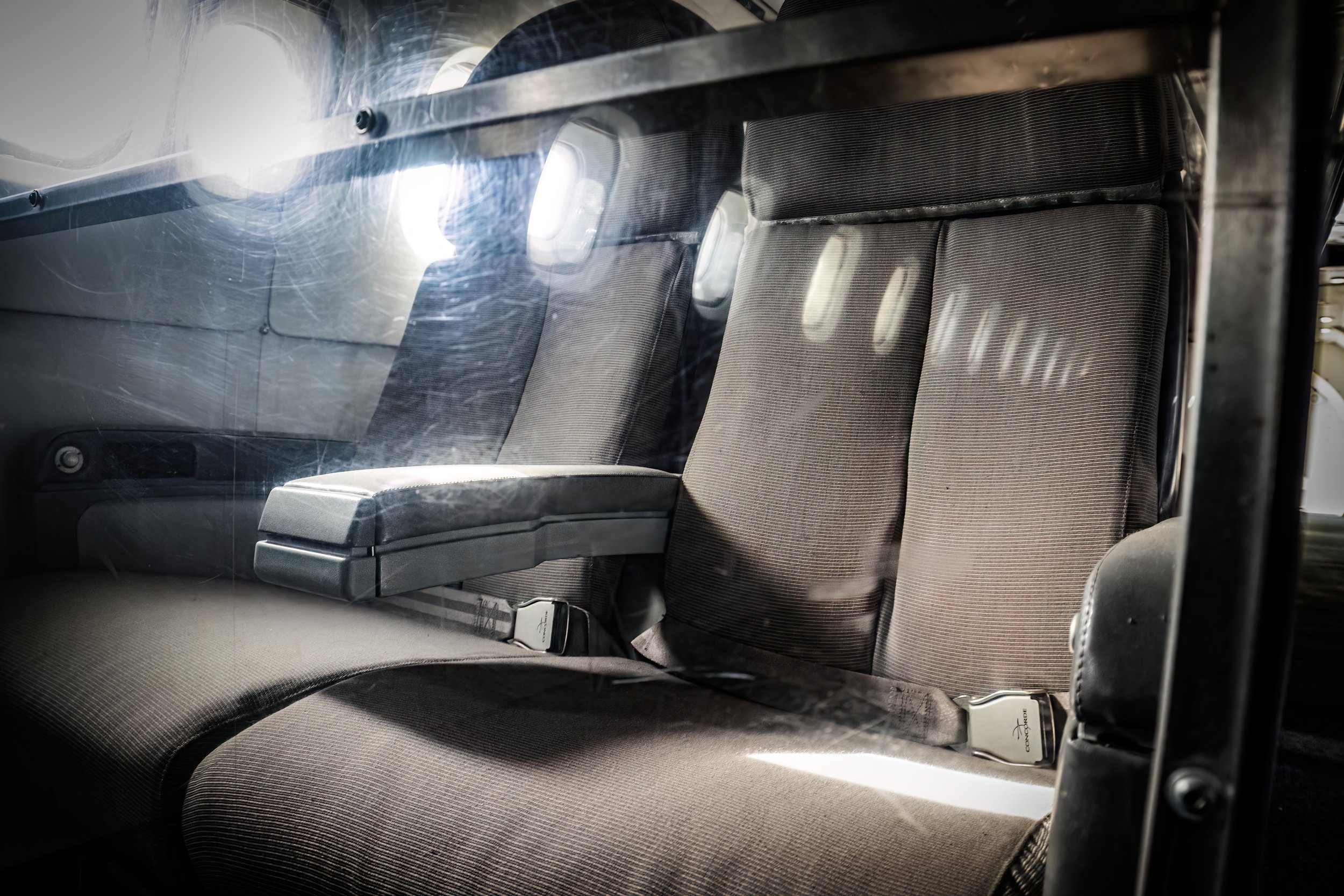
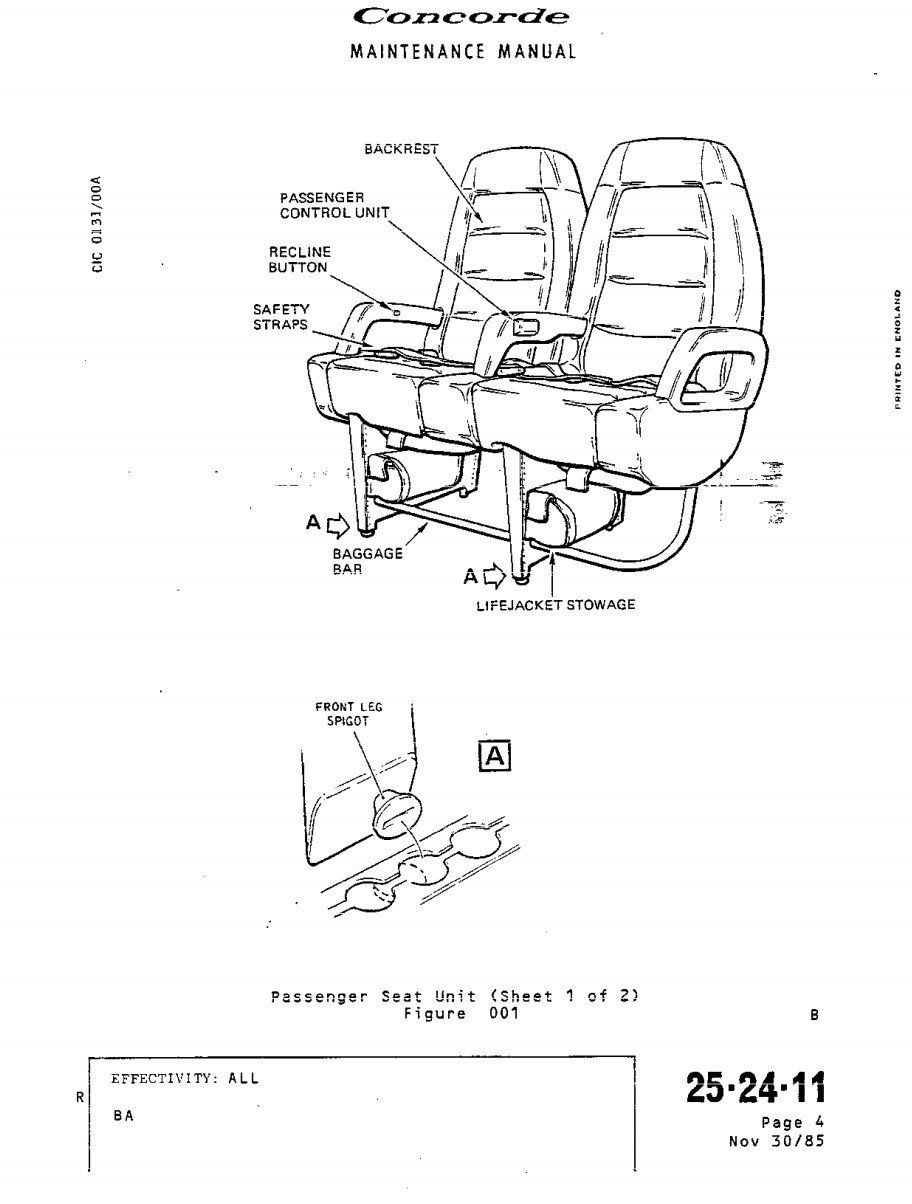

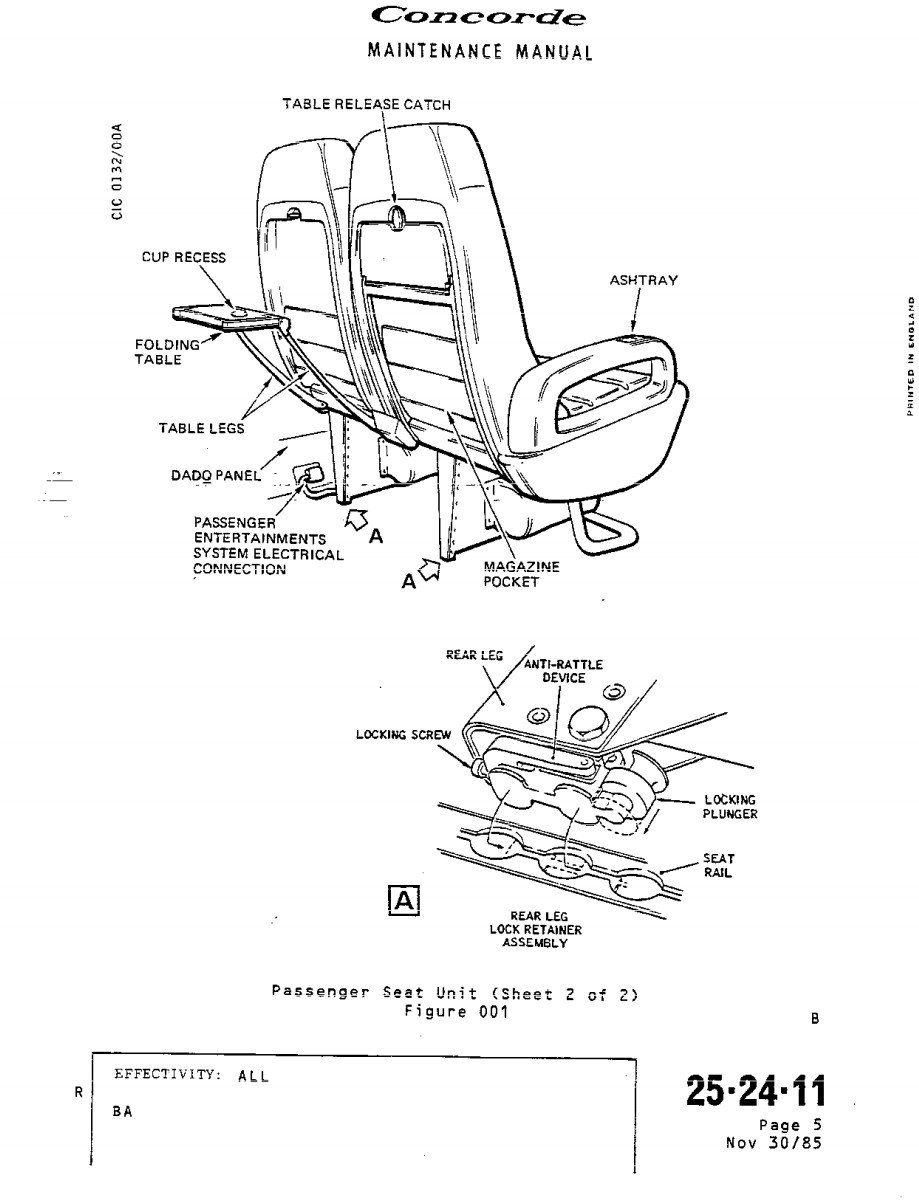
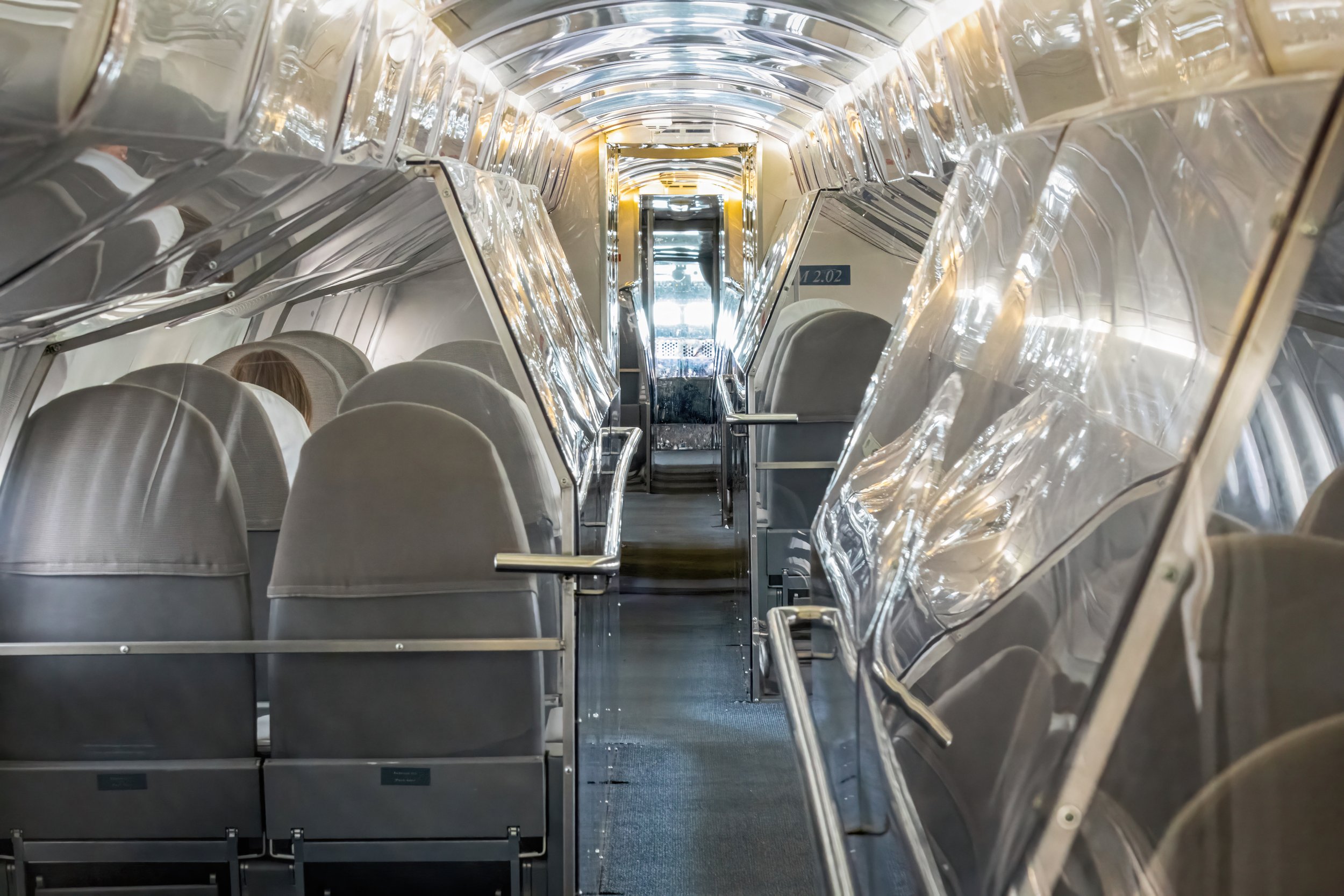
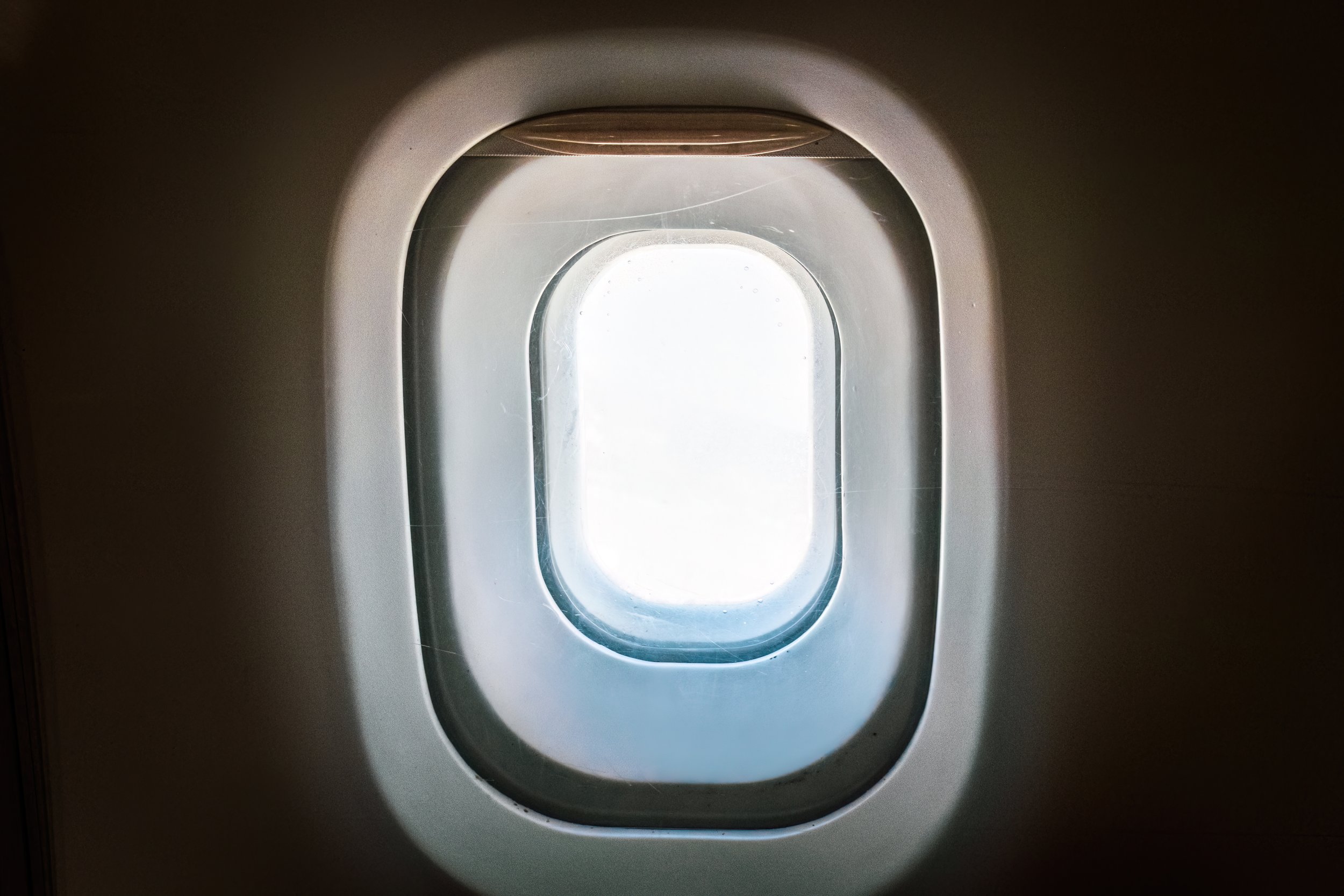
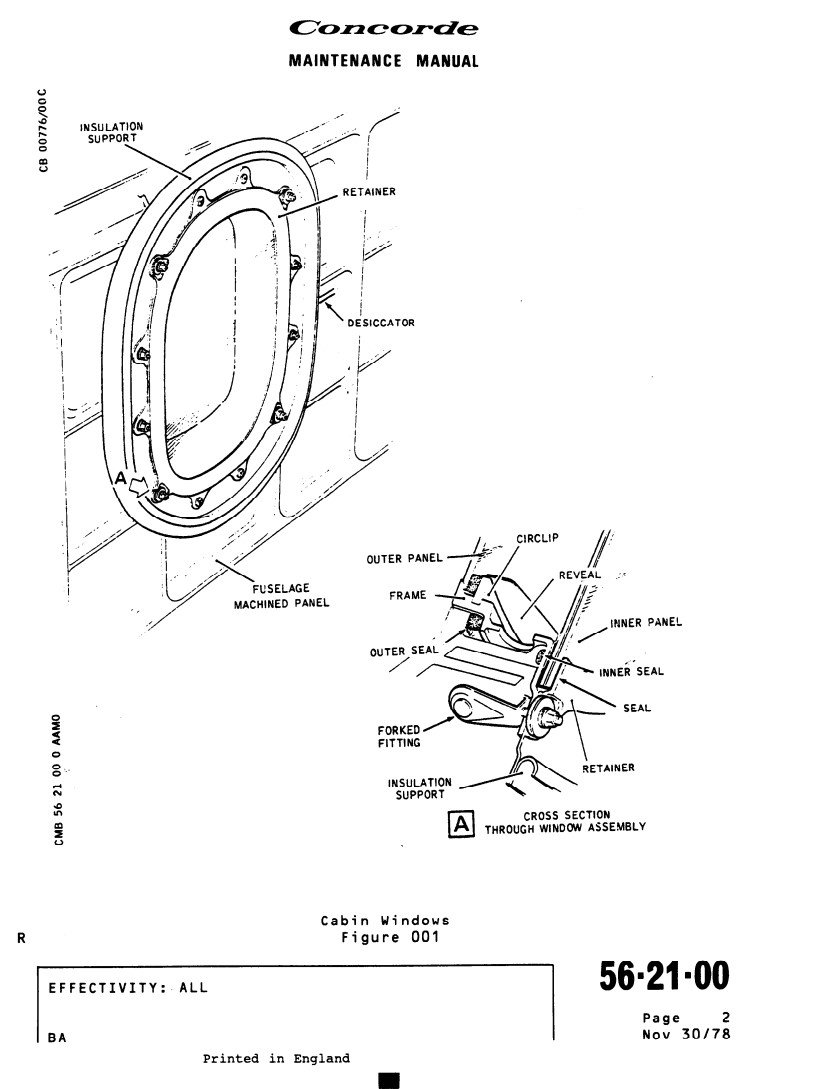
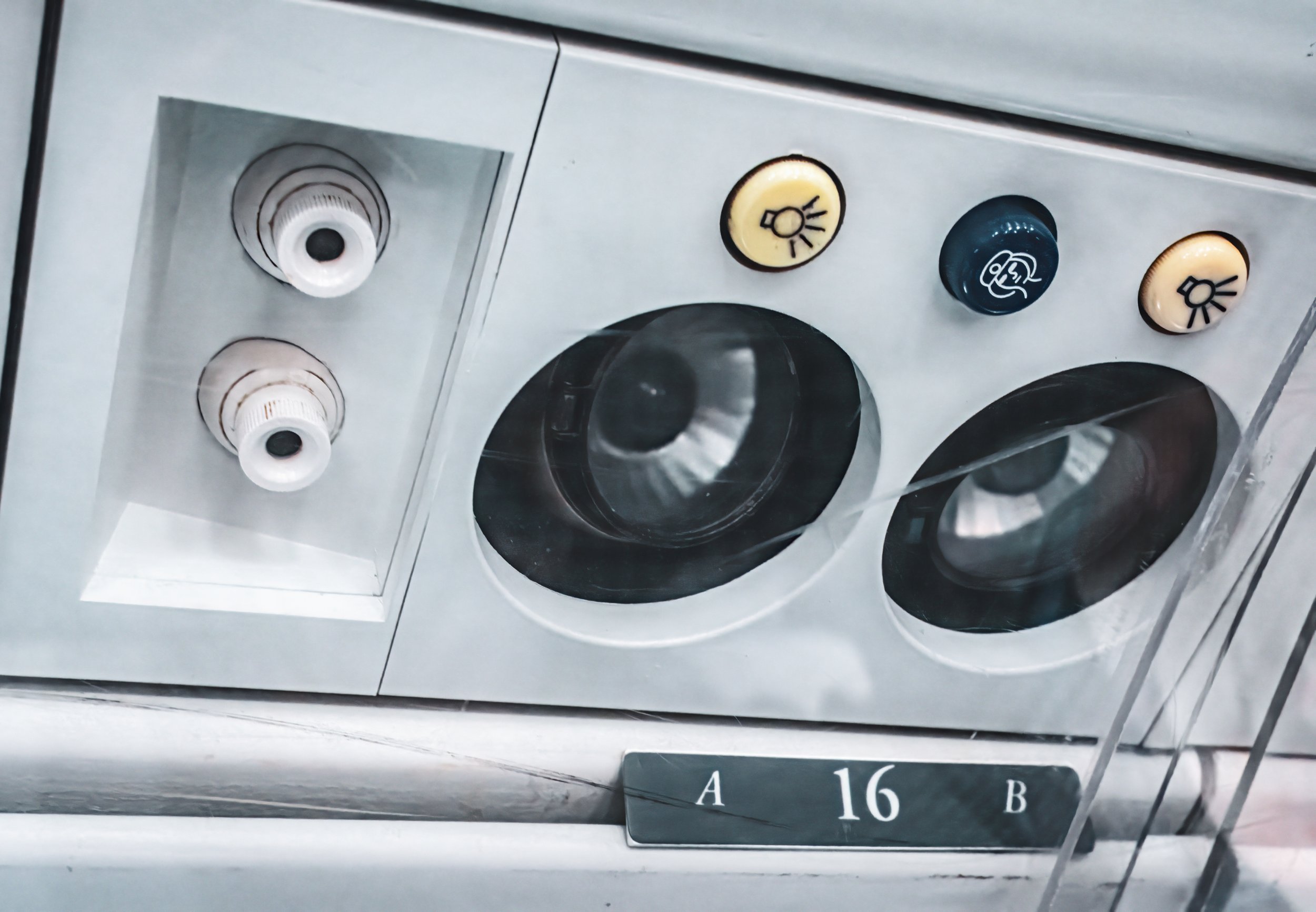
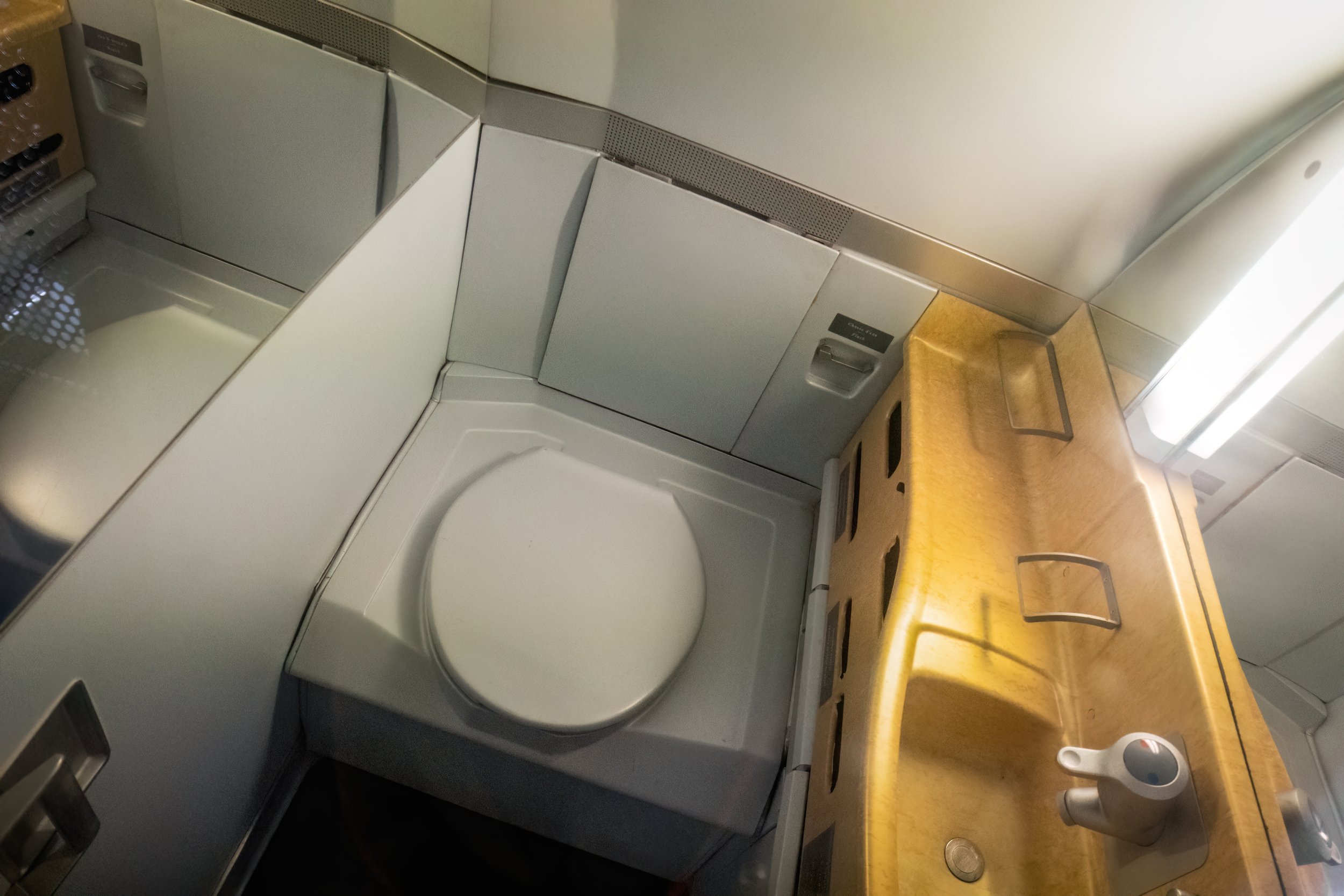
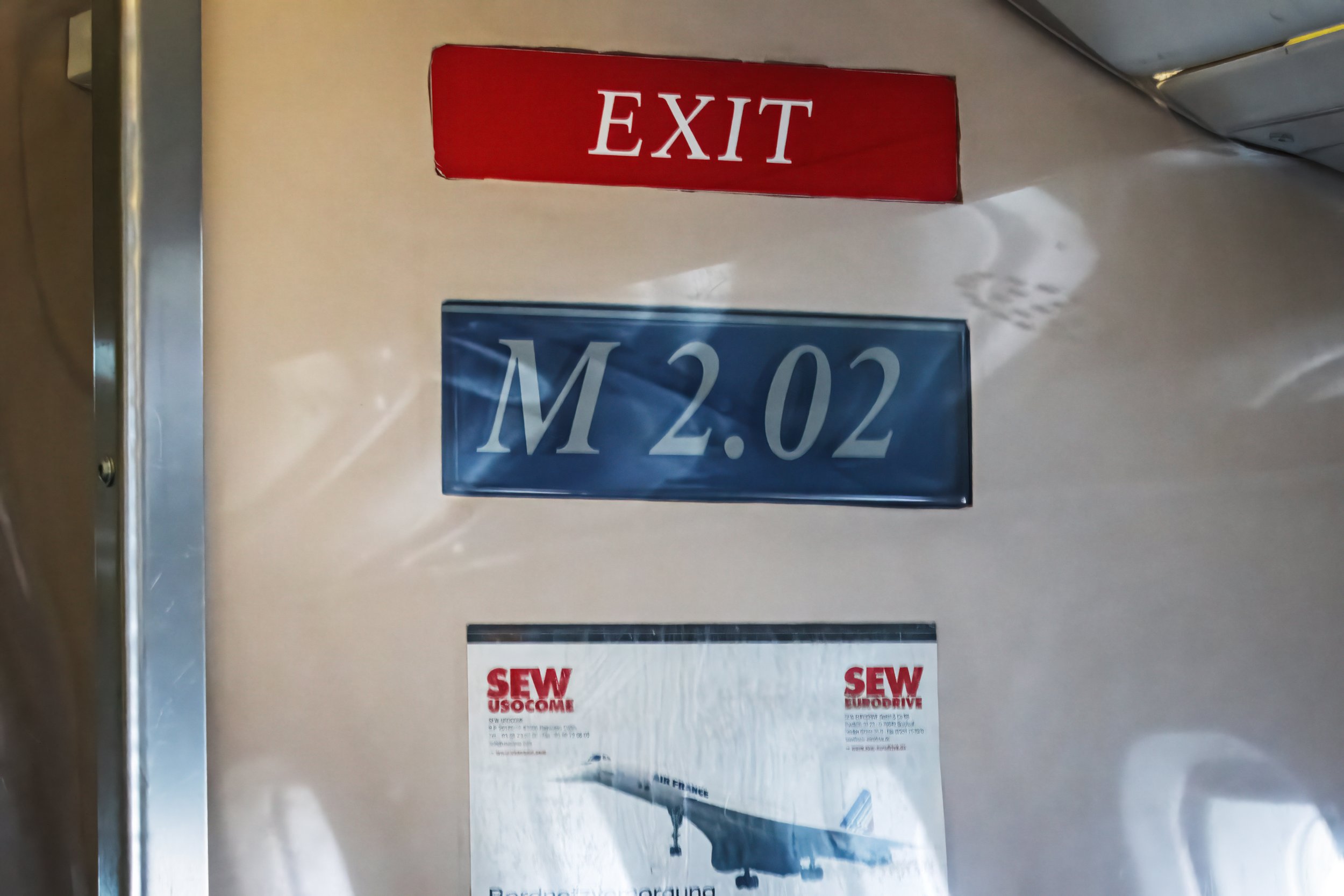
The passenger experience of flying the Tu-144 was indeed unique. In the Soviet Union, the flight reflected the principles of a planned economy and socialism, striving for equality among the population. Surprisingly, a trip on the supersonic Tu-144 only cost a few rubles more than a conventional flight. With a capacity of up to 150 passengers, including 11 first-class and 139 tourist-class seats, the cabin design resembled that of other Soviet aircraft of the era. First-class travelers enjoyed a dining experience on par with the Concorde. However, the limited route options of the Tu-144, such as the Moscow-Almaty round trip due to engine issues, contrasted with its grandeur. Similar to the Concorde, the Tu-144 lacked an In-Flight Entertainment system, marking a different era in aviation travel.. The main downside of the Tu-144 was primarily attributed to the excessively noisy air conditioning system and the constant loudness of the engines operating with afterburners, making in-flight conversation impossible due to the excessively high noise levels in the cabin, averaging 90-95 dB. Despite its theoretical potential as a solid aircraft, the Tu-144 was rushed in its design phase, resulting in significant reliability issues during early commercial operations. The Tu-144S faced an alarming number of over 226 failures, including 80 in-flight malfunctions, which led to flight cancellations or delays. Despite having eight certified aircraft and potential routes for supersonic travel, Aeroflot's limited confidence in its commercial success was evident in its restricted Moscow to Almaty route, operated once a week. Passenger services commenced in 1977 showed inadequate viability and safety, prompting the eventual termination of the program. Plans to reintroduce the service with the Tu-144D variant were later shelved due to funding cuts from the authorities. The ticket price on the Tupolev in today's money would be approximately 220 dollars, a significantly more economical option compared to the notably pricier Concorde fares.
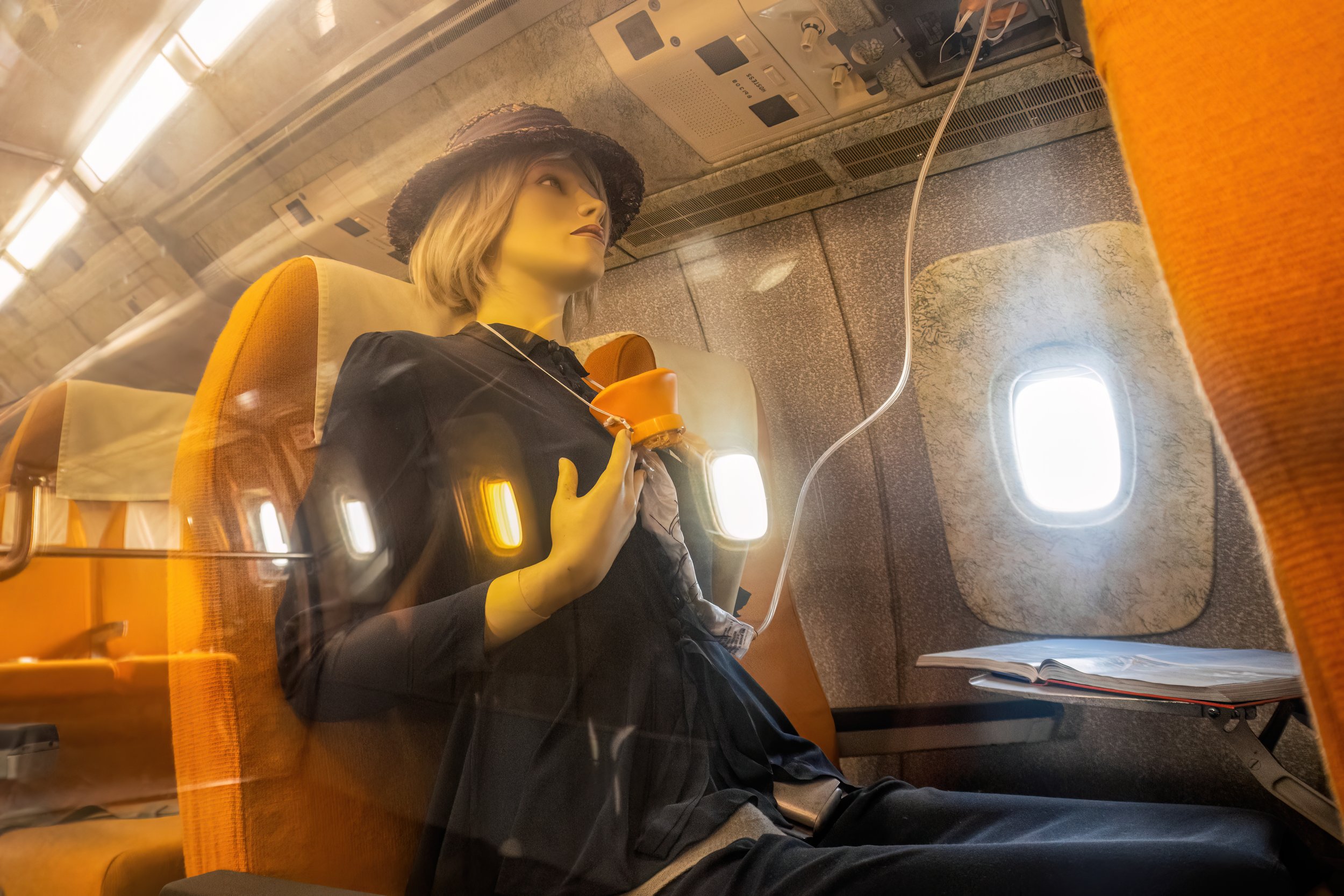
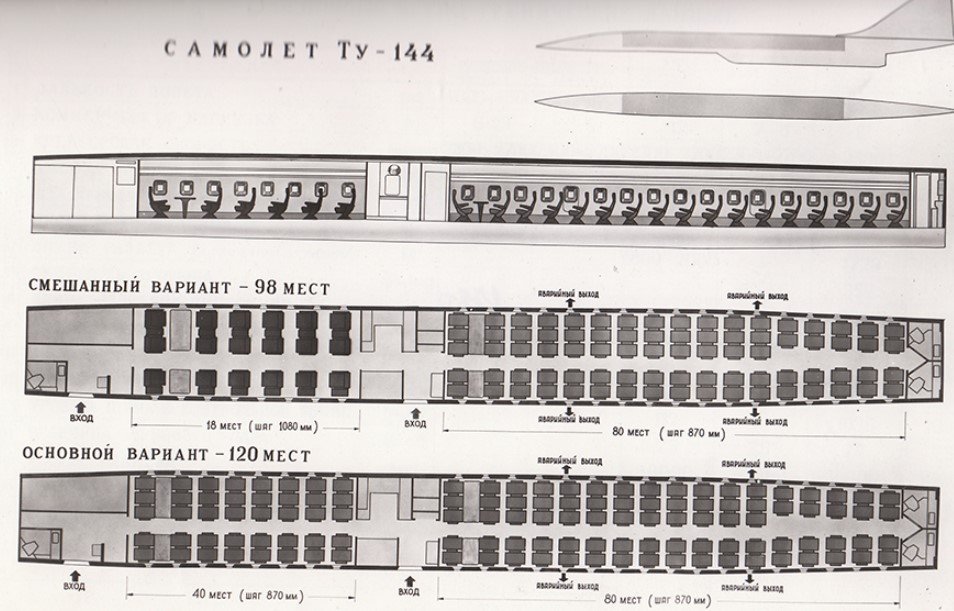

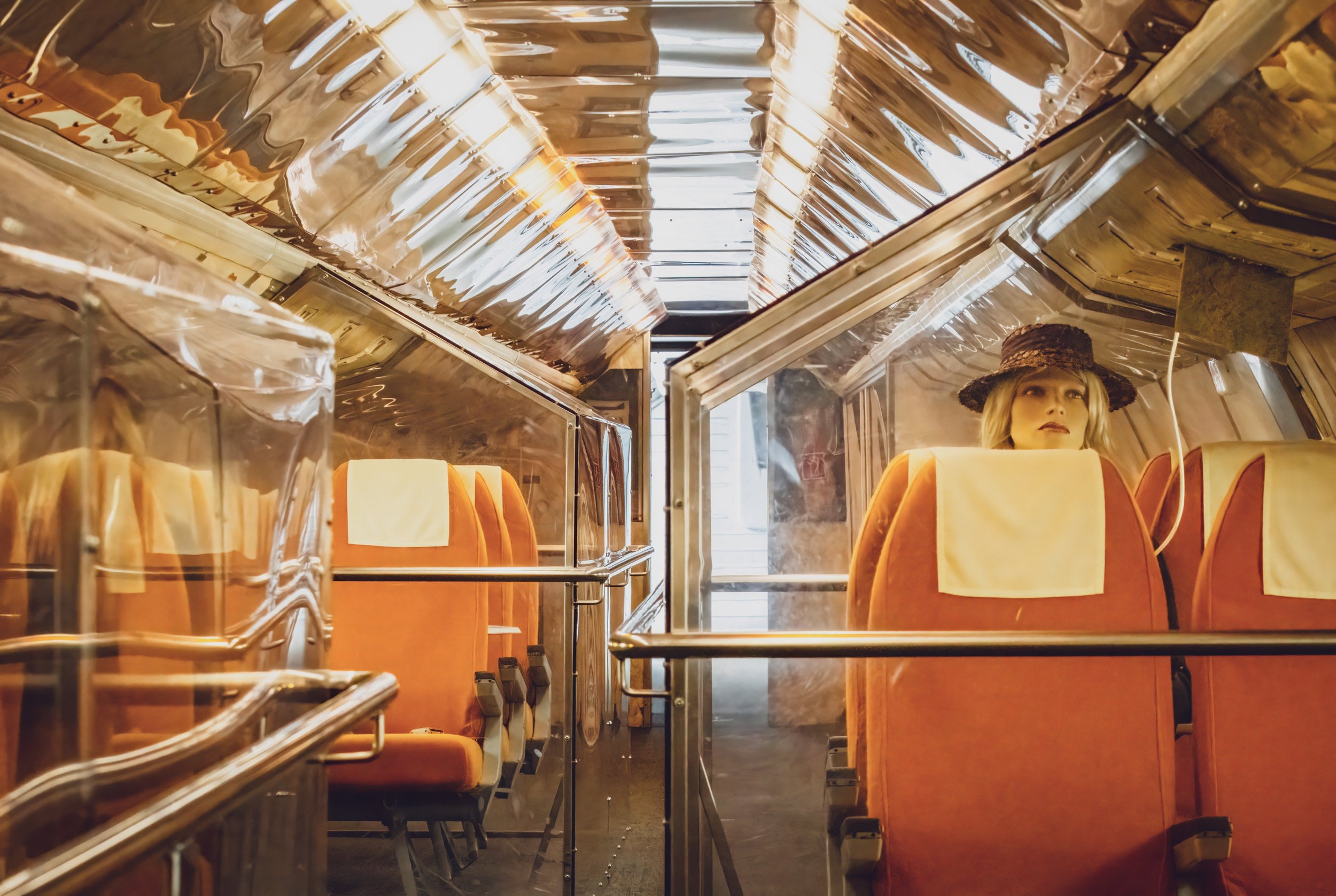
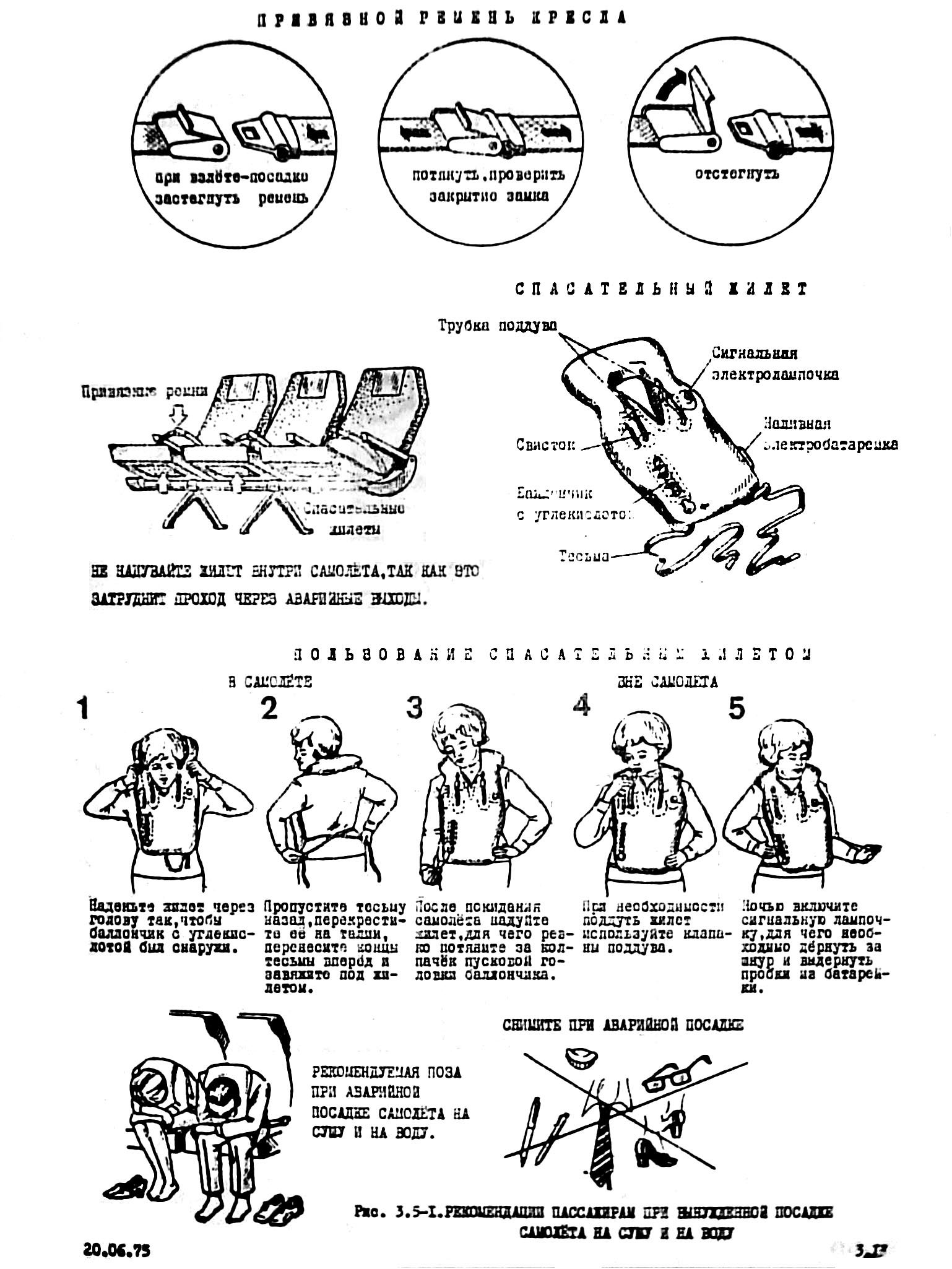
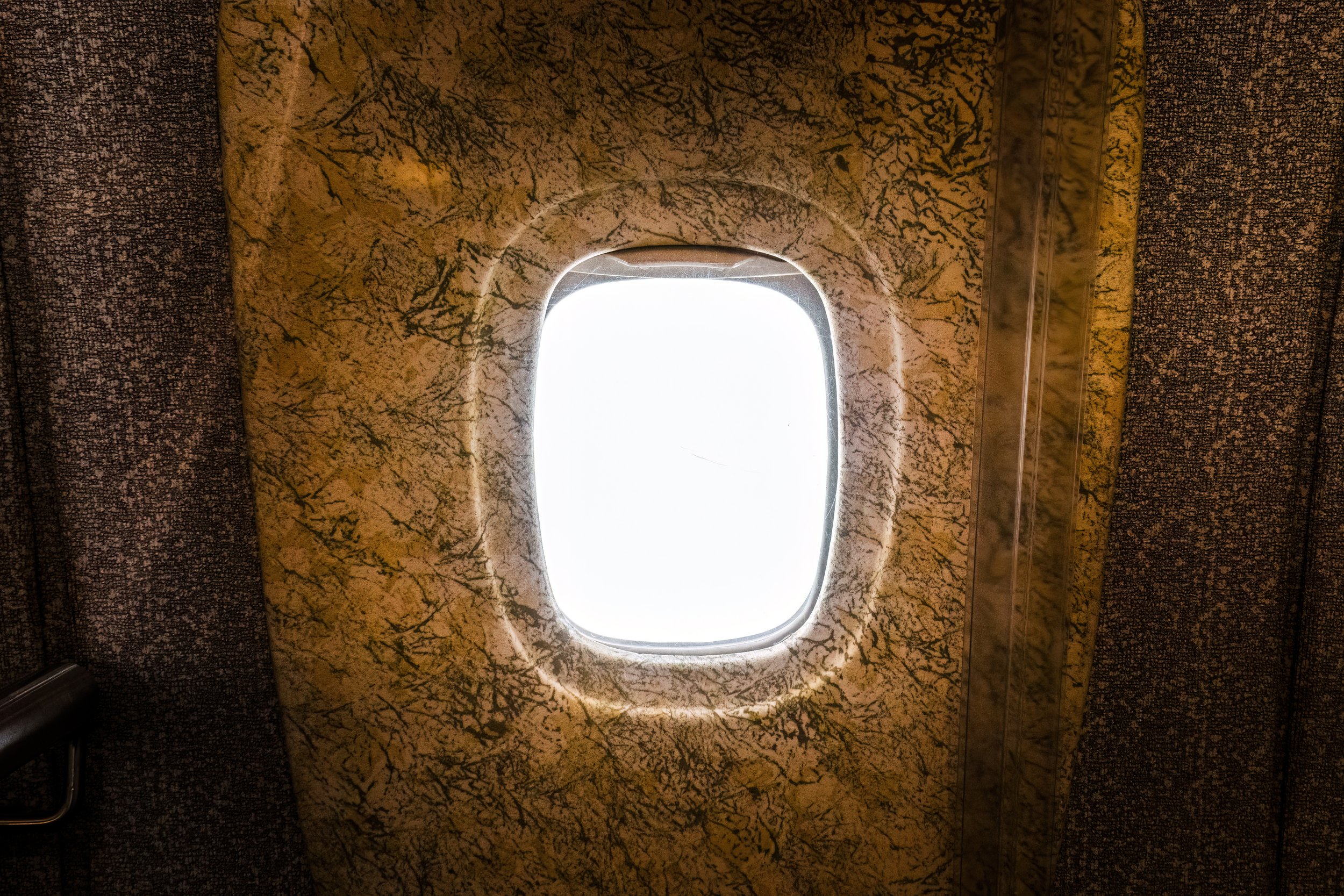
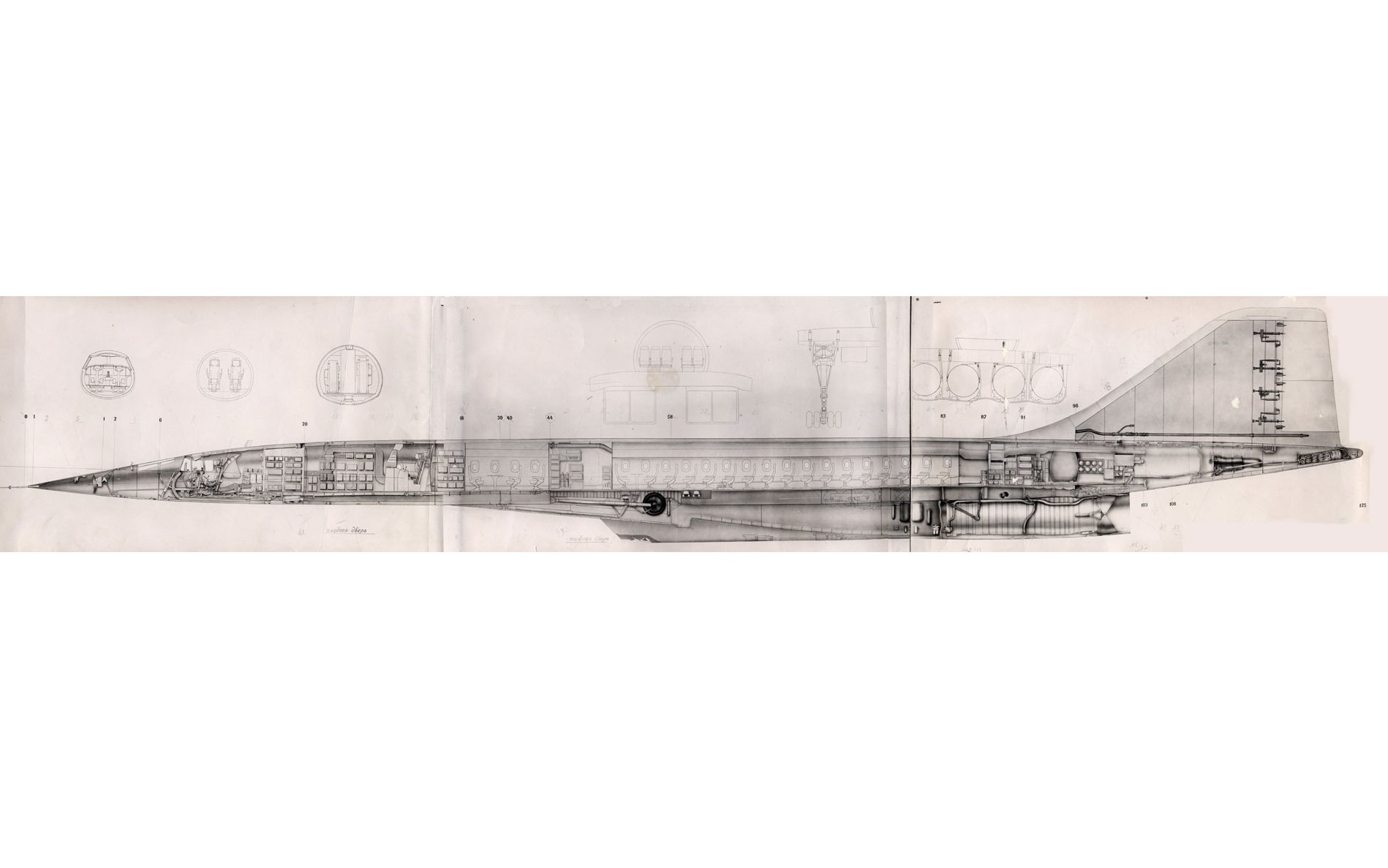
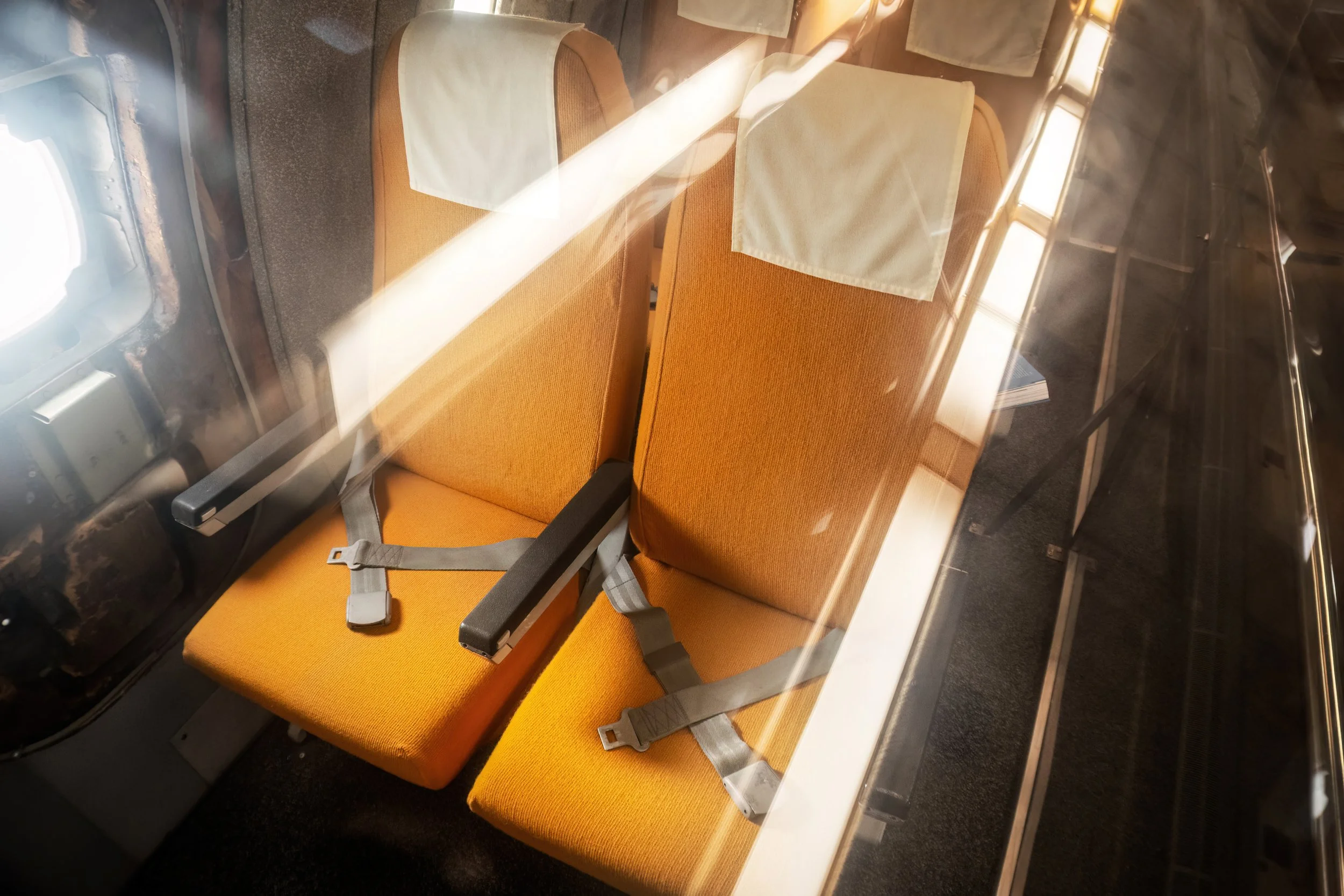
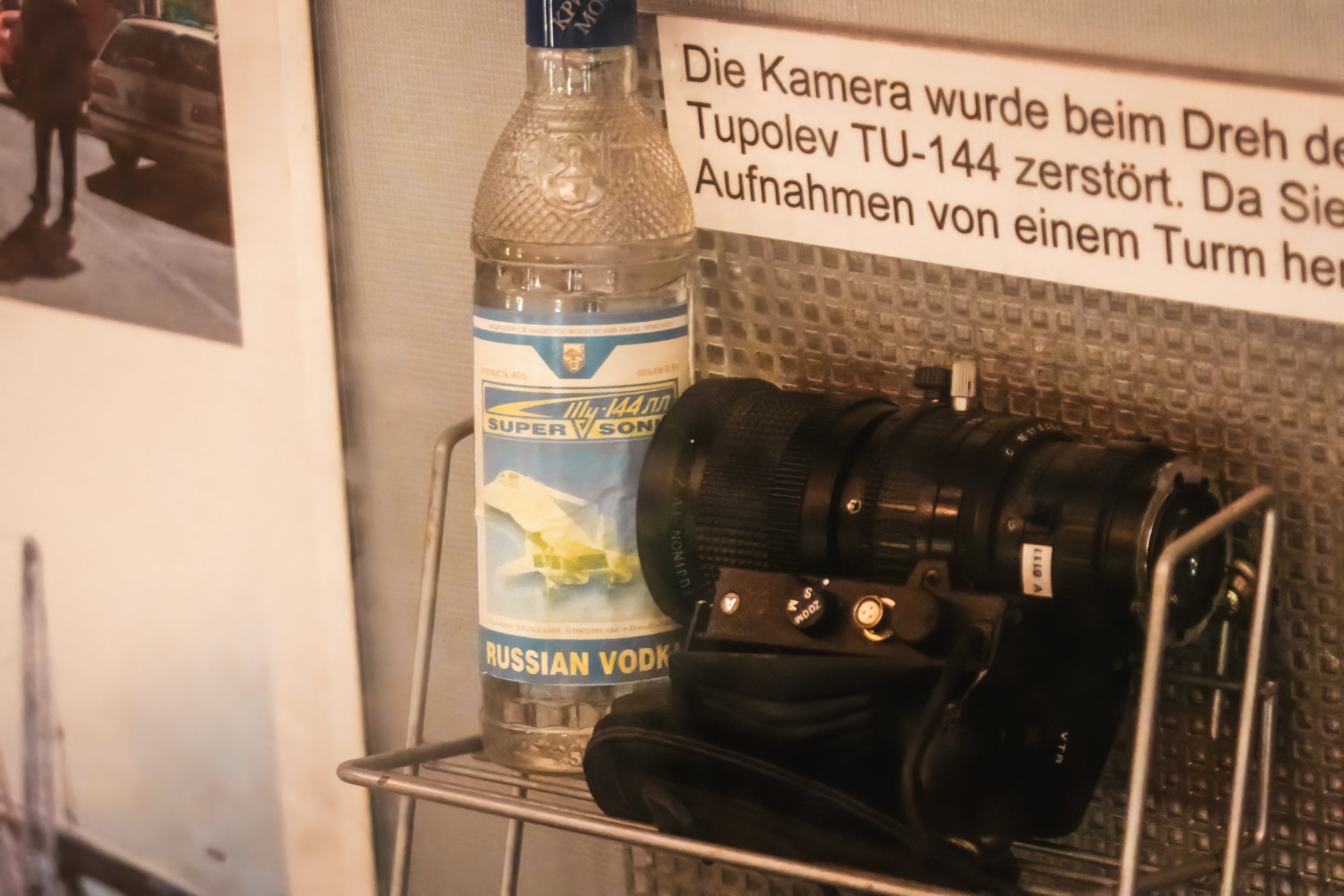
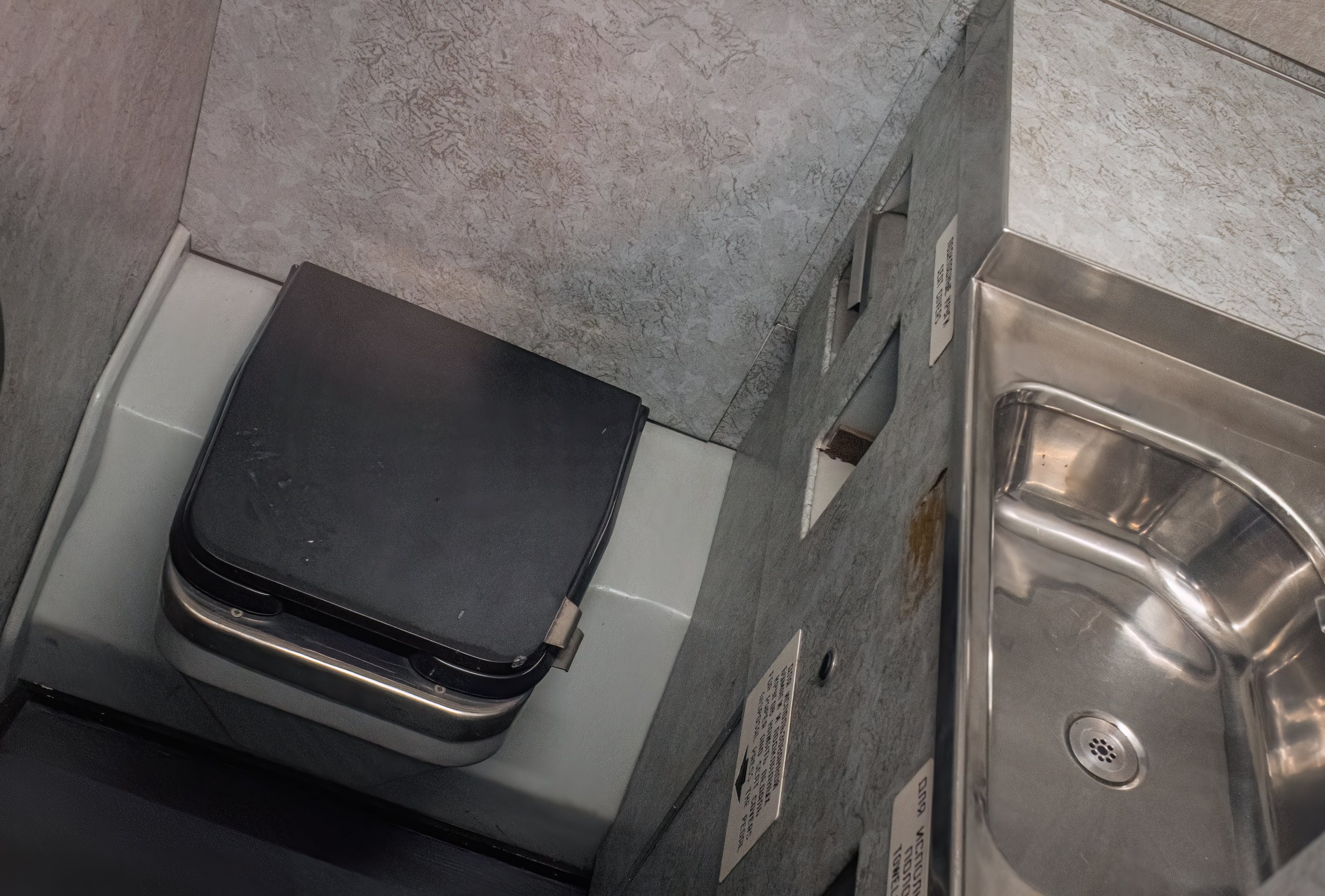
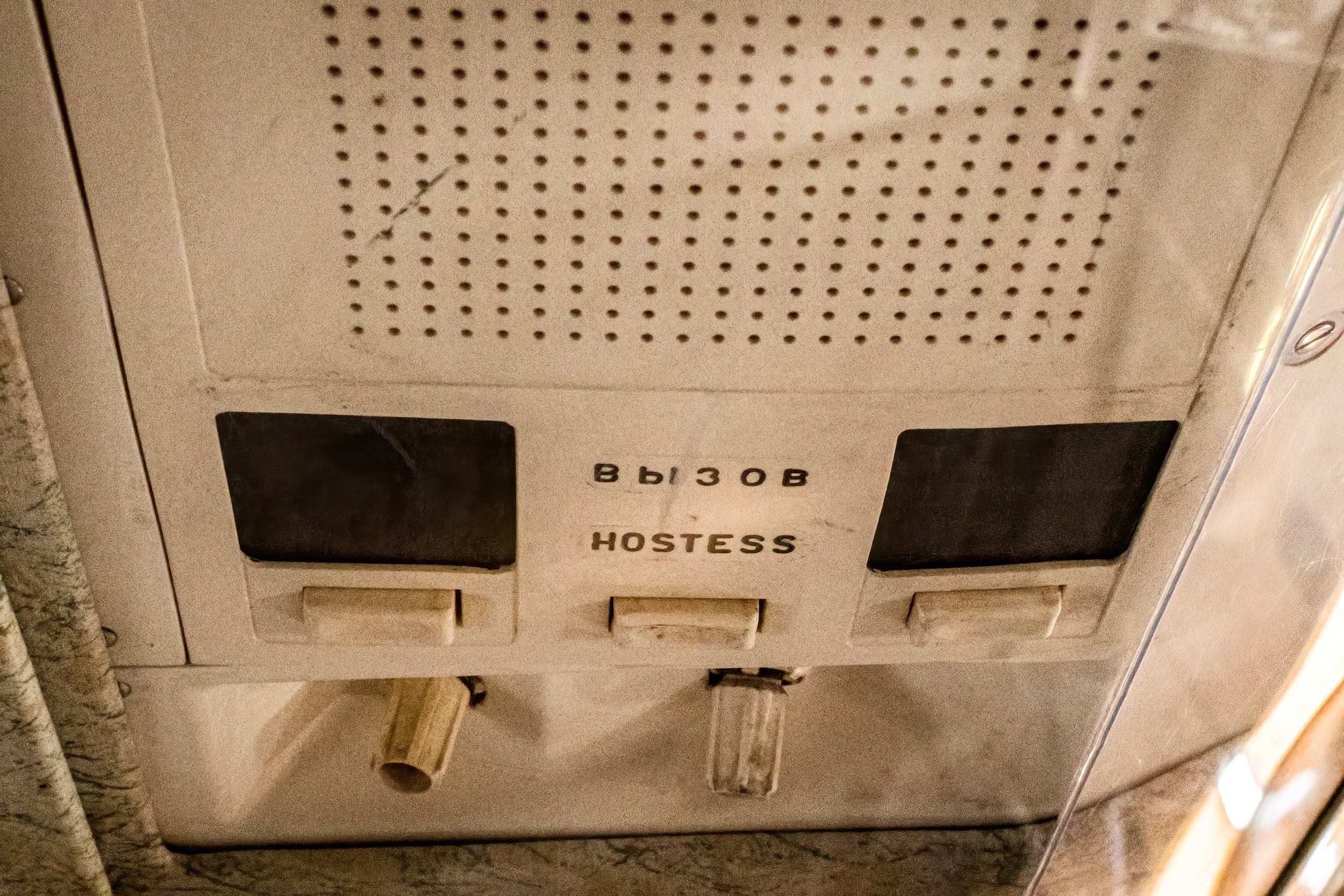
The Aerodynamics
Aerodynamics, a rather intricate branch of science, requires an explanation that is both comprehensive yet comprehensible while focusing solely on essential elements. To attain speeds surpassing Mach 2, a distinct design approach becomes necessary. The decision to employ the Delta wing stems from this prerequisite. In contrast to traditional subsonic aircraft wings teeming with numerous movable components for control and trim alongside intricate flaps and leading-edge slats for augmented lift at lower speeds, Concorde opts for simplicity. With just six trailing edge "elevons" serving as replacements for conventional elevators and ailerons, Concorde's delta wing enables both pitch and roll control. Evolving aircraft speeds have led to an augmentation in wings' sweepback; Concorde's slender delta wing takes this concept further. Instead of just sweeping back at a 55-degree angle, when viewed head-on, it exhibits a twist and droop, masking complexity behind what may seem like a straightforward design.It is the intricacies of this innovative design that allow Concorde to efficiently generate lift at both low and high speeds. Unlike traditional aircraft wings where vortices form mainly at the tips, Concorde's delta wing produces vortices along its entire surface at low speeds, greatly enhancing lift production. This unique feature, combined with a high angle of attack, enables Concorde to operate effectively during takeoff and landing at slow speeds. Furthermore, the delta shape creates a ground effect during landing, providing a cushion of air that contributes to the aircraft's smooth touchdown even at higher speeds. The wing also had several access doors to simplify the maintenance of the aircraft. Opening these doors allowed easy access to some of the aircraft's systems and fuel tanks. Concorde, known for its unique design and supersonic speed, featured multiple fuel tanks essential for its operation. Unlike traditional airliners, Concorde had to transfer fuel between tanks during flight to ensure proper trim and balance due to the absence of a full tailplane. This transfer of fuel was crucial for maintaining the Center of Gravity at the precise location required for different speeds during supersonic flight. Impressively, these tanks had a total capacity of 119,000 liters, enabling long-distance travel at high speeds. Additionally, the fuel served a dual purpose by acting as a coolant for the wings, especially crucial during the intense heat generated during supersonic flight. The plane's famous sloping nose was not only a signature design feature but also meticulously engineered to maximize aerodynamic efficiency, minimizing drag while soaring at supersonic speeds. As the nose was raised during flight, visibility for the pilots was obscured, necessitating moments of lowering during takeoff and landing when speed reduced, offering clear views of the surrounding environment.
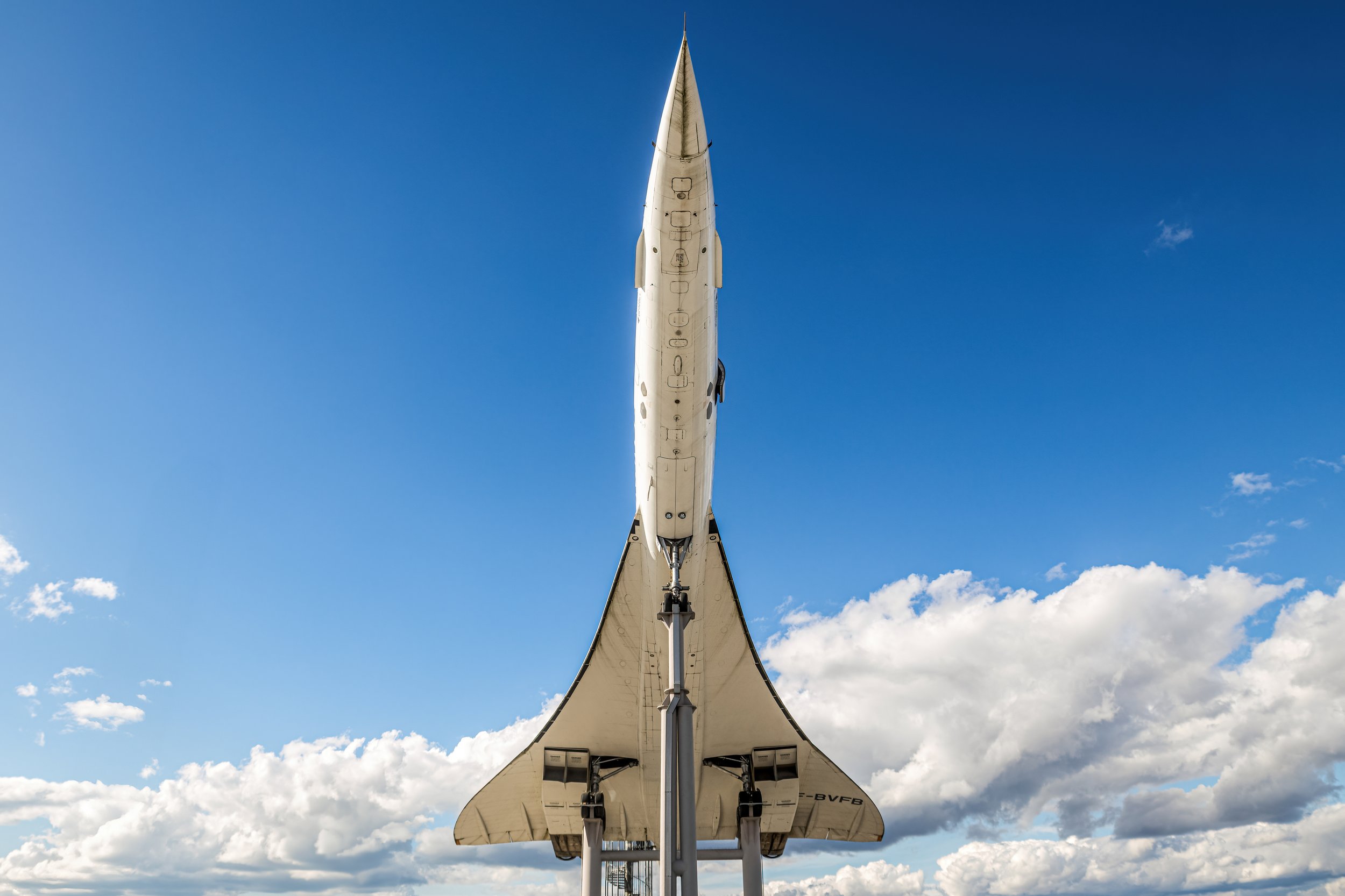
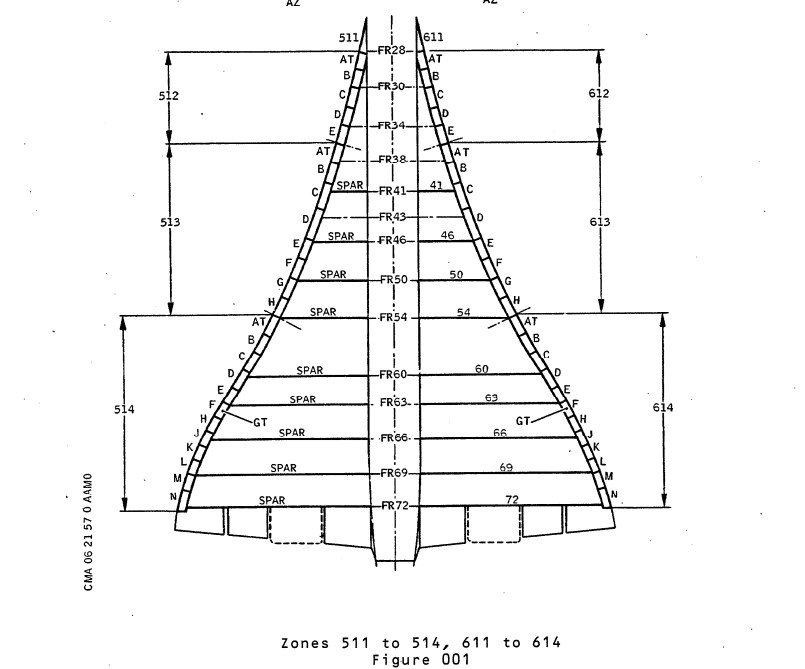
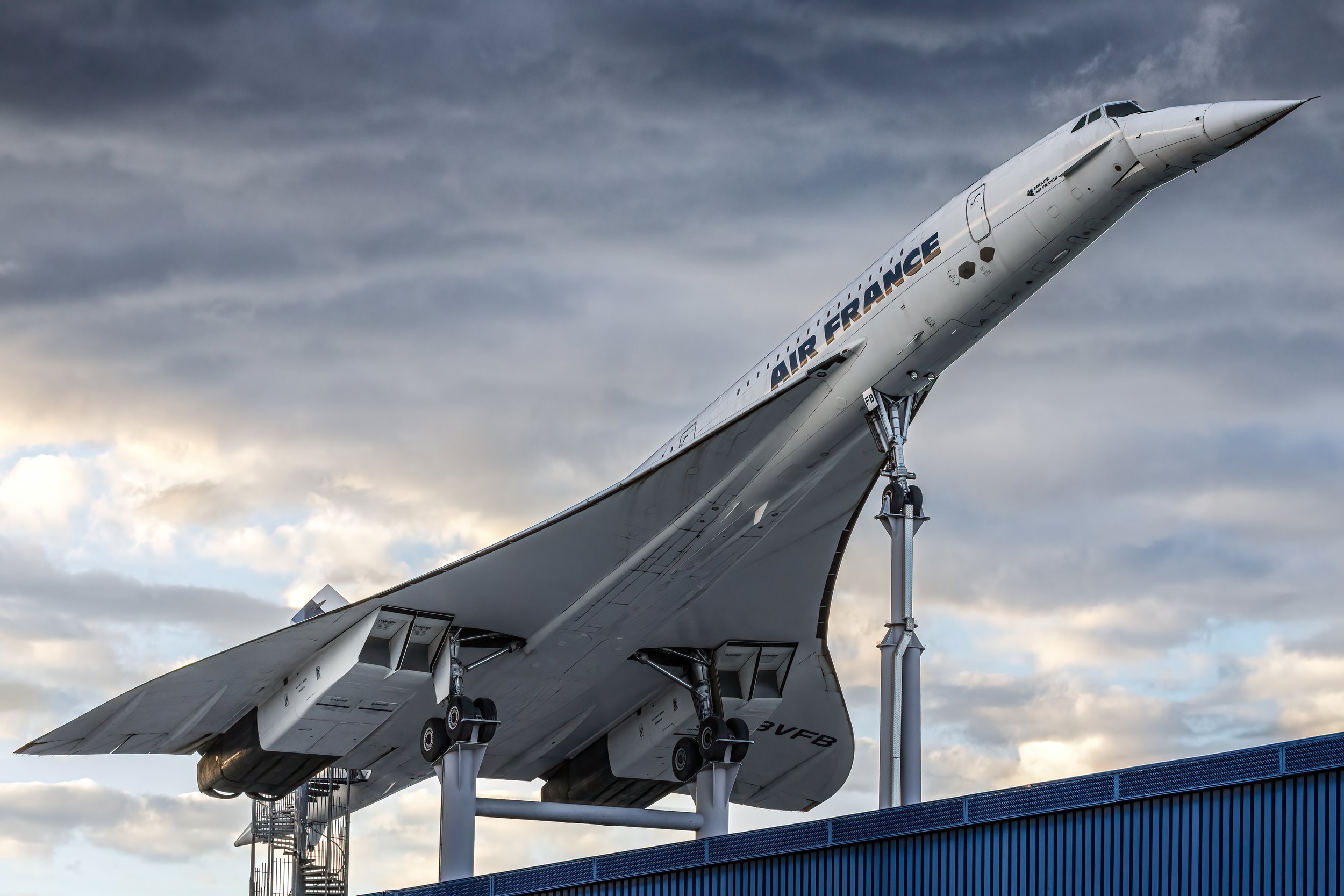
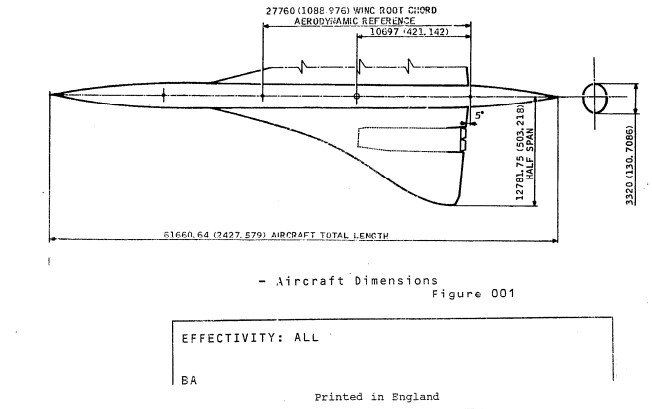
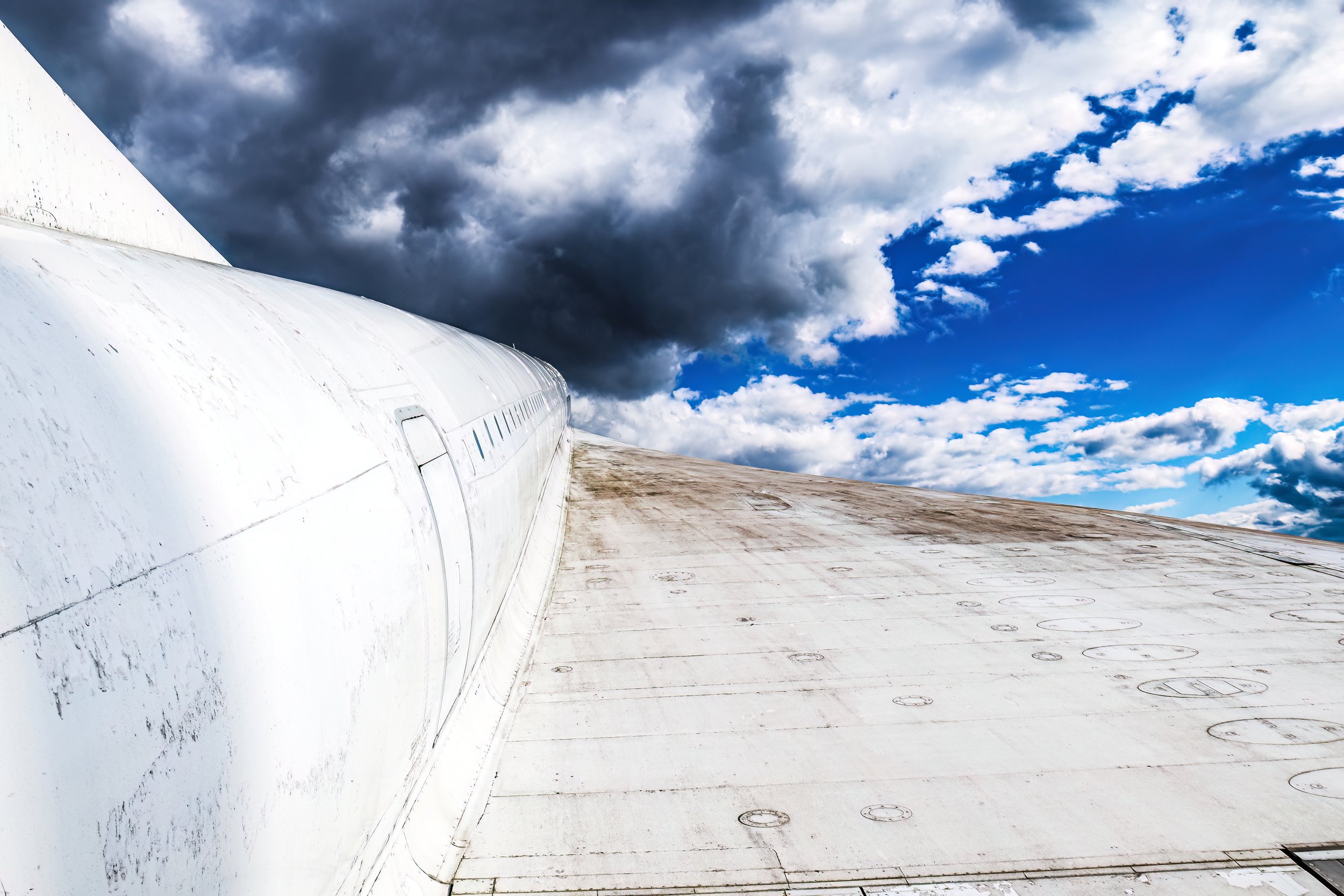
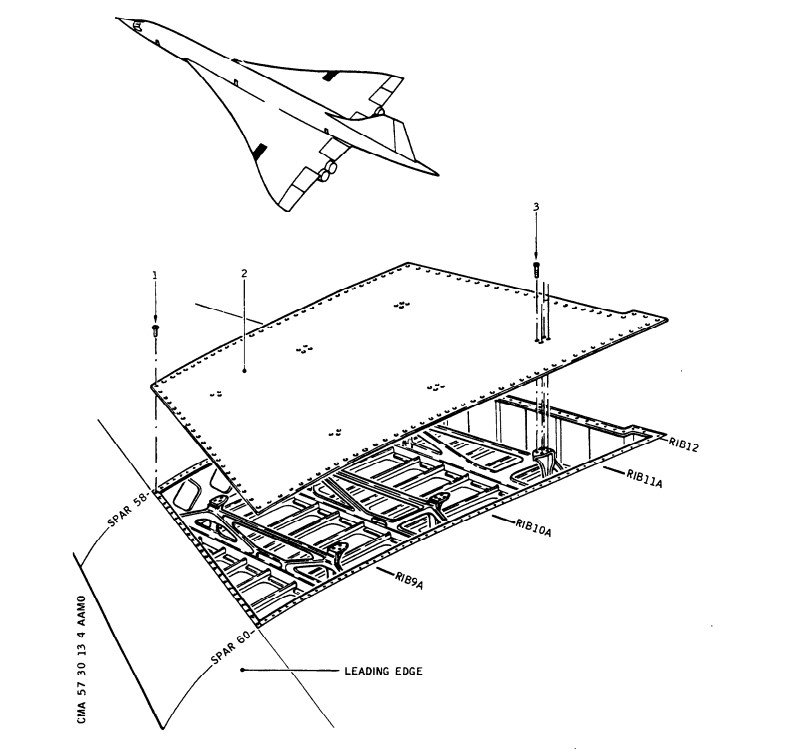
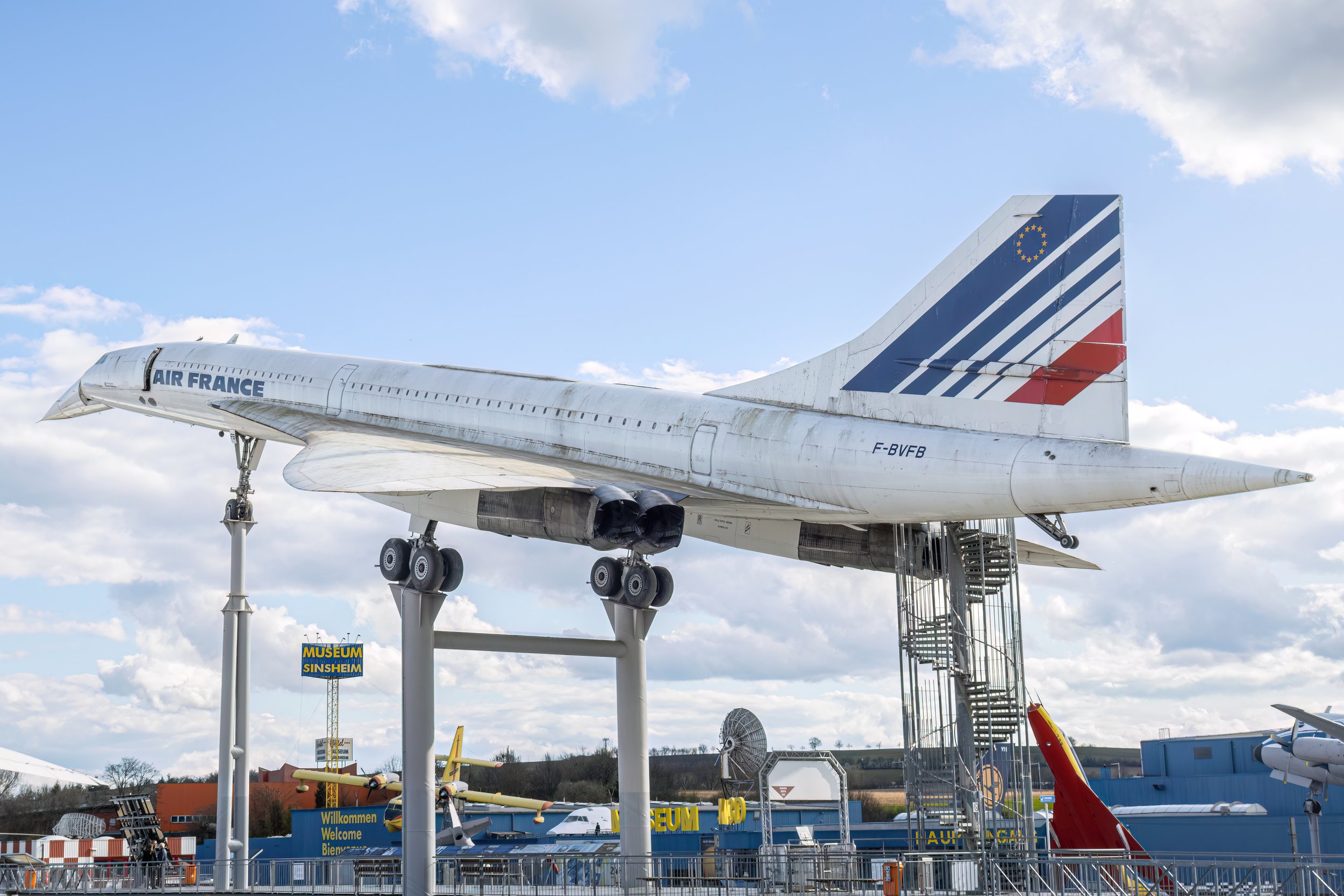
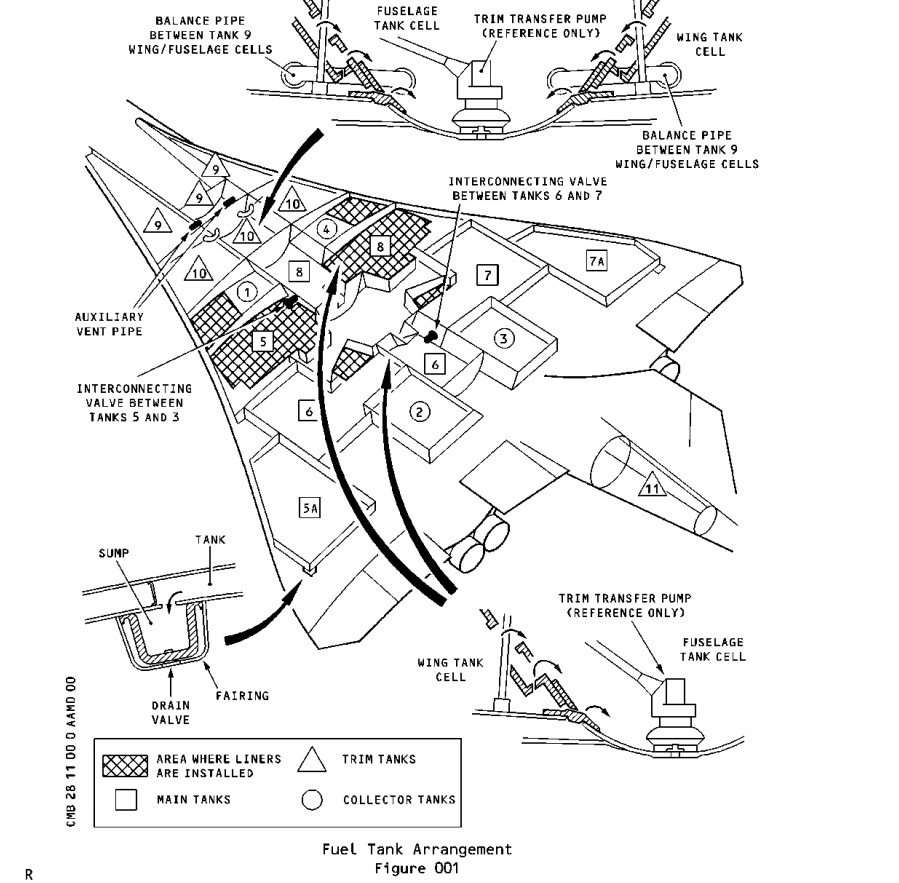
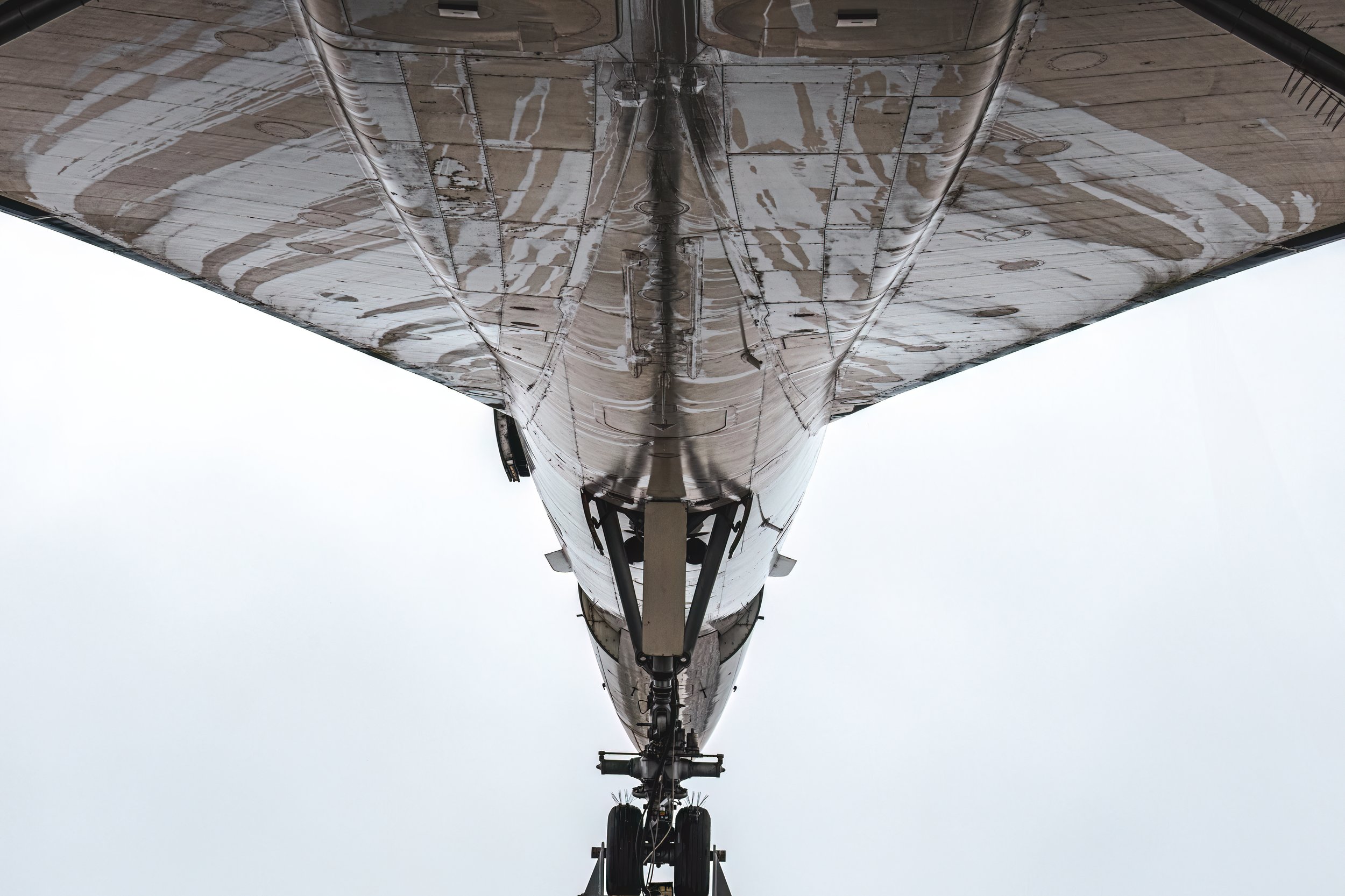
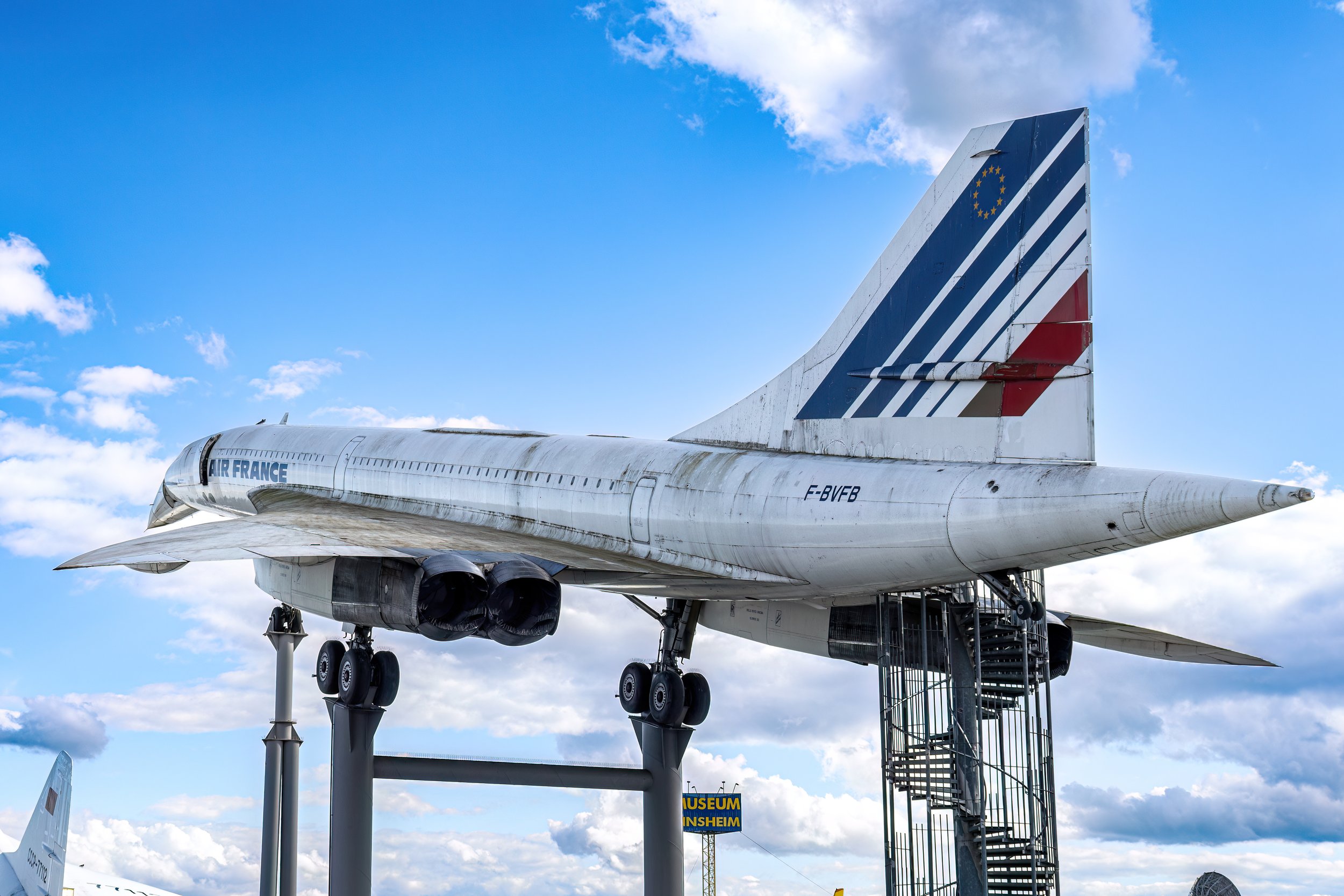
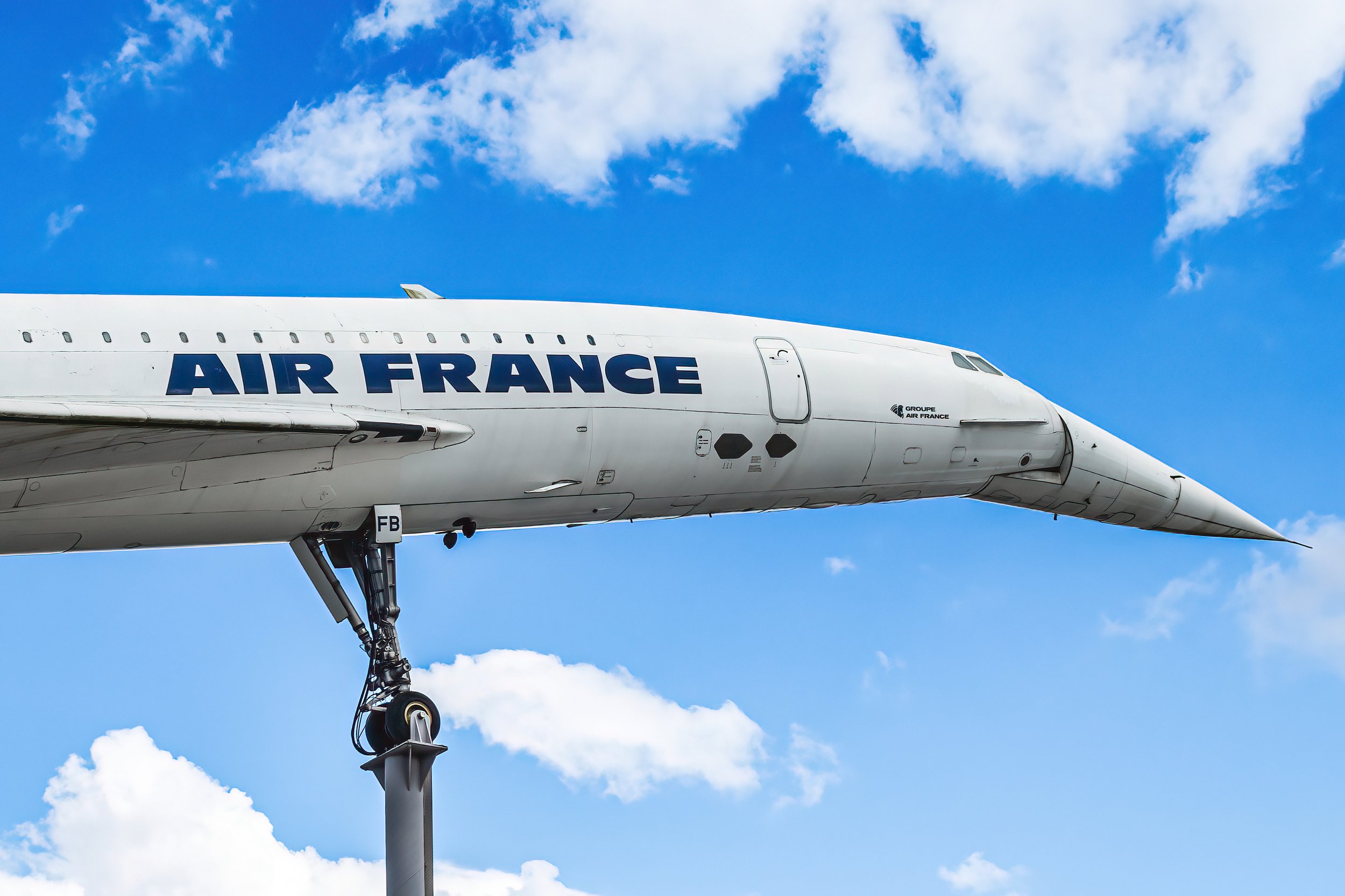
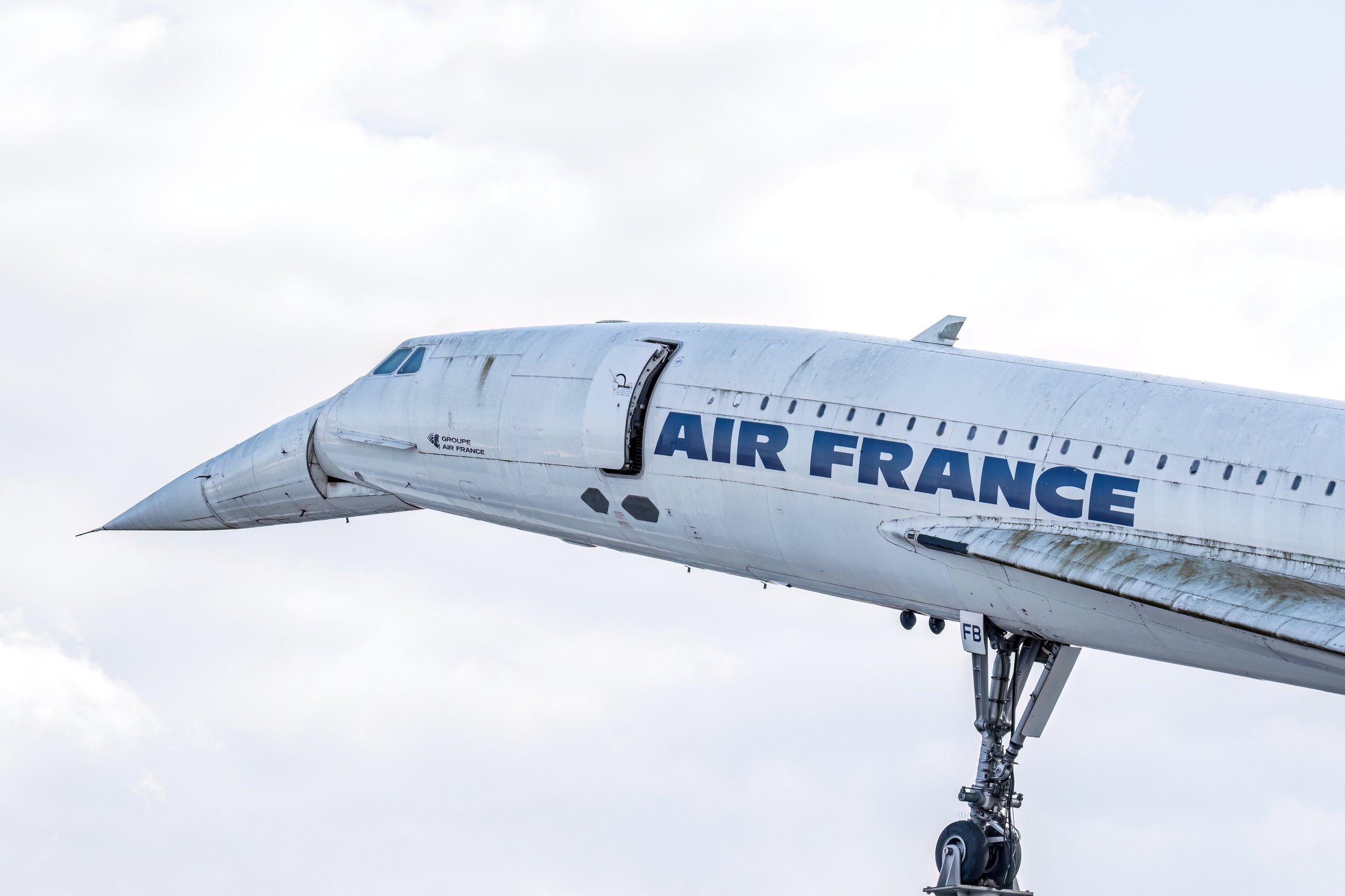
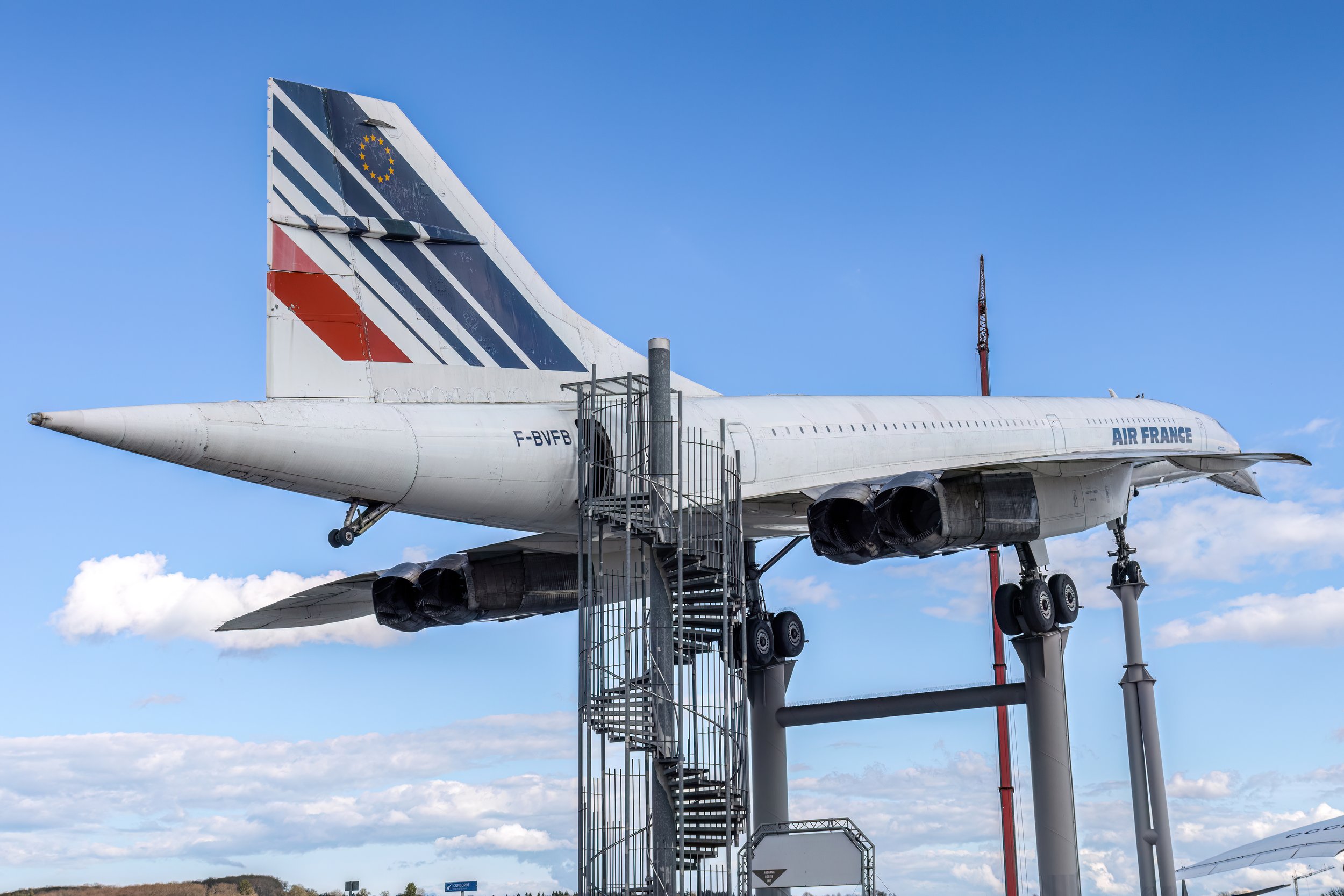
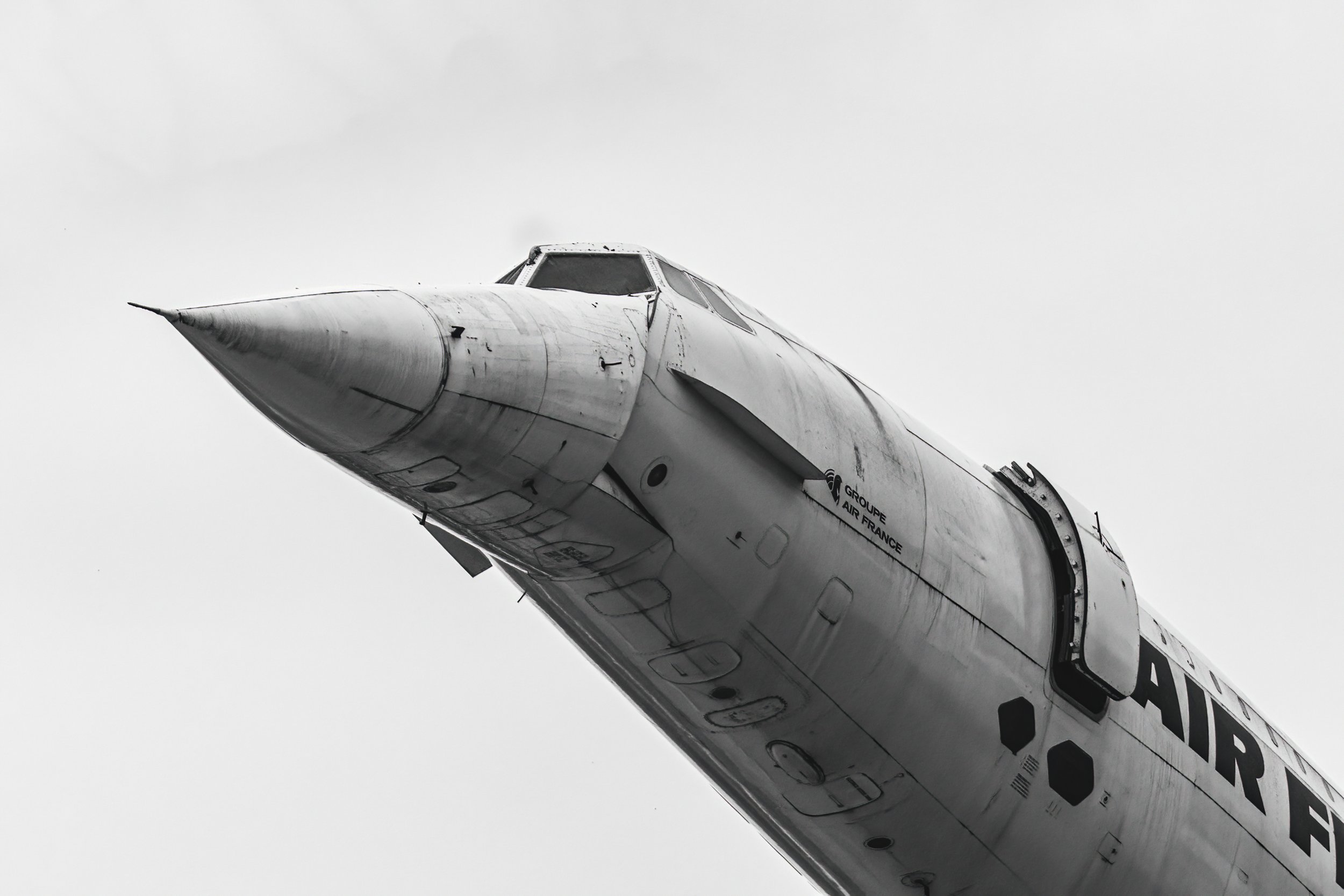
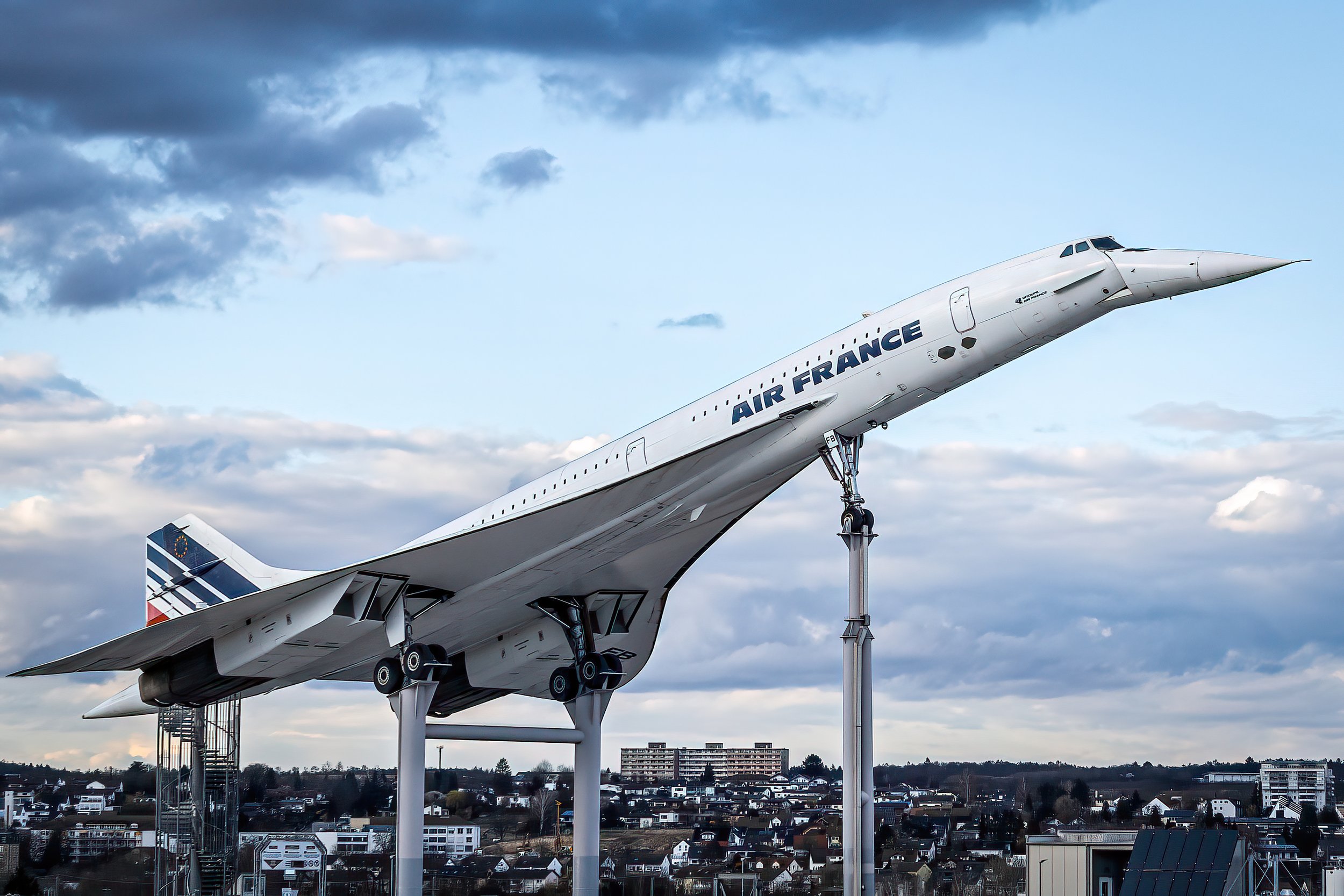
The Tupolev 144 and Concorde shared a similar purpose as supersonic airliners, leading to the adoption of the Delta wing design by Soviet engineers. Addressing challenges akin to those faced by the Concorde's designers, the shape of the wing was a critical concern. Within the realm of supersonic aircraft, the wings had to perform effectively at both high and low speeds. While delta wings suffer from reduced lift at lower speeds, an elongated delta wing was found to enhance lift performance. In the case of the Concorde, the wing's complex "ogee" shape facilitated lift maintenance at various angles of attack, crucial for landing speeds. Comparatively, the Tu-144 featured a less refined delta wing design, necessitating the addition of canard wings for enhanced lift during low speeds. These canards, located above the cockpit, stabilized the aircraft during slower phases of flight, assisting in its performance. Similar to the Concorde, the Tu-144 incorporated multiple fuel tanks for maintaining the center of gravity during transitions between subsonic and supersonic speeds. Additionally, both aircraft boasted a characteristic descending nose feature in their design. Due to the slight speed advantage of the Tu-144, the design bureau also made the strategic decision to incorporate a significant amount of titanium in its construction. This choice not only contributed to the aircraft's performance but also reflected the innovative approach taken in developing this supersonic aircraft. Concorde engineers had to determine the optimal speed to ensure the composite materials and duralumin could endure the temperature limits, imposing a cap on the aircraft's velocity. In contrast, the Soviets opted not to impose such restrictions, which led to a more complex design. Furthermore, during that era, the titanium machining industry was far less advanced, requiring the discovery of new alloys and machining techniques. Consequently, the overall project costs escalated even further.
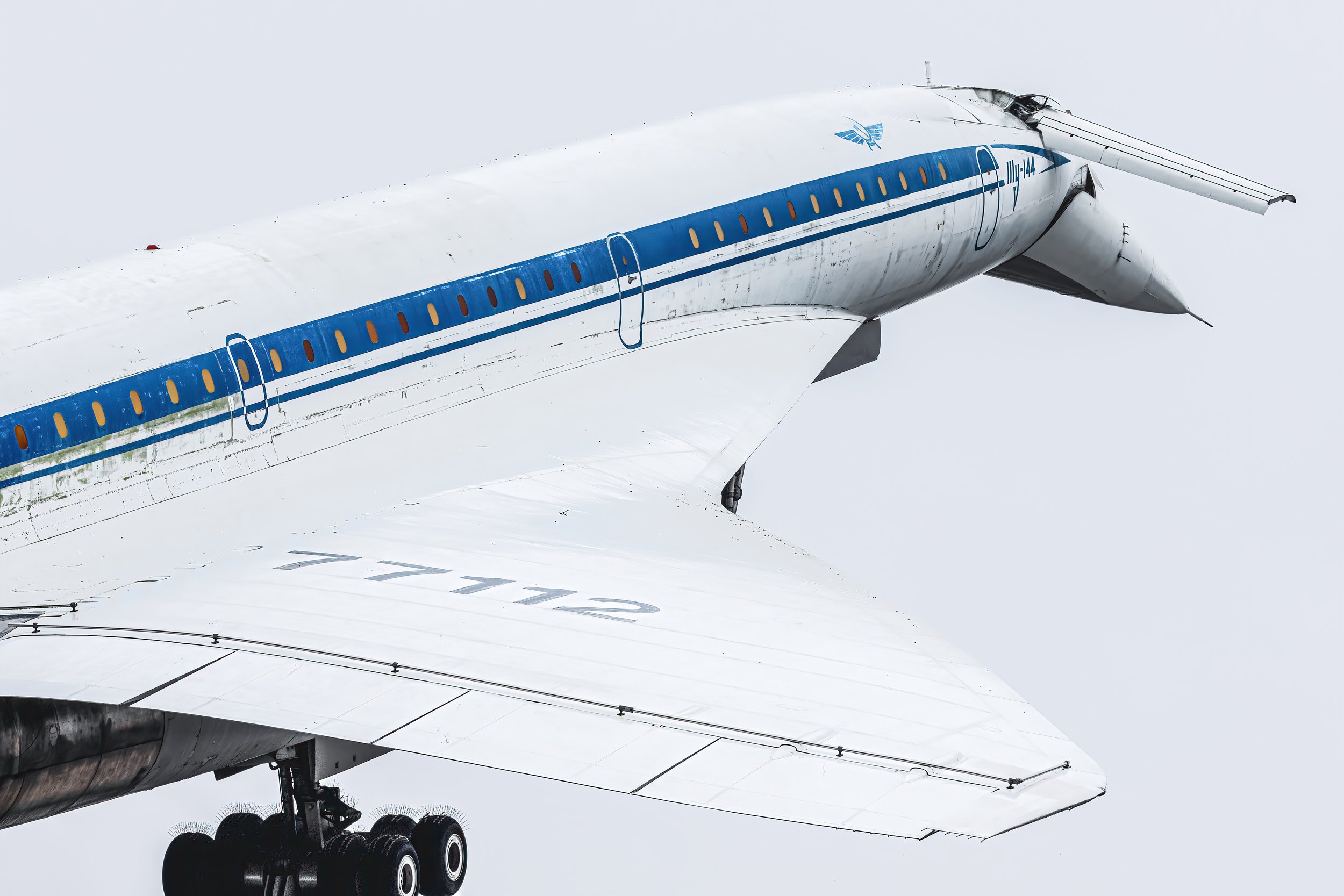
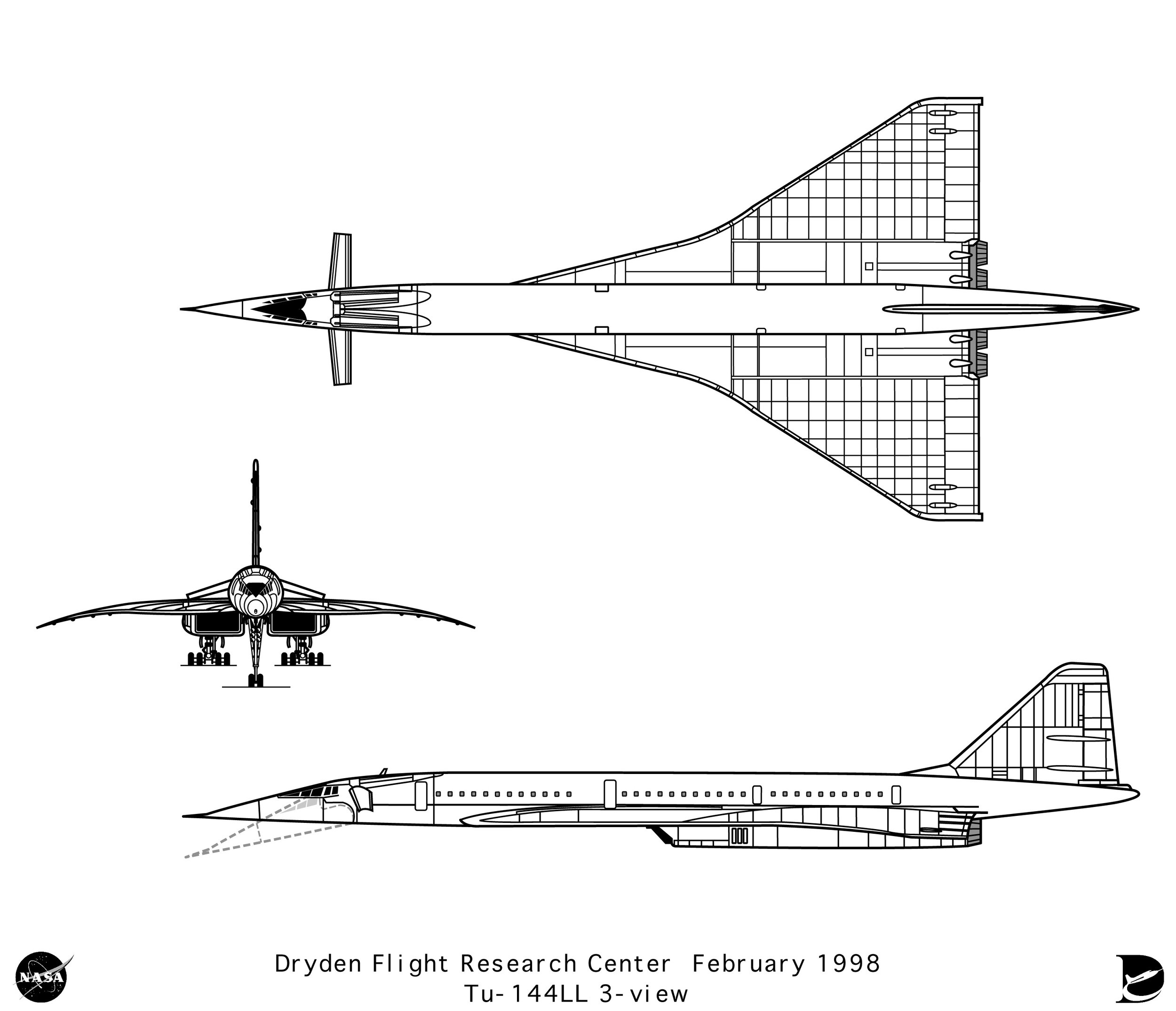
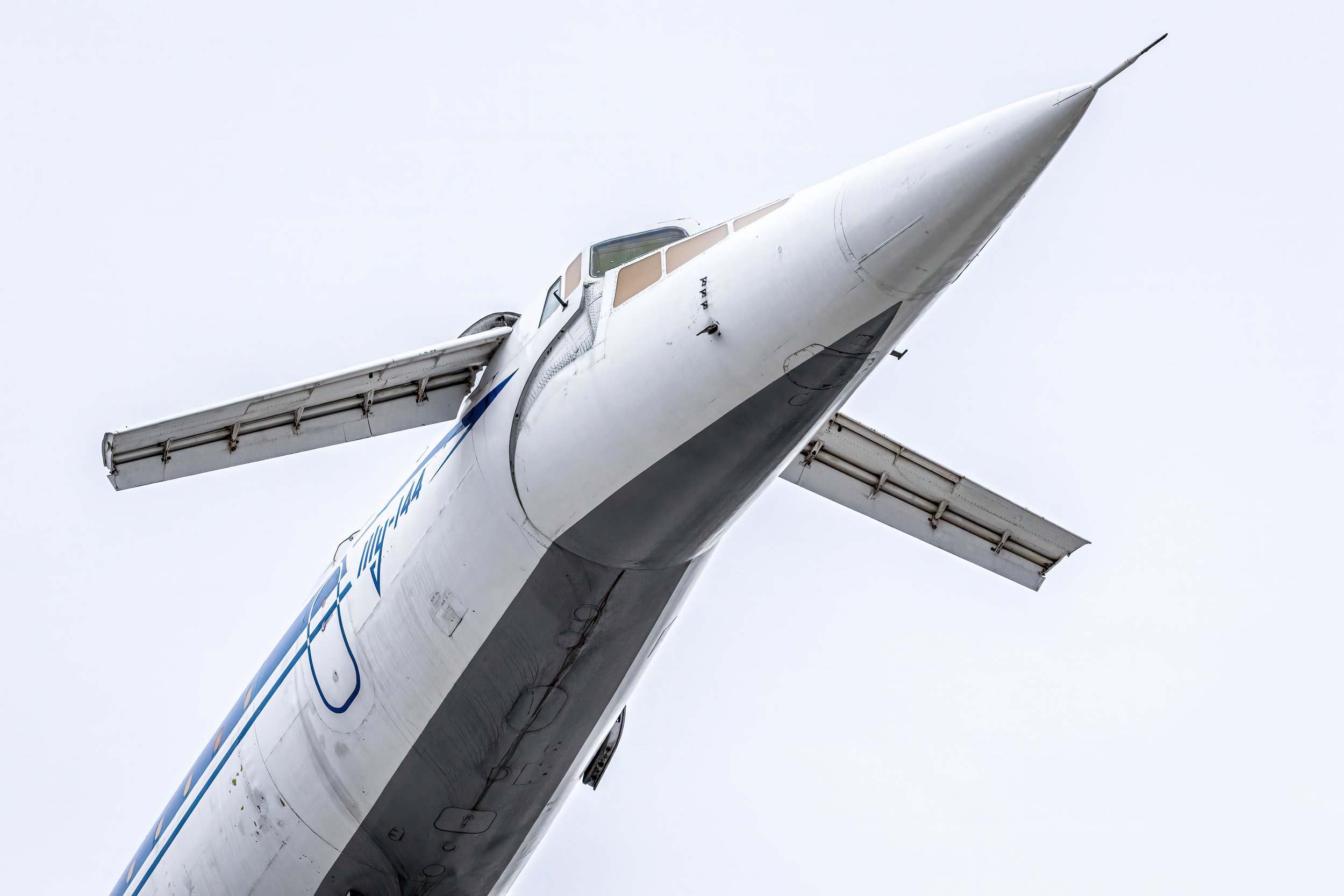
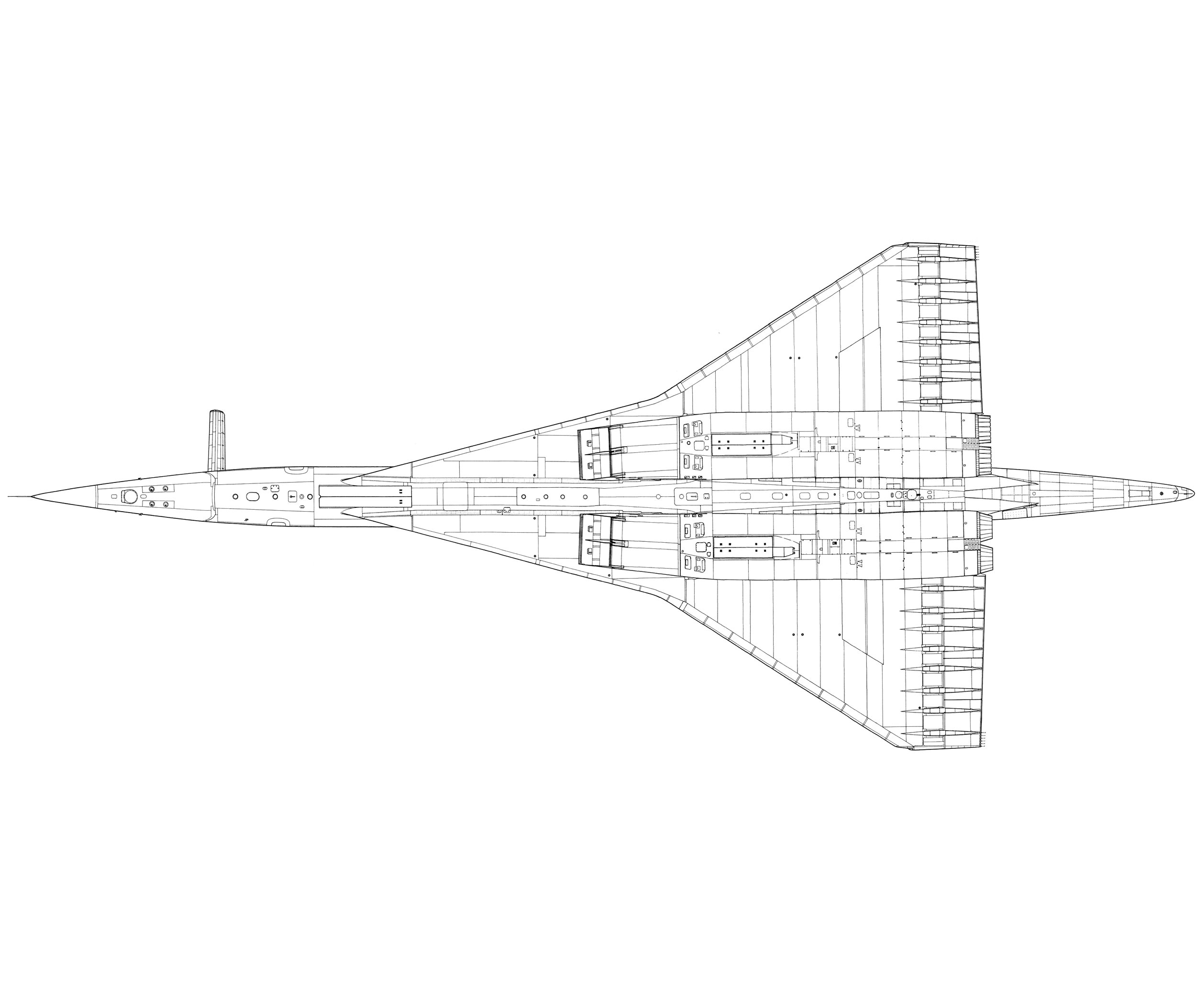
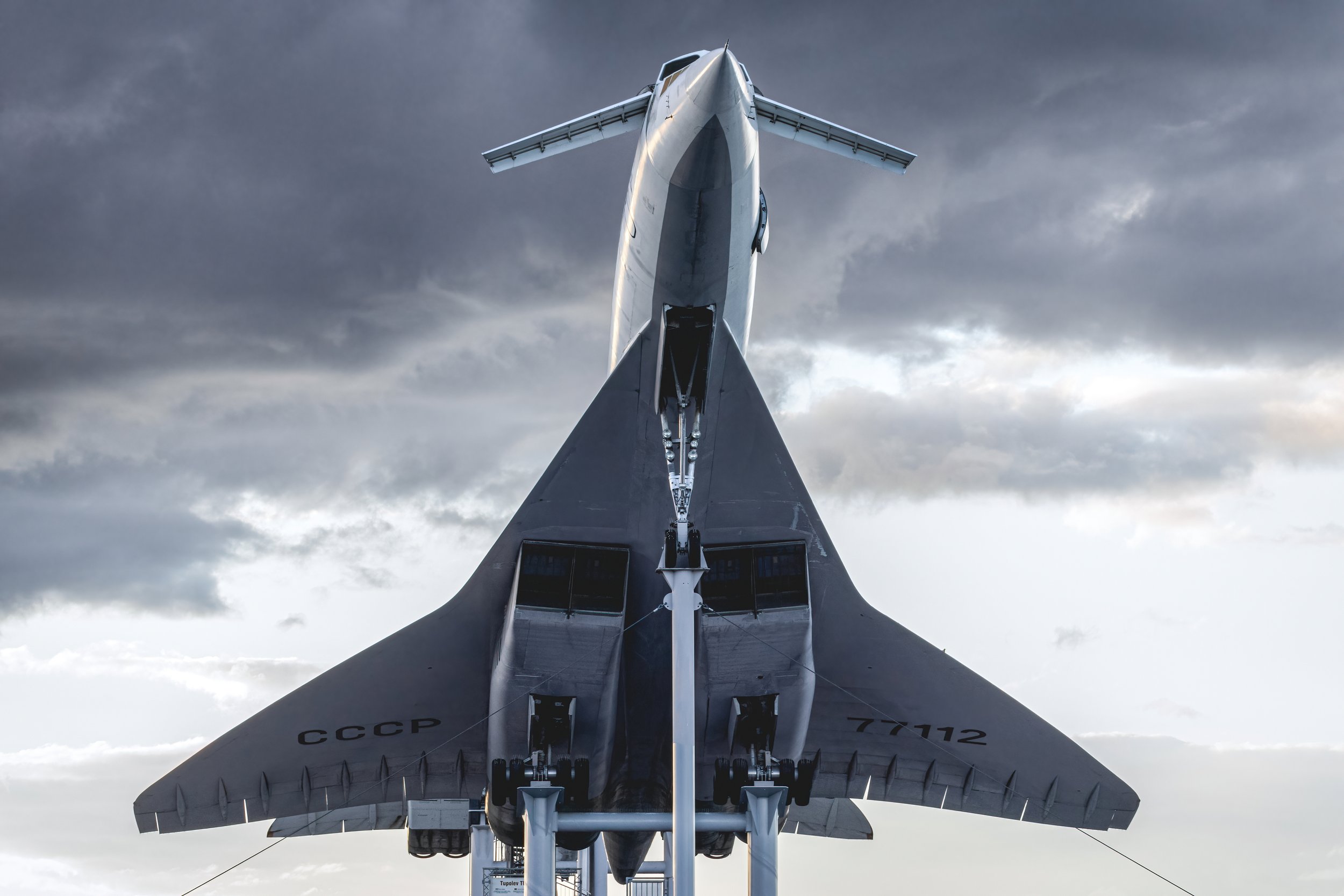
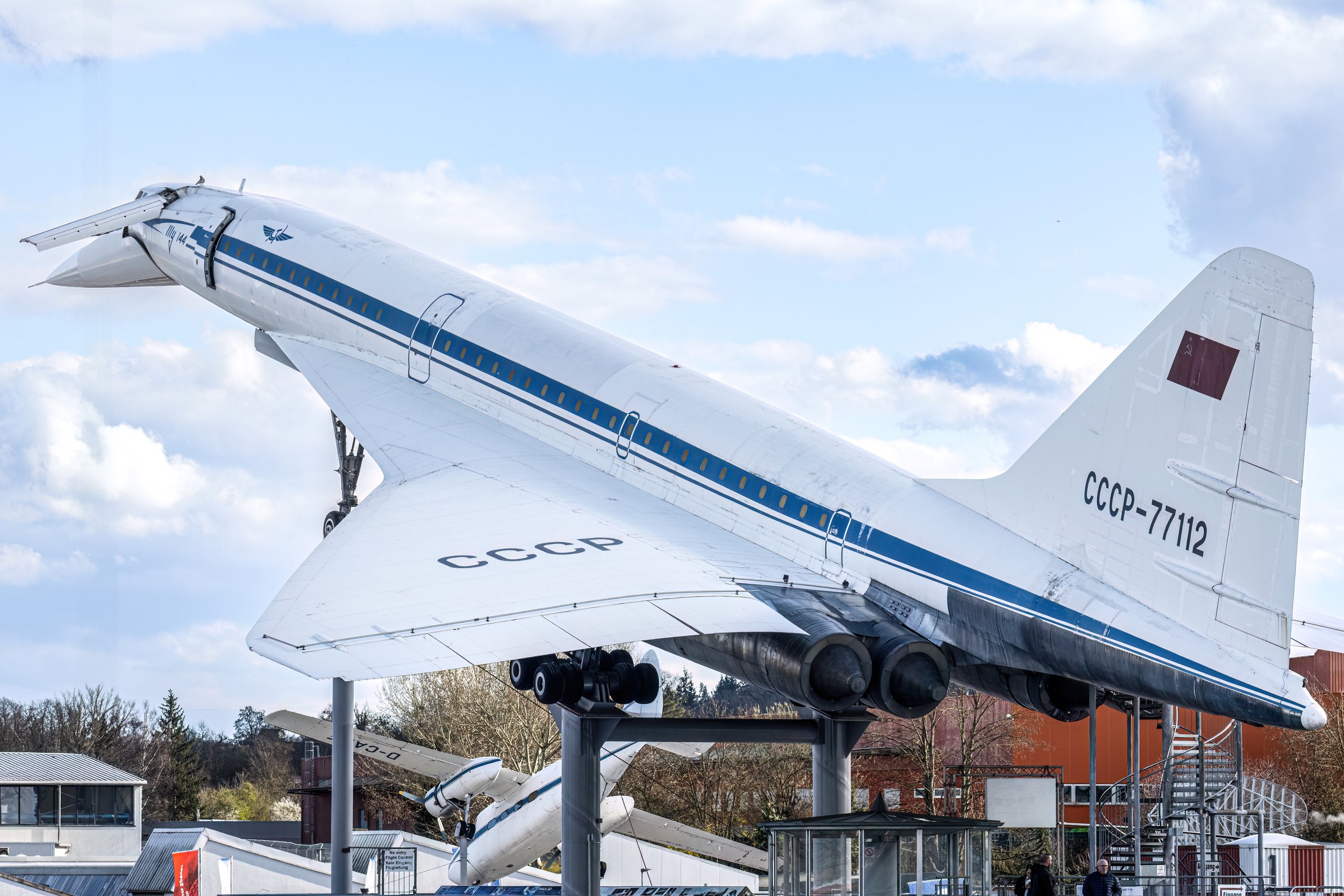
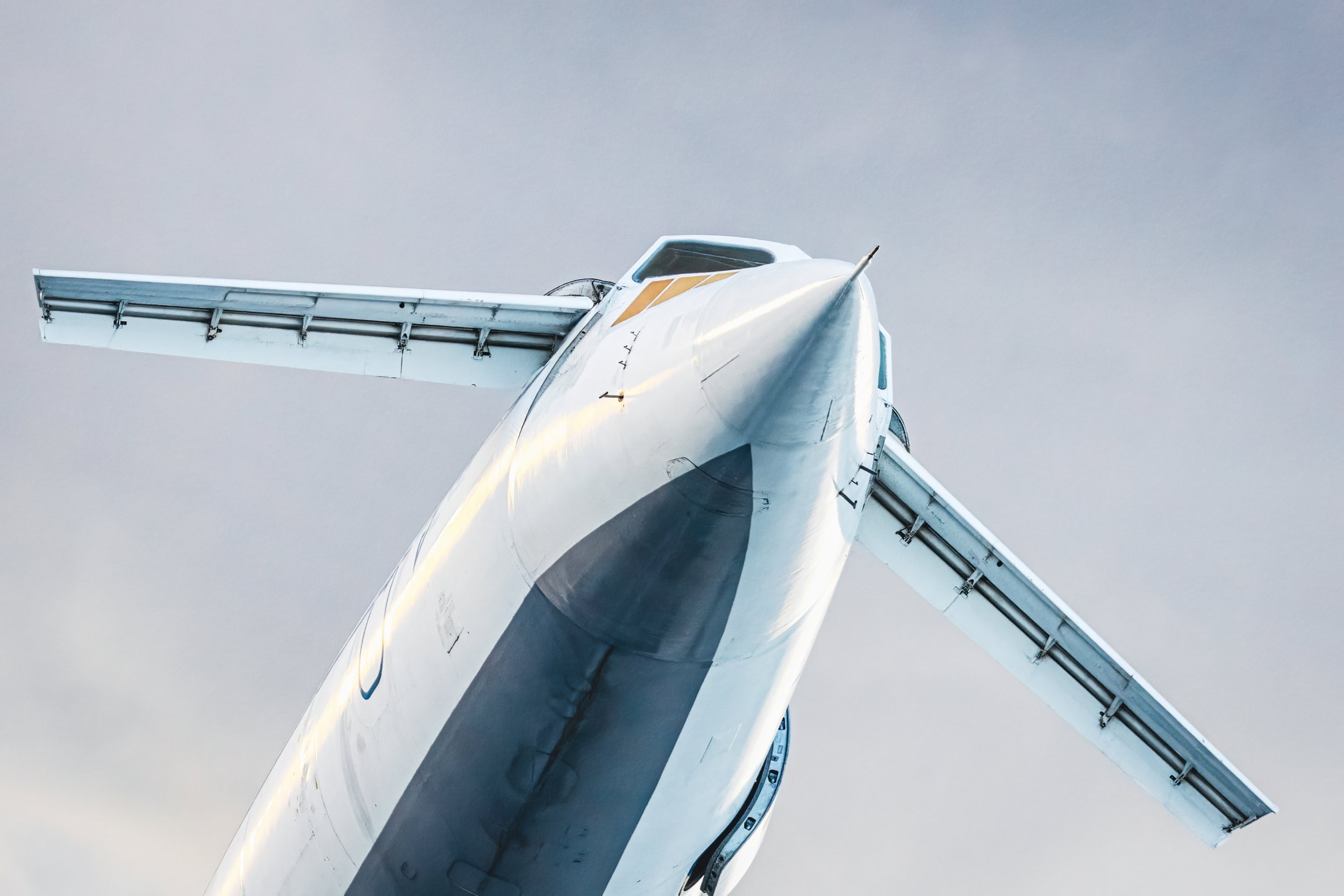
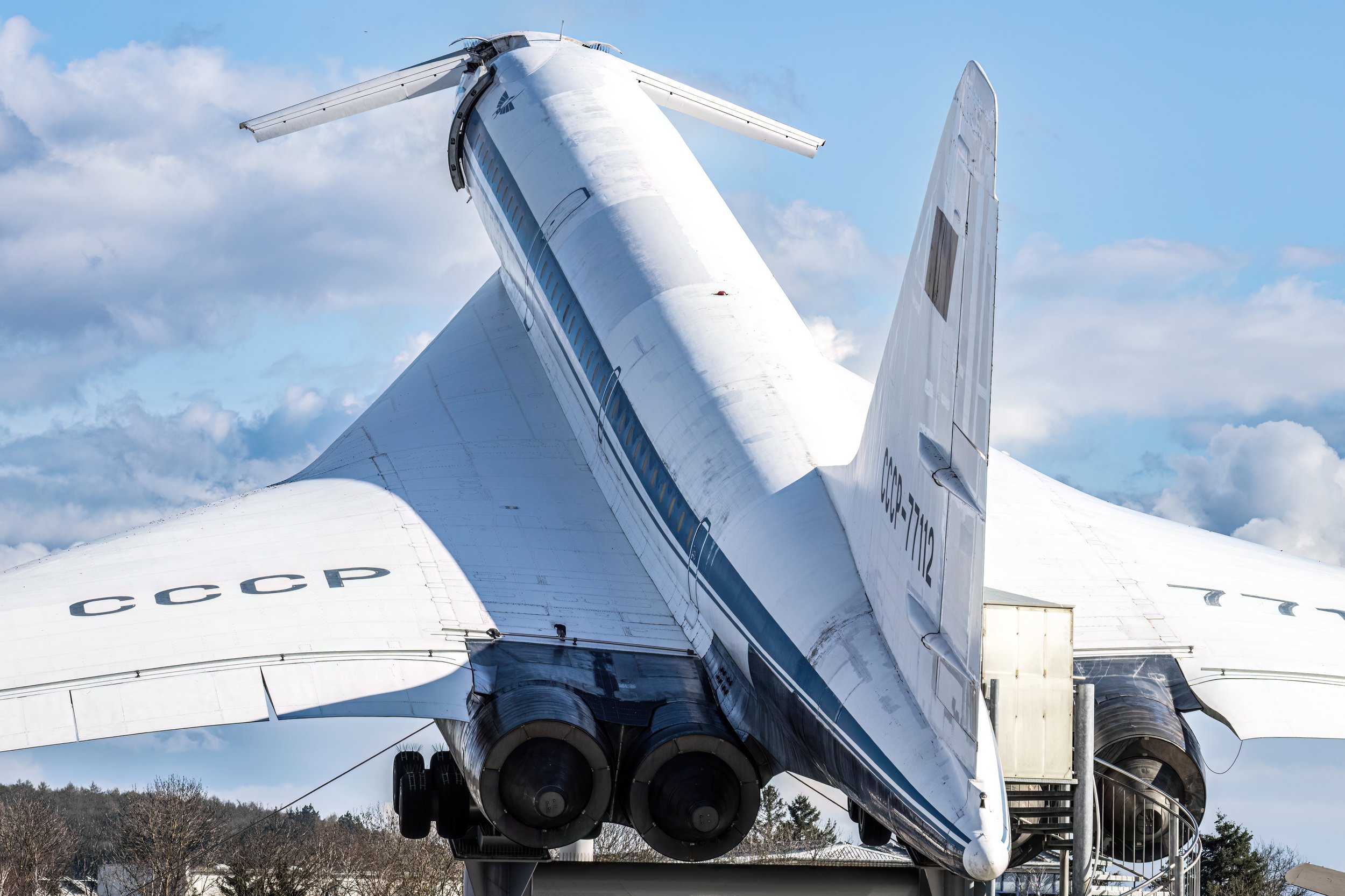


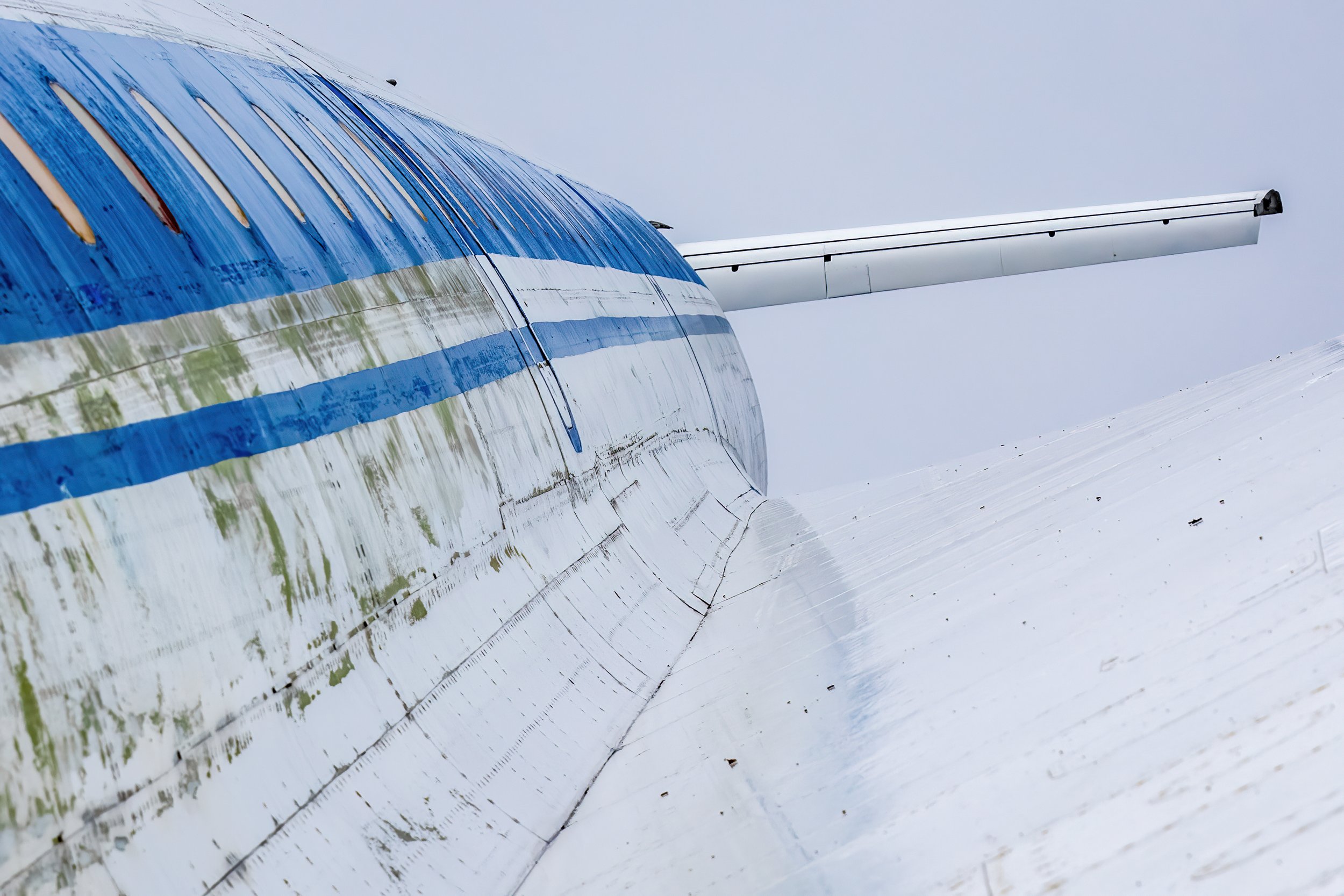
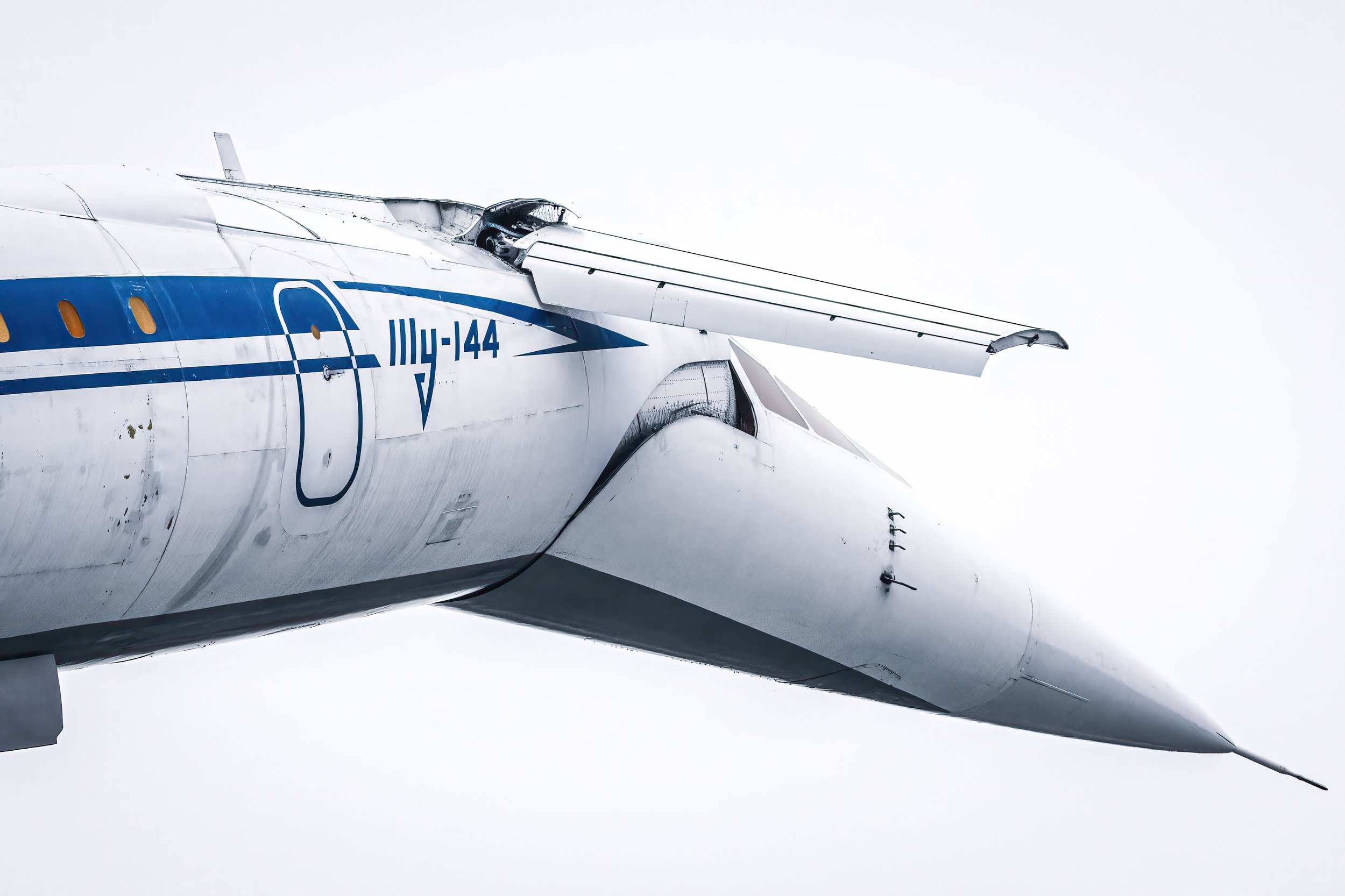
Working environment of the pilots
The working environment for Concorde pilots in the 1970s had no differences from that of other aircraft at the time. It required a crew of three – two pilots and a dedicated flight engineer responsible for managing the plane's engines, air conditioning, electrical, and hydraulic systems throughout the flight. Despite the era's limitations, the aircraft featured a cutting-edge autopilot system that not only controlled flight speed, altitude, and course but also enabled auto landing, an innovative concept back then. Concorde's pioneering use of fly-by-wire technology from military aviation not only simplified handling and reduced crew workload but also contributed to the aircraft's overall weight efficiency. Today, this system, heavily modernized over the years, is a standard feature in all Airbus aircraft. As a routine process, each pilot's input gets transmitted to the onboard computer for analysis. The system then meticulously determines the most optimal method to execute the desired action before relaying the signal to the plane's control surface. Despite its numerous advantages, the cockpit, known for its efficiency, was notably compact and tended to be warm due to its proximity to the hottest part of the aircraft during supersonic flights. Before the era of the advanced "glass cockpit," aviation technology relied on analog instruments and an array of mechanical switches for operation. The selection of pilots from Air France and British Airways, chosen through a specialized program, ensured that these planes were in capable hands.
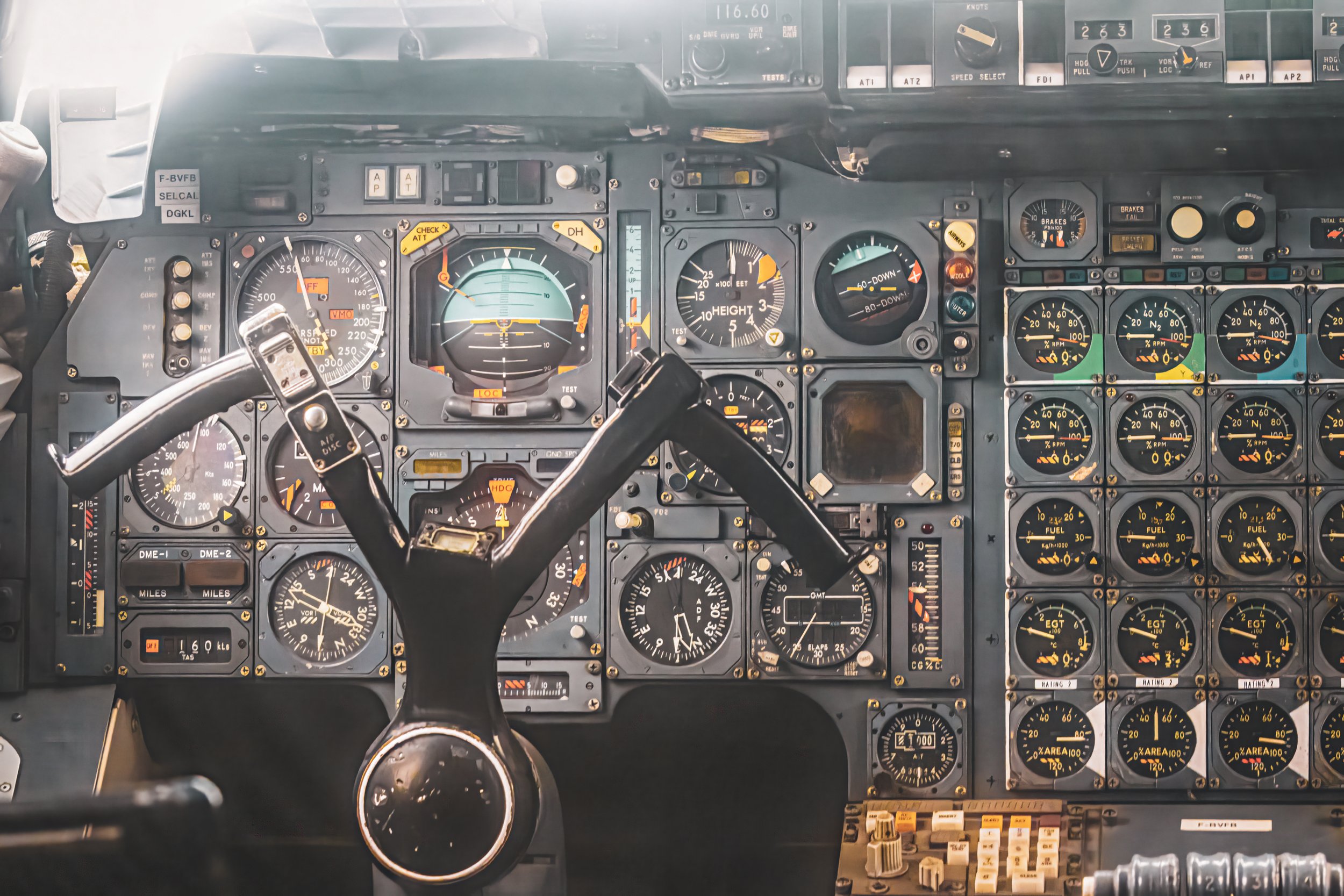
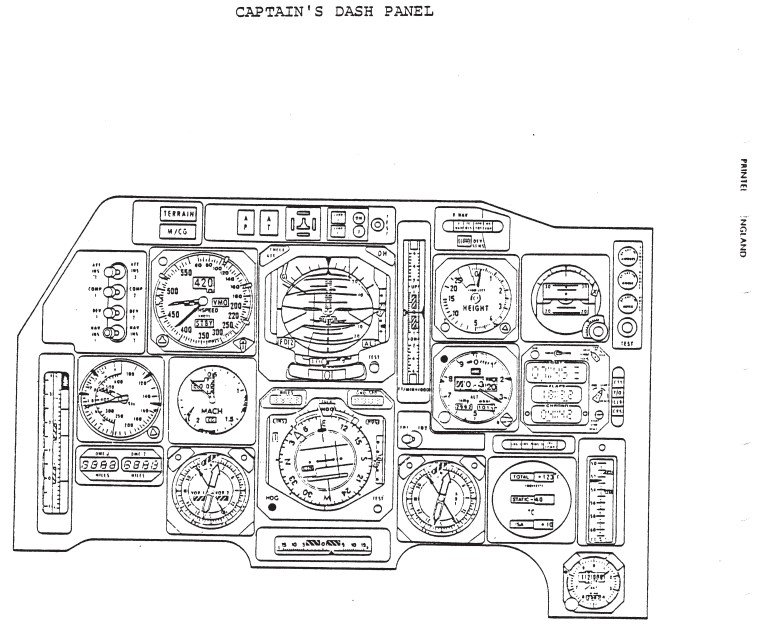
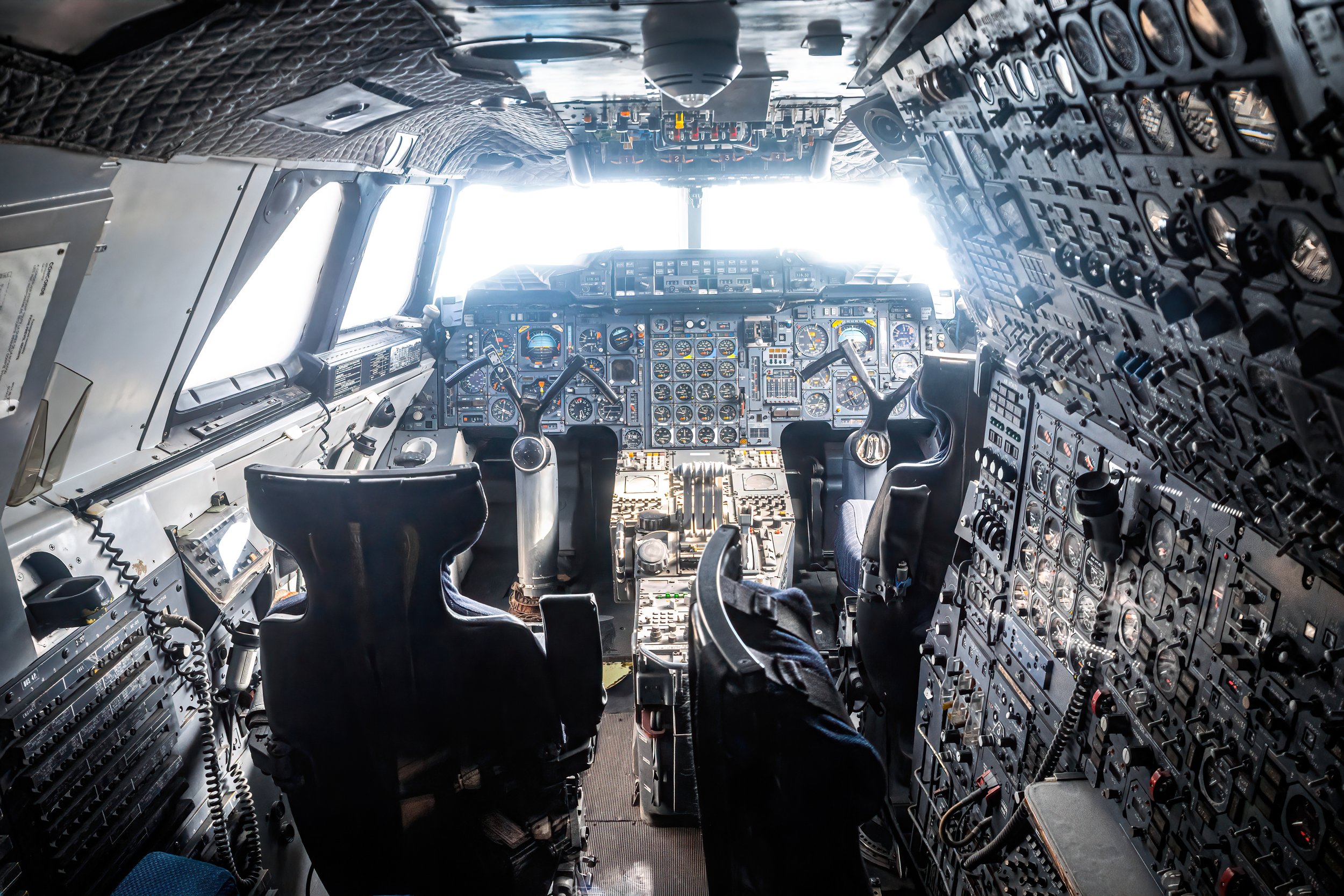

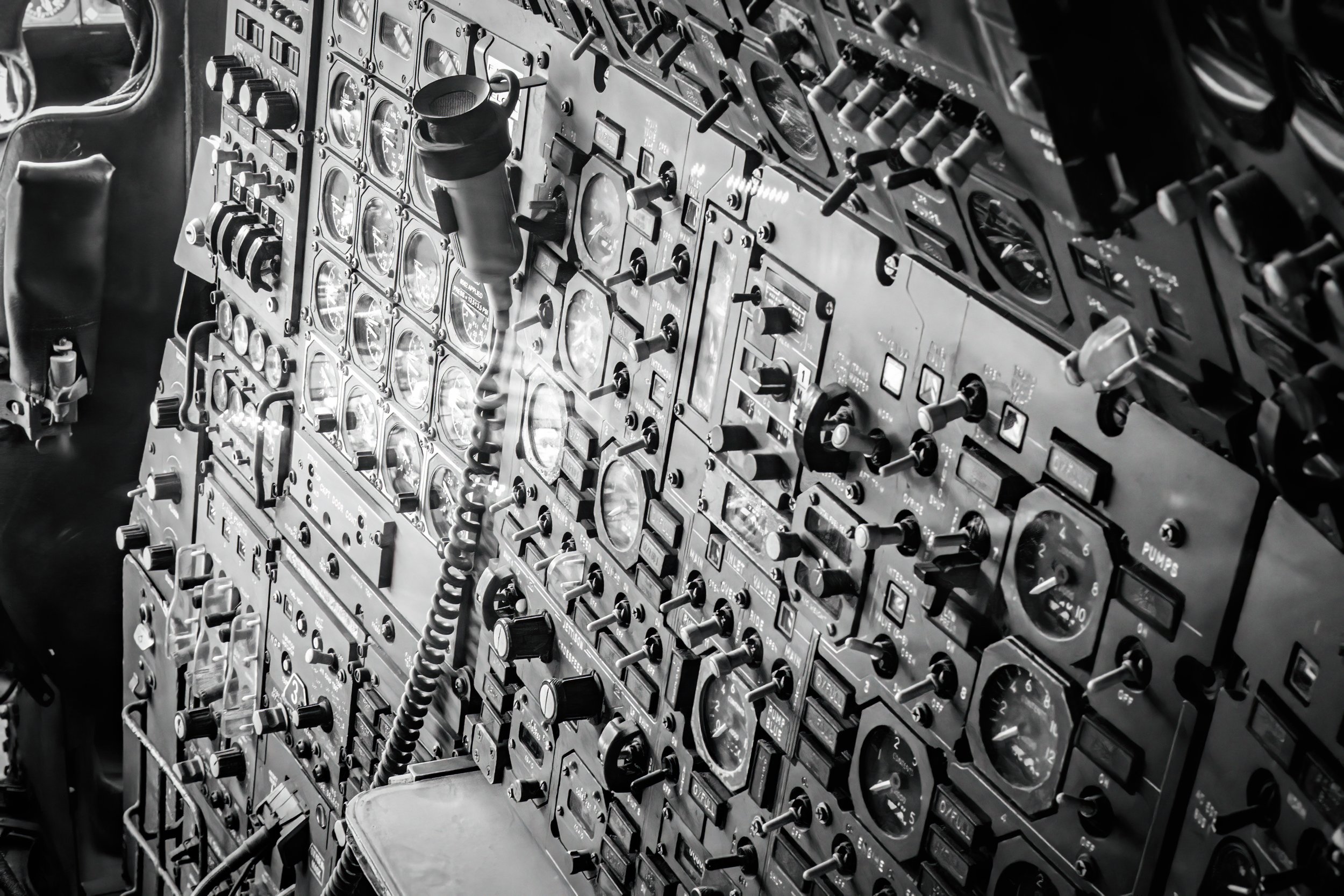
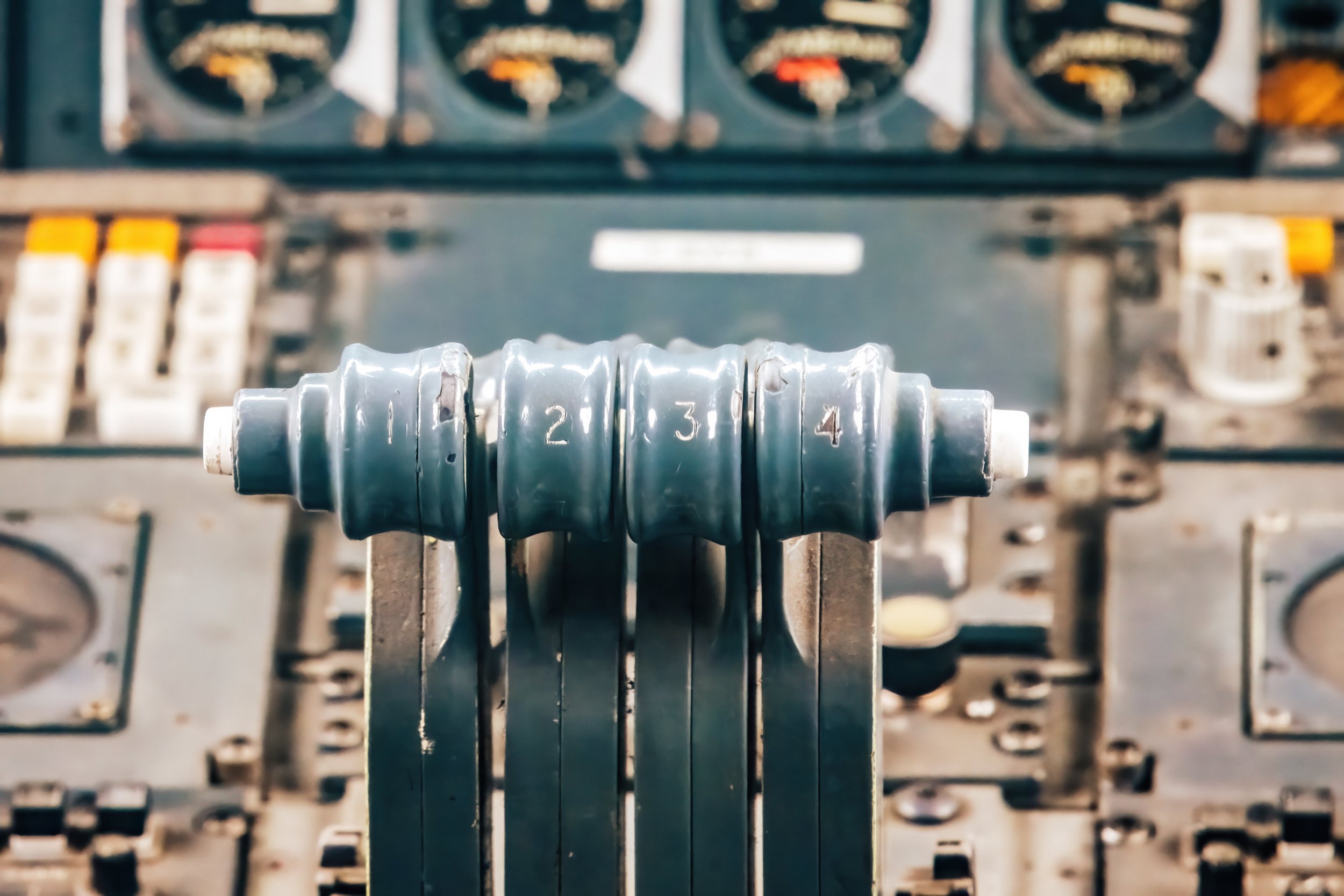
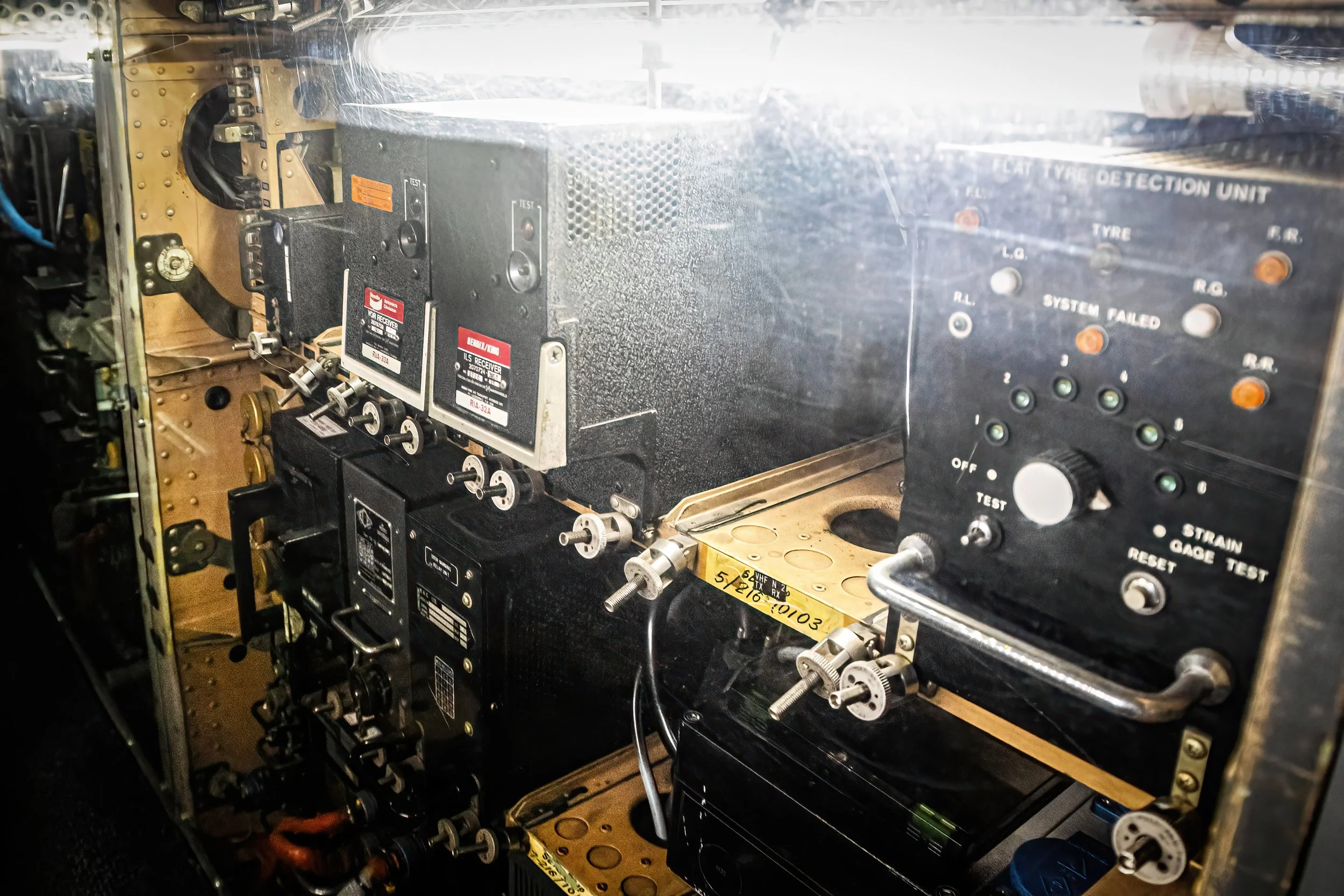
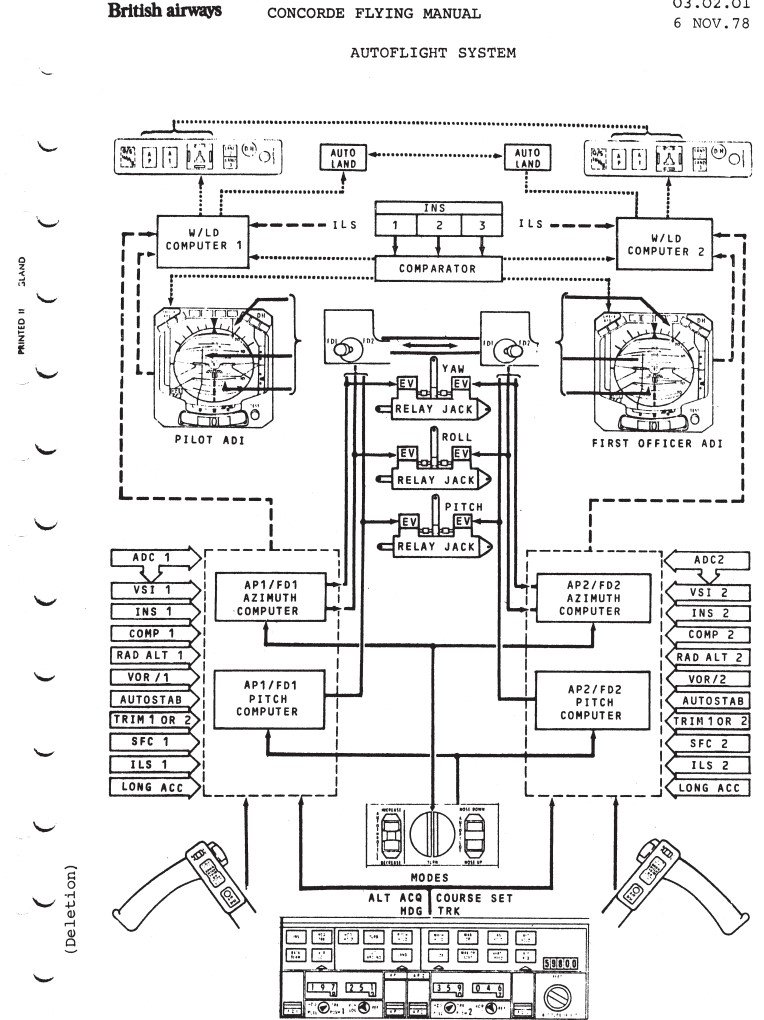
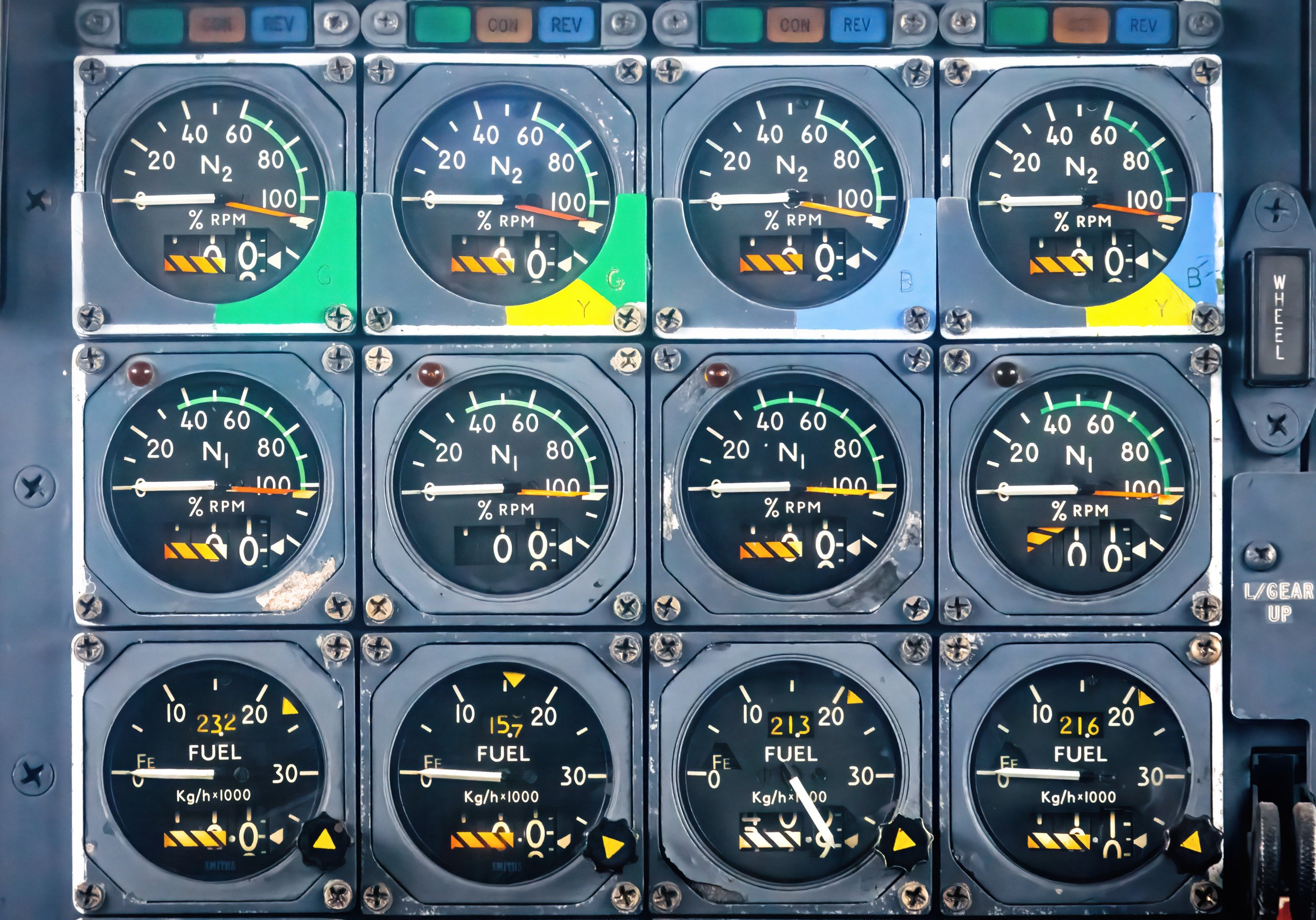
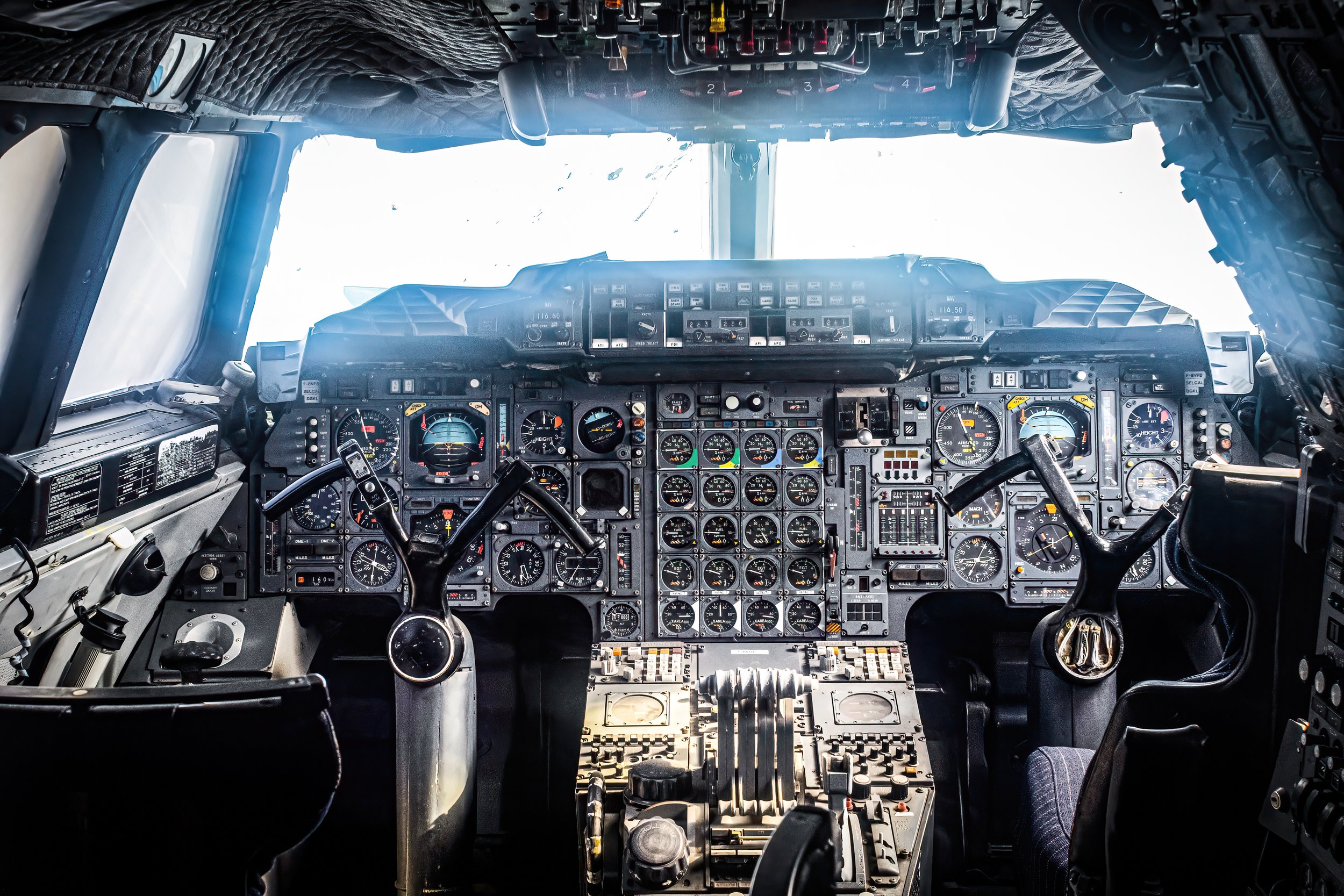
The cockpit configuration of the Tu-144 was reminiscent of the Concorde, catering to three crew members plus the Navigator who also participated in flights. Despite debates over the Navigator's significance in light of the advanced inertial navigation system shared with the Concorde, the inclusion added a layer of redundancy. Noteworthy was the modern autopilot system in the Tu-144, which surpassed typical Soviet aircraft standards. A notable distinction was the placement of the autopilot control panel on the yoke rather than the glareshield position as seen in the vast majority of airplanes, including the Concorde. Comparable features such as automatic speed, altitude, and route maintaining were seamlessly integrated into the Tu-144, mirroring its Concorde counterpart. Analog instruments and mechanical switches adorned the cockpit, maintaining a classic yet functional aesthetic reminiscent of the Concorde's cockpit design. The primary distinction between the Tu-144 and the Concorde lay in the absence of a fly-by-wire system in the former, rendering its flight controls marginally more challenging to manage consistently. In contrast to the Concorde's typical airline pilot crew composition, the Tu-144's team comprised elite Aeroflot pilots in the roles of First Officer and Flight Engineer, with a seasoned test pilot from the Tupolev design bureau leading as commander. This staffing choice likely stemmed from the continuous testing phase in which the Tu-144 operated throughout its service duration. For the same reason, the comfort of Tu-144 pilots was even worse than that of Concorde pilots. Apart from facing the challenges of a cramped cockpit and intense heat, the crew had to don specialized suits intended to protect them from G forces, akin to those worn by military aviators. This decision likely stemmed from Tupolev's commitment to prioritizing safety above all else, demonstrating a cautious approach towards minimizing risks for both the crew and passengers in case of any unforeseen incidents. Consequently, while the attire worn by Tu-144 pilots may have seemed peculiar compared to the conventional pilot uniforms worn by their Concorde counterparts - comprising shirts, ties, and suit pants. Certainly! During the era of Soviet-built planes, a notable characteristic was the choice of painting the cockpit in a distinctive green or blue-green shade. Soviet engineers believed that this color selection could potentially lower eye strain and alleviate stress for the pilots. Who knows maybe this theory holds true or maybe it was just a result of surplus green paint from other Soviet projects like schools and public toilets.
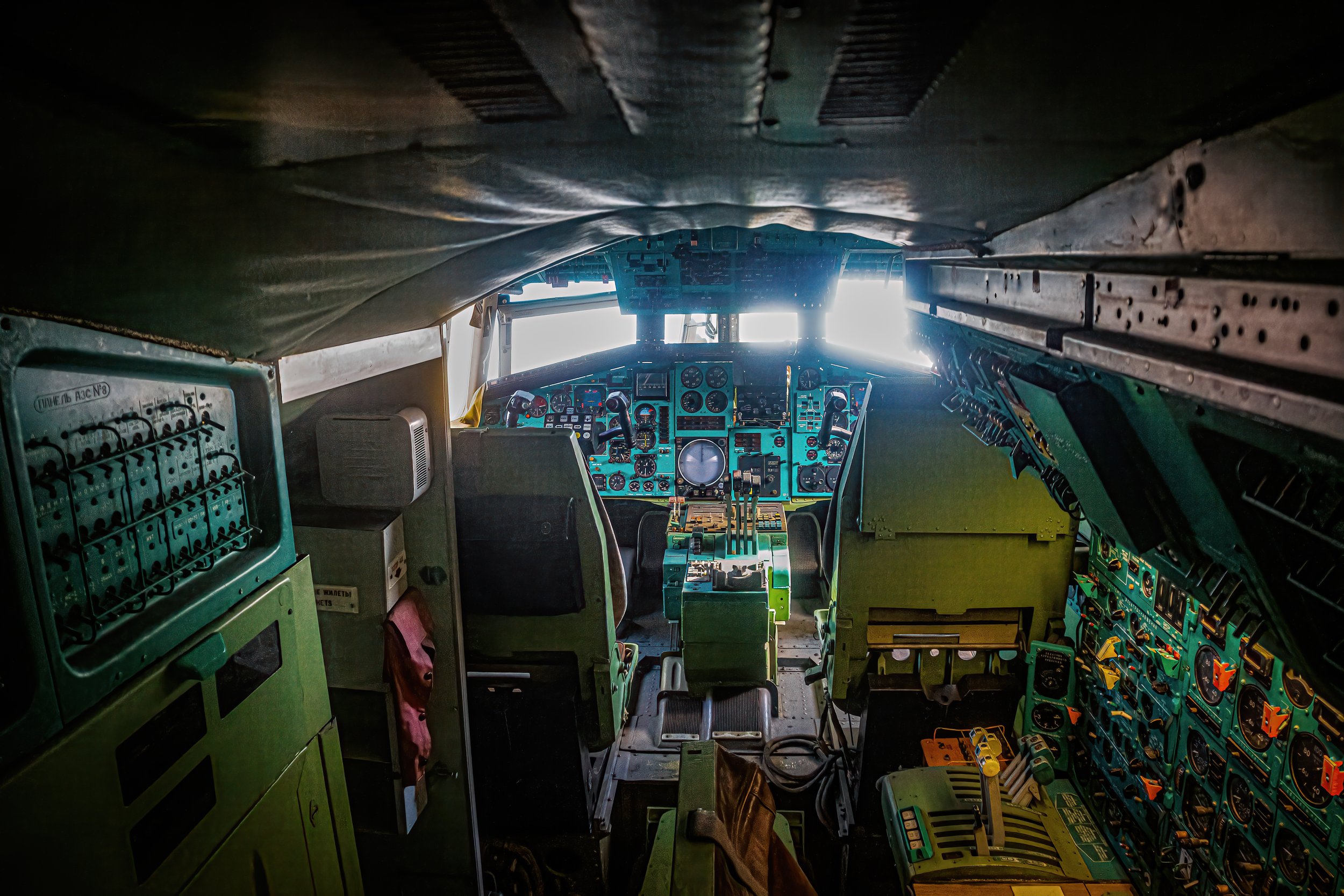
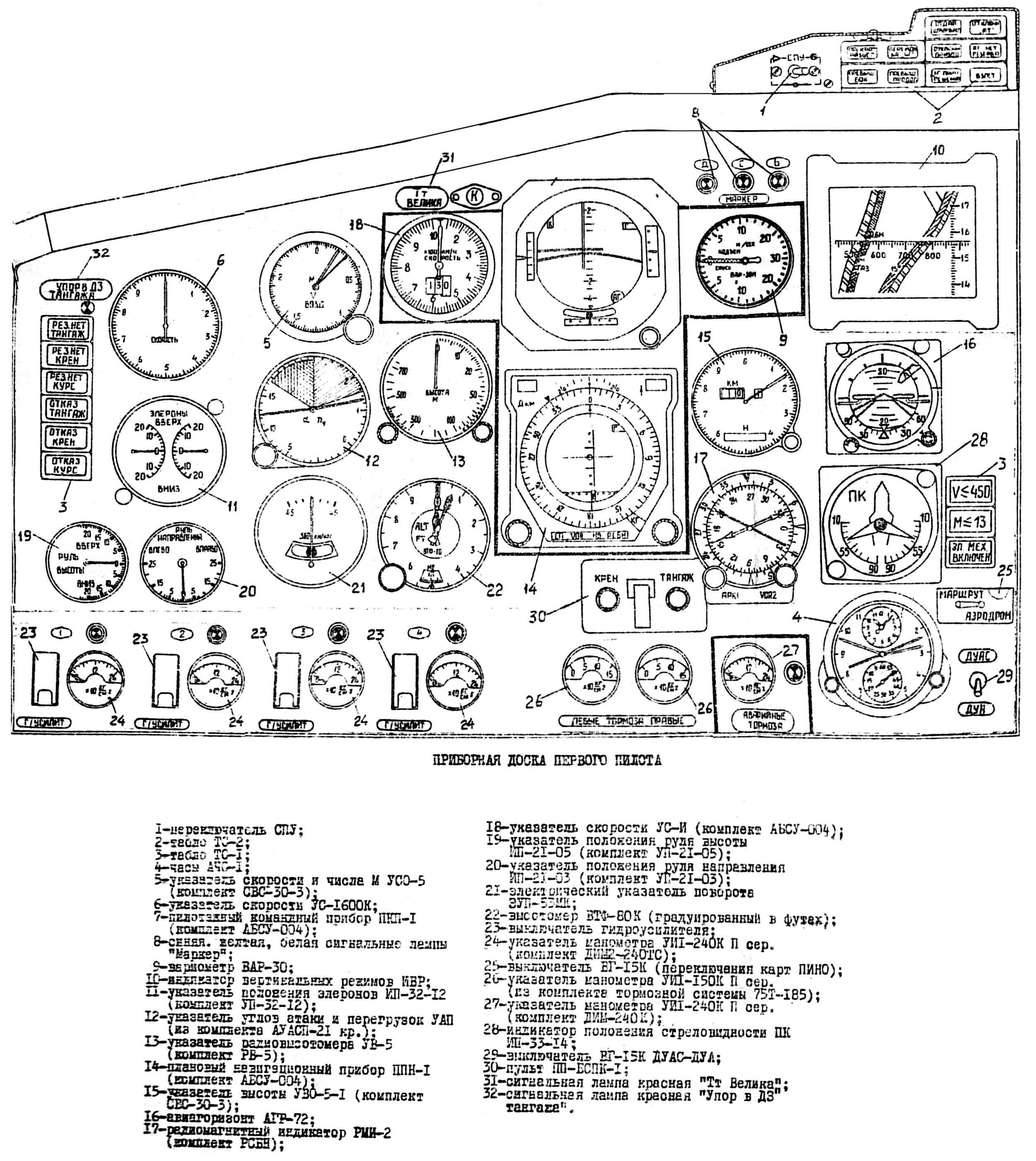
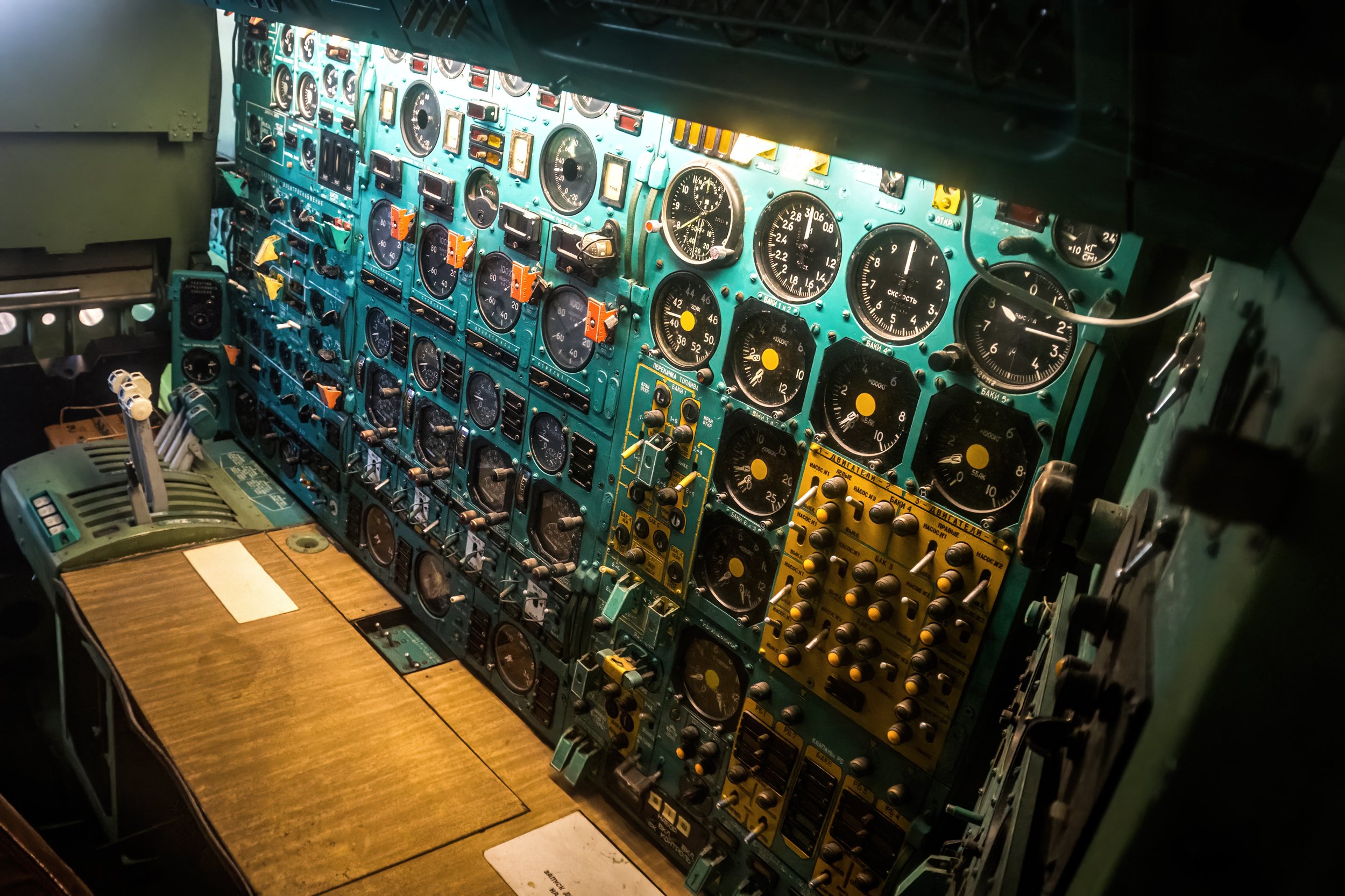
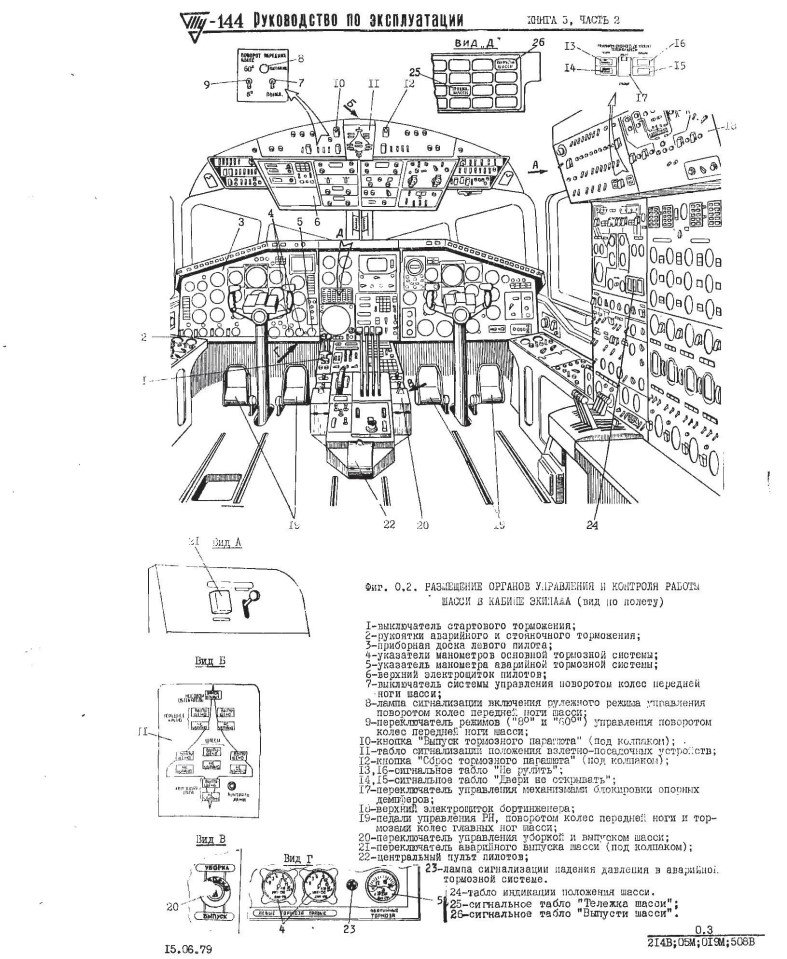
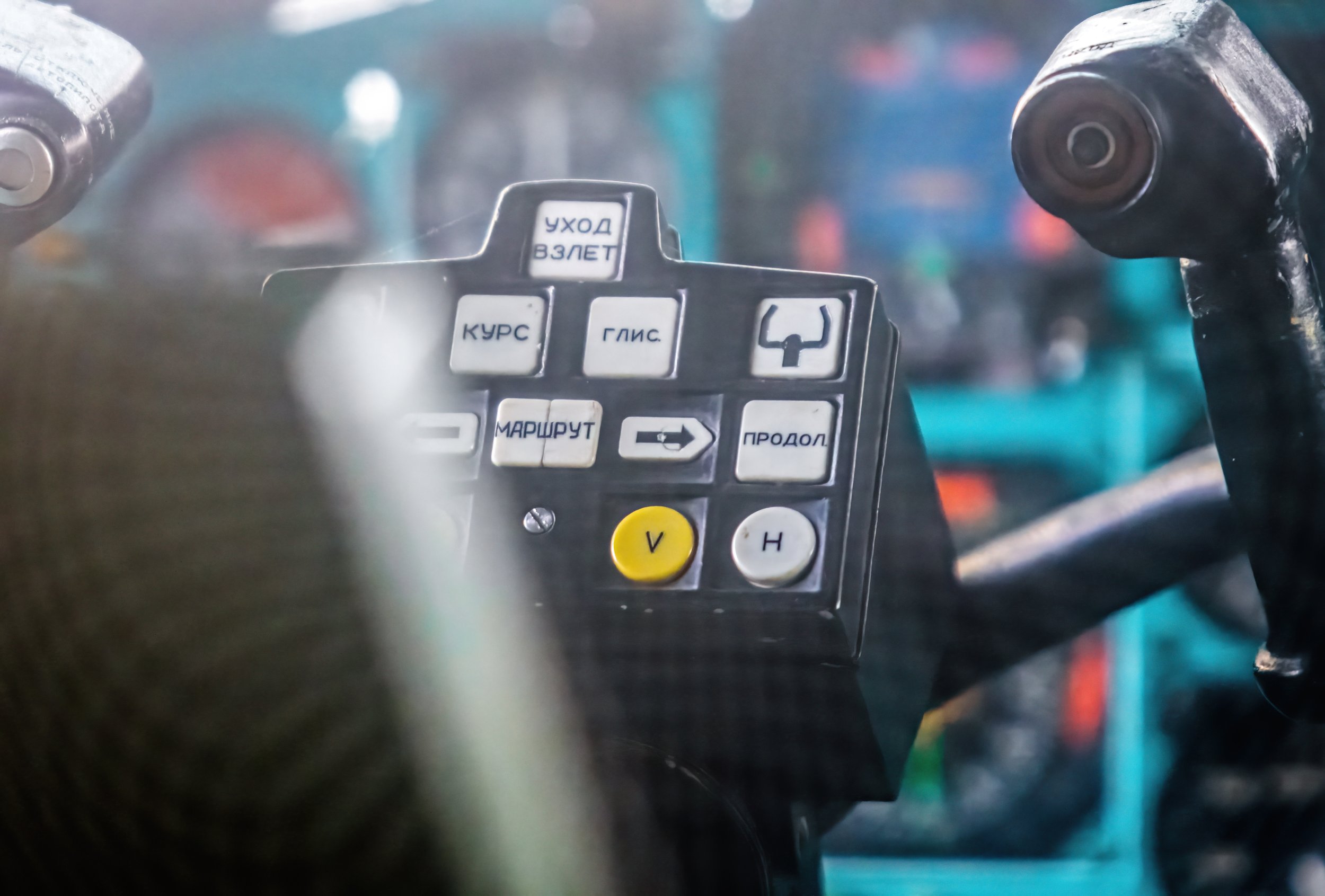
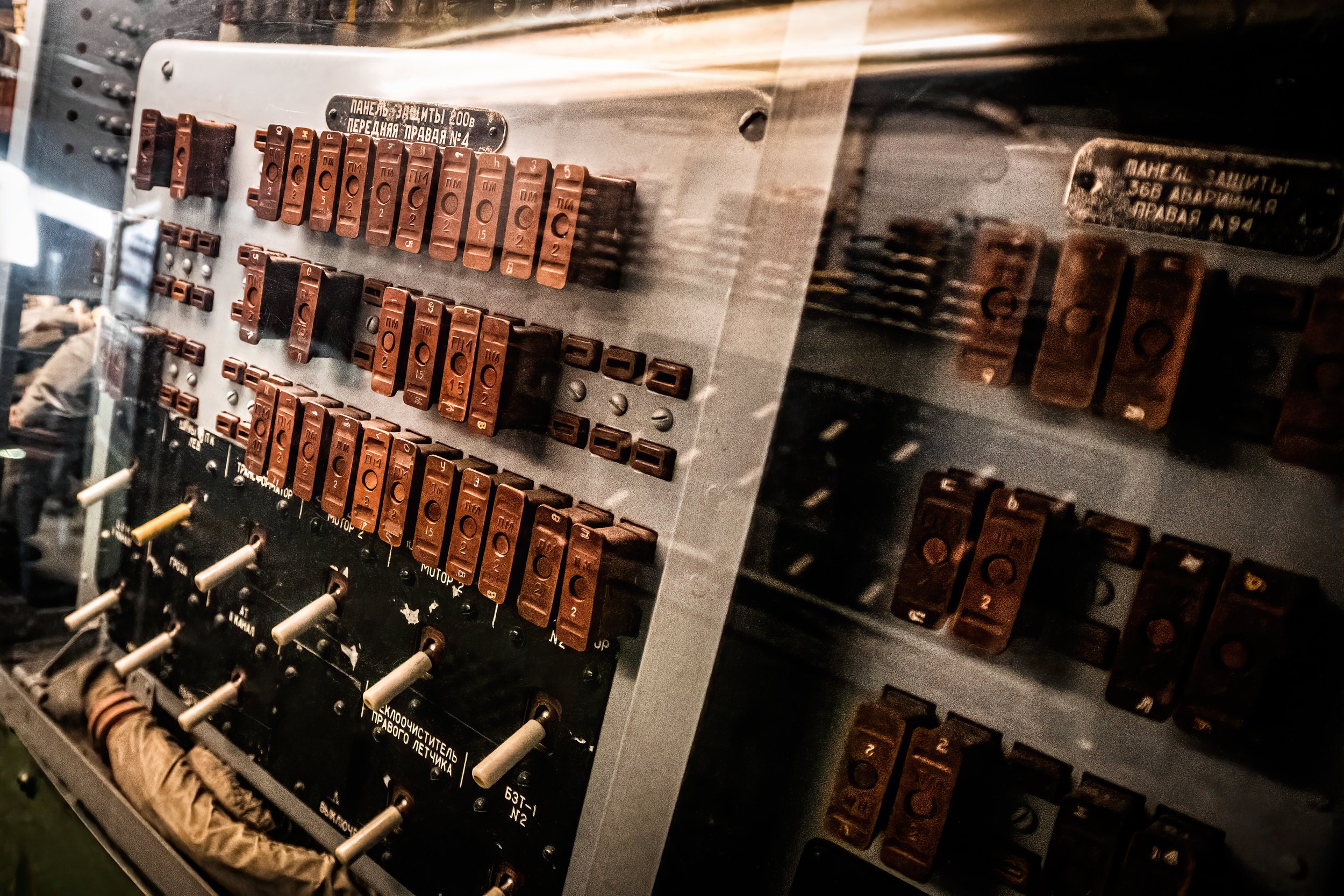
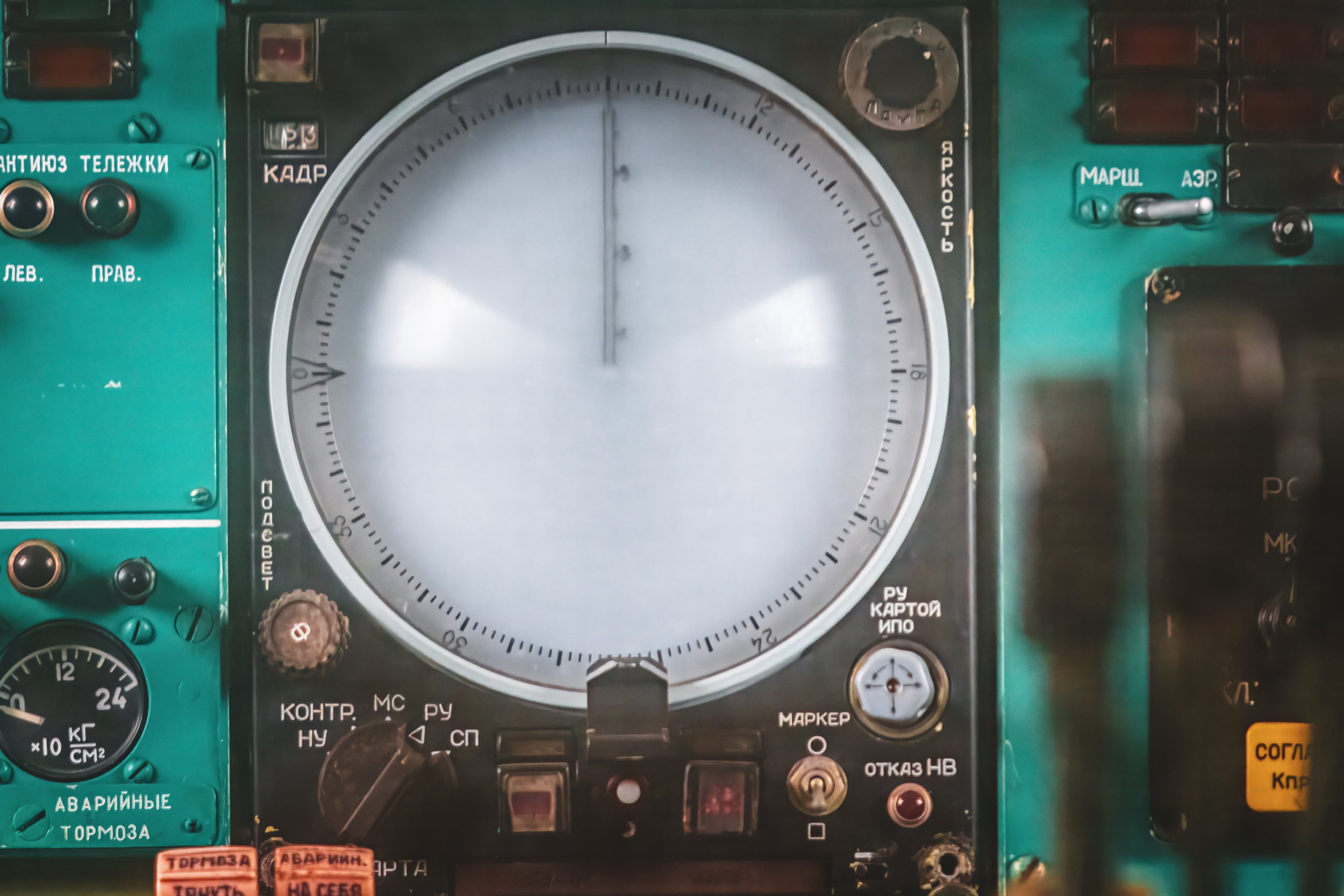
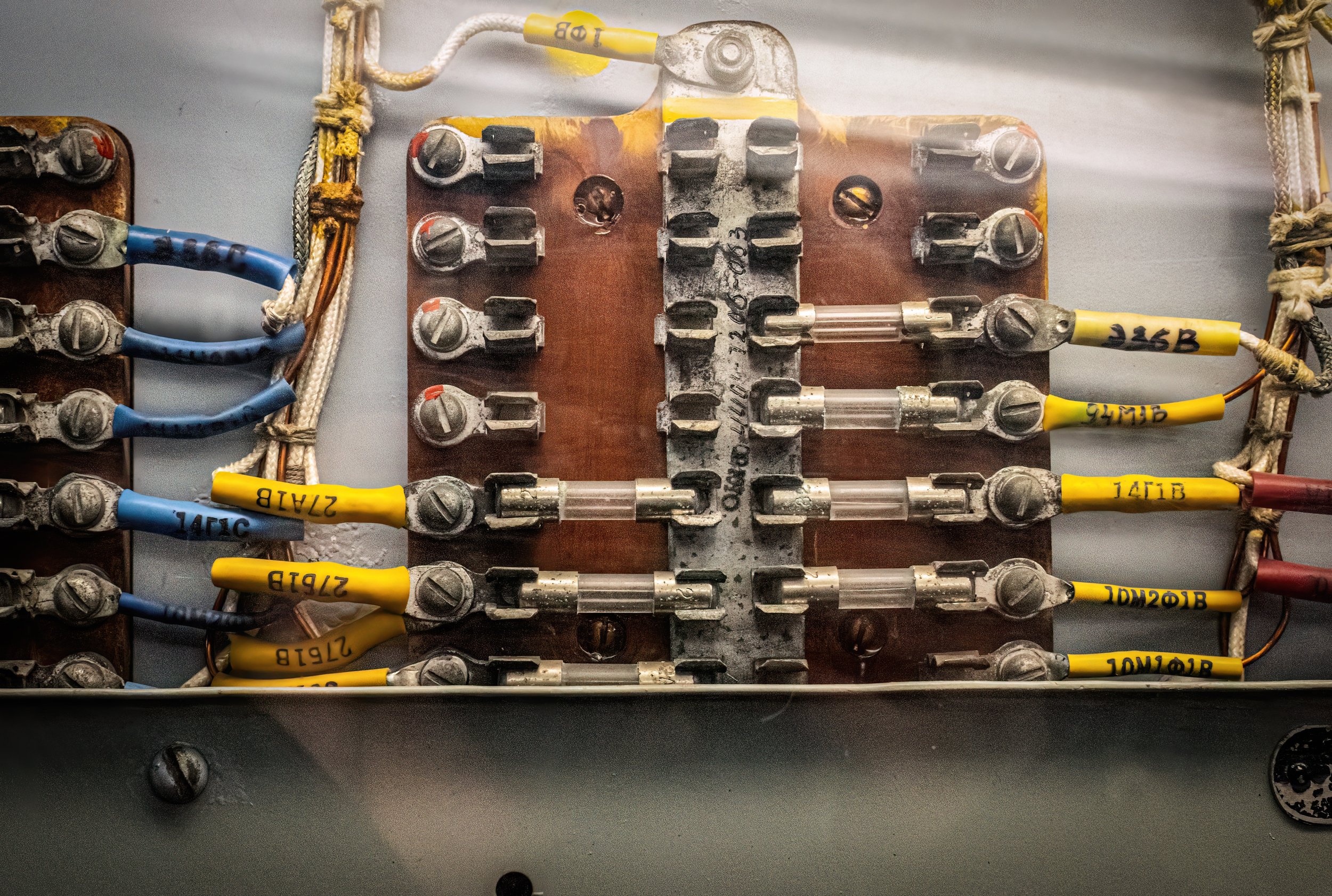
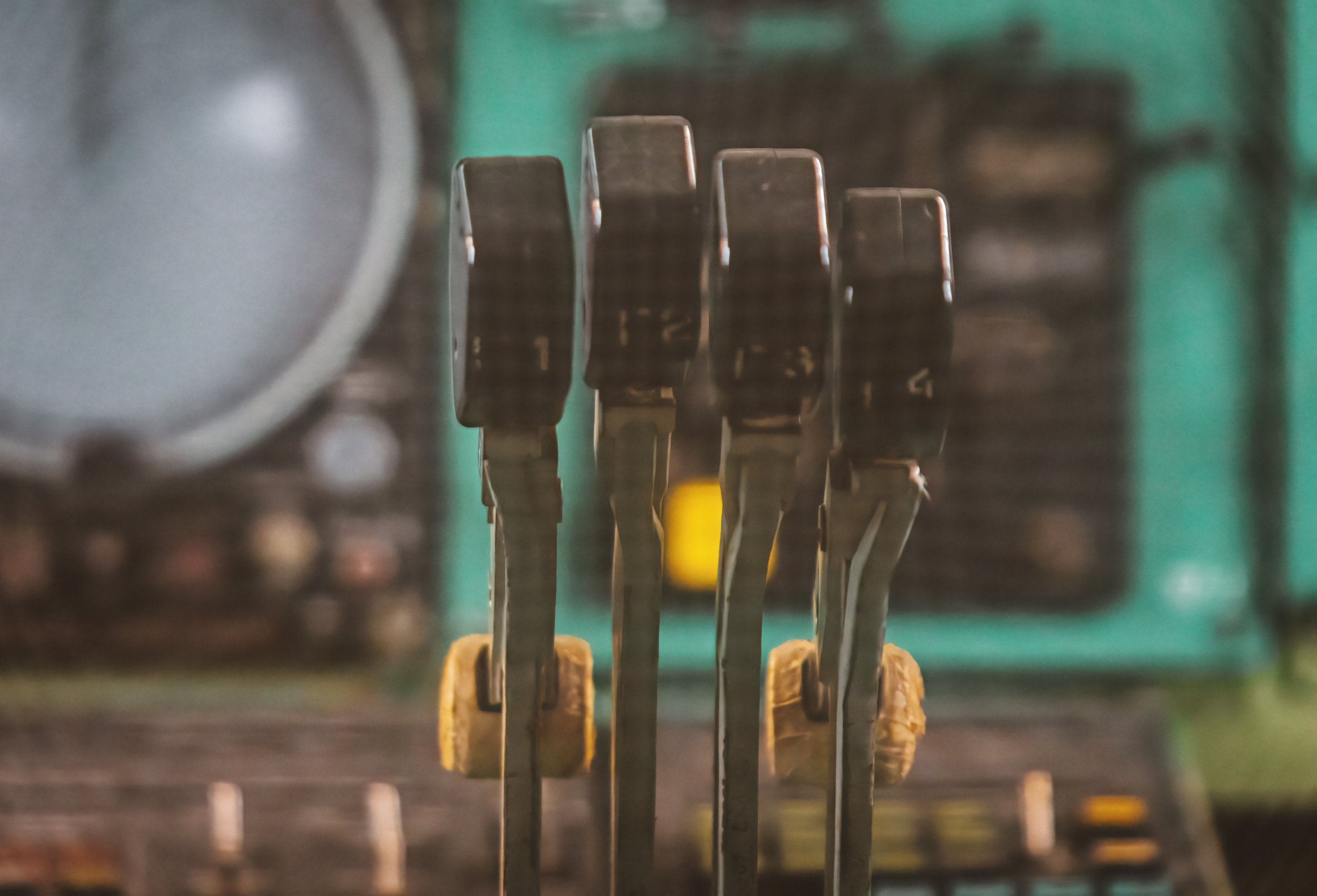
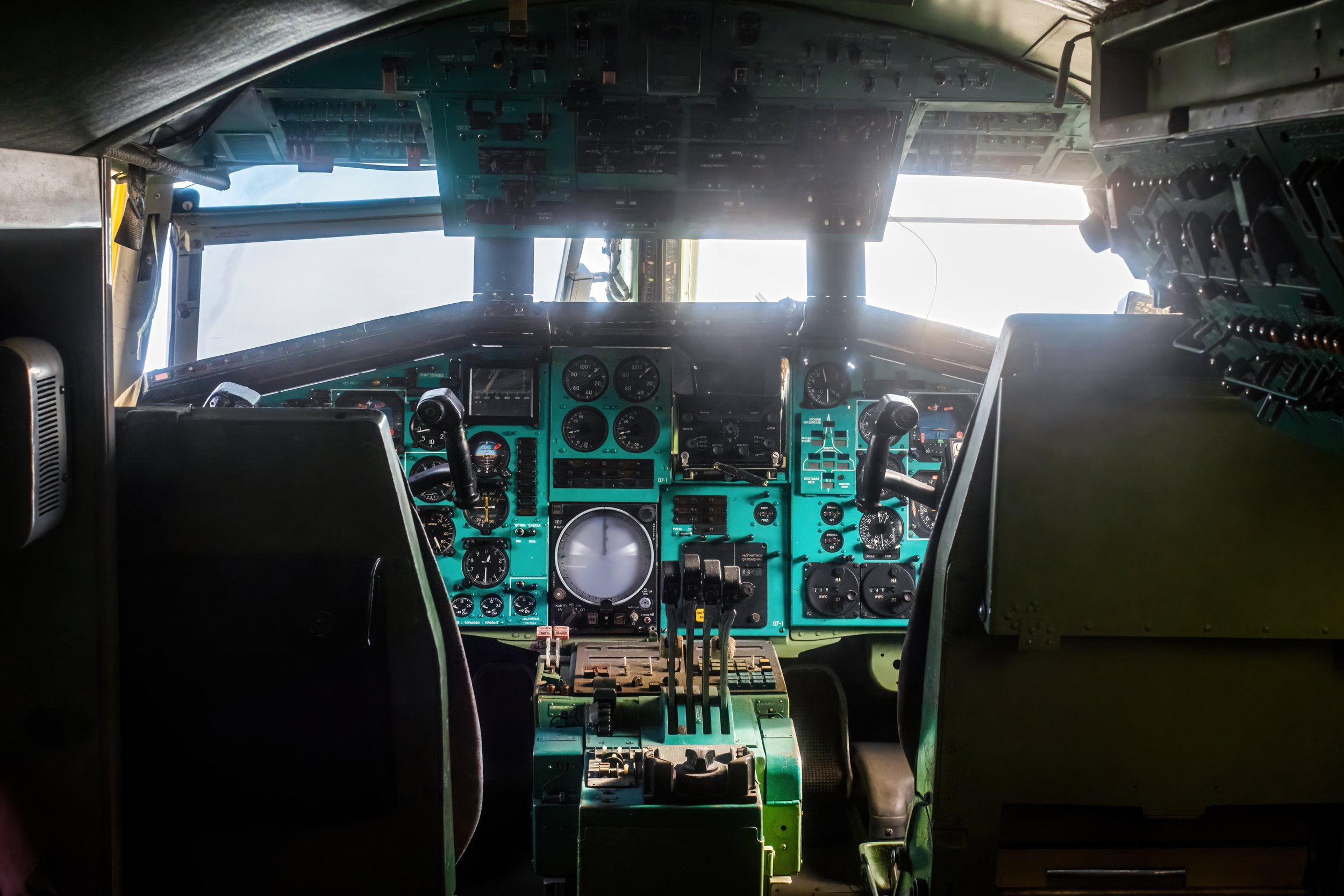
Summary
In conclusion, it is noteworthy to highlight that both Concorde and Tu-144 were remarkable aircraft, significantly ahead of their time, despite their respective flaws and merits. The concept of supersonic passenger travel, still perceived as unattainable in 2024, was a futuristic marvel back in the 1970s. Over the span of more than three decades, Concorde's operational history was marred by a sole crash, marking the commencement of its eventual retirement. The escalating fuel expenses, substantial operational costs, and the competitive pricing of conventional airline tickets collectively contributed to the demise of the Concorde era. The fate of the Tu-144 is even sadder; with less than a year of commercial service, it was prematurely retired following two tragic incidents and the financial burden of the SST initiative. Regrettably, the aircraft failed to reach its full capabilities. In contrast to the Concorde, a symbol of luxury air travel, the Tu-144 targeted a different demographic, catering more to middle-class travelers. Ultimately, economic factors brought an early end to both aircraft.Despite their striking visual similarities, it is essential to note that the Tu-144 was not a mere copy of the Concorde, and vice versa. These two iconic airliners, developed concurrently with matching technological advancements and target markets, possess notable differences that set them apart. While some shared design elements can be attributed to universal aerodynamic principles, critical features such as wing configuration, engine placement, landing gear design, and utilization of forward canards or air intakes stand as clear distinctions between the two aircraft models. Despite everything, both of these planes stand as a monumental testament to the ingenuity of engineering and human capabilities. While they may not compete economically with modern subsonic aircraft, they have played a crucial role in paving the way for supersonic military aircraft and the advancement of civil aviation in the future.
Best regards,
Your AviapixBaltics!

